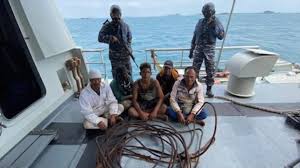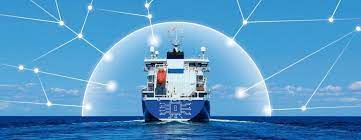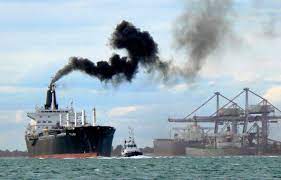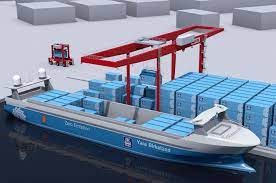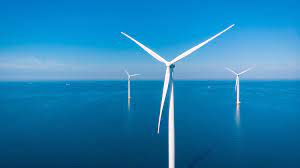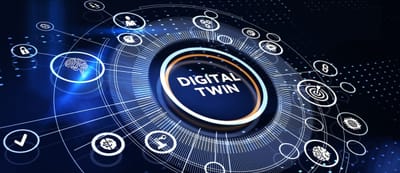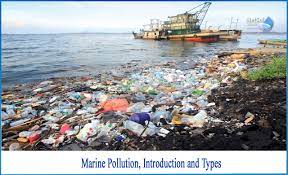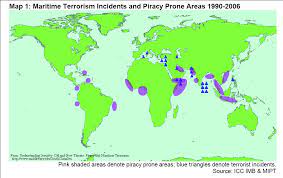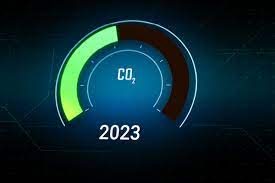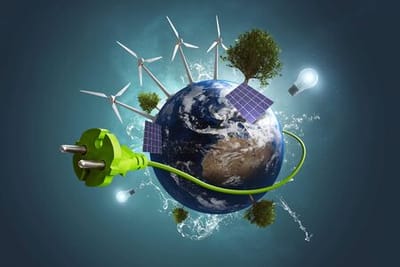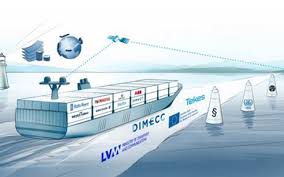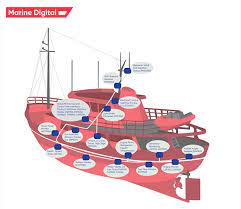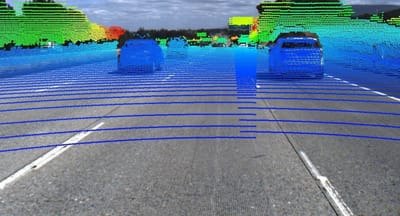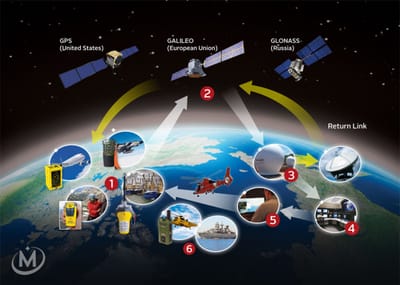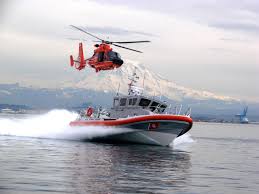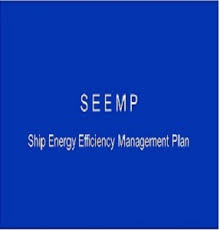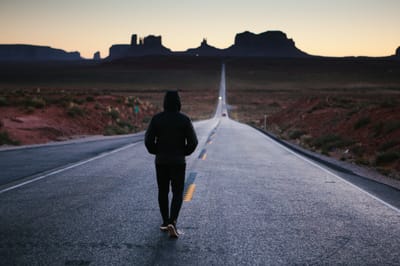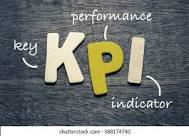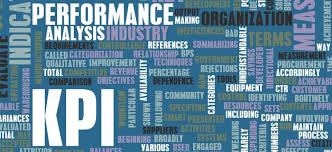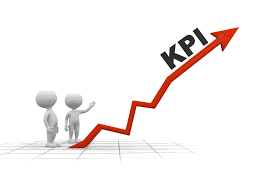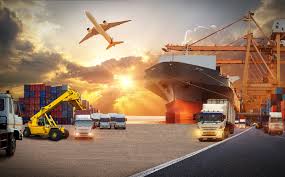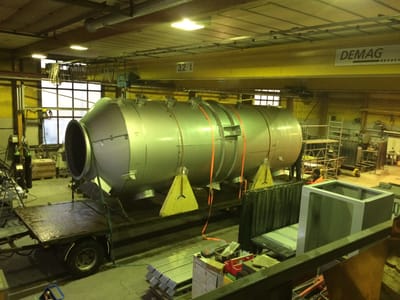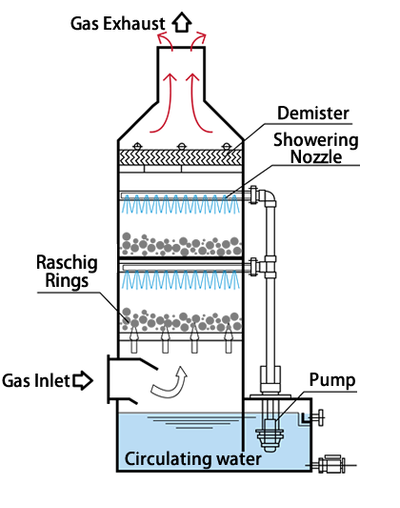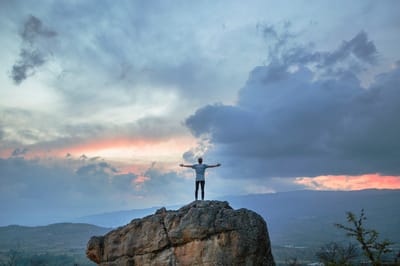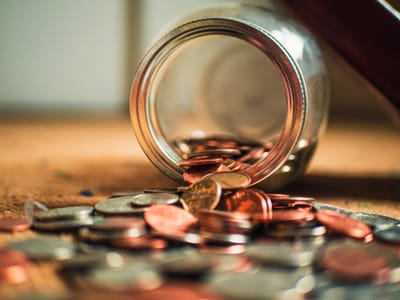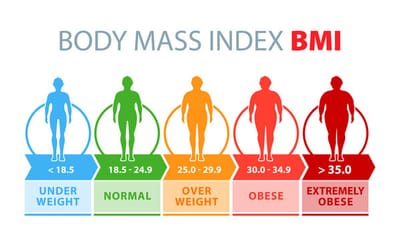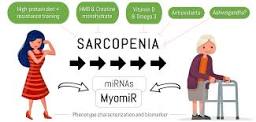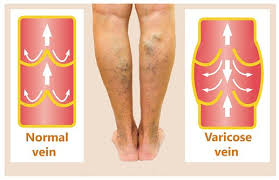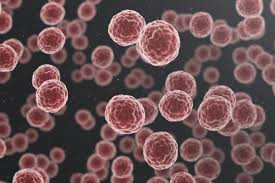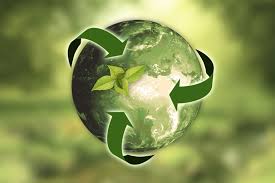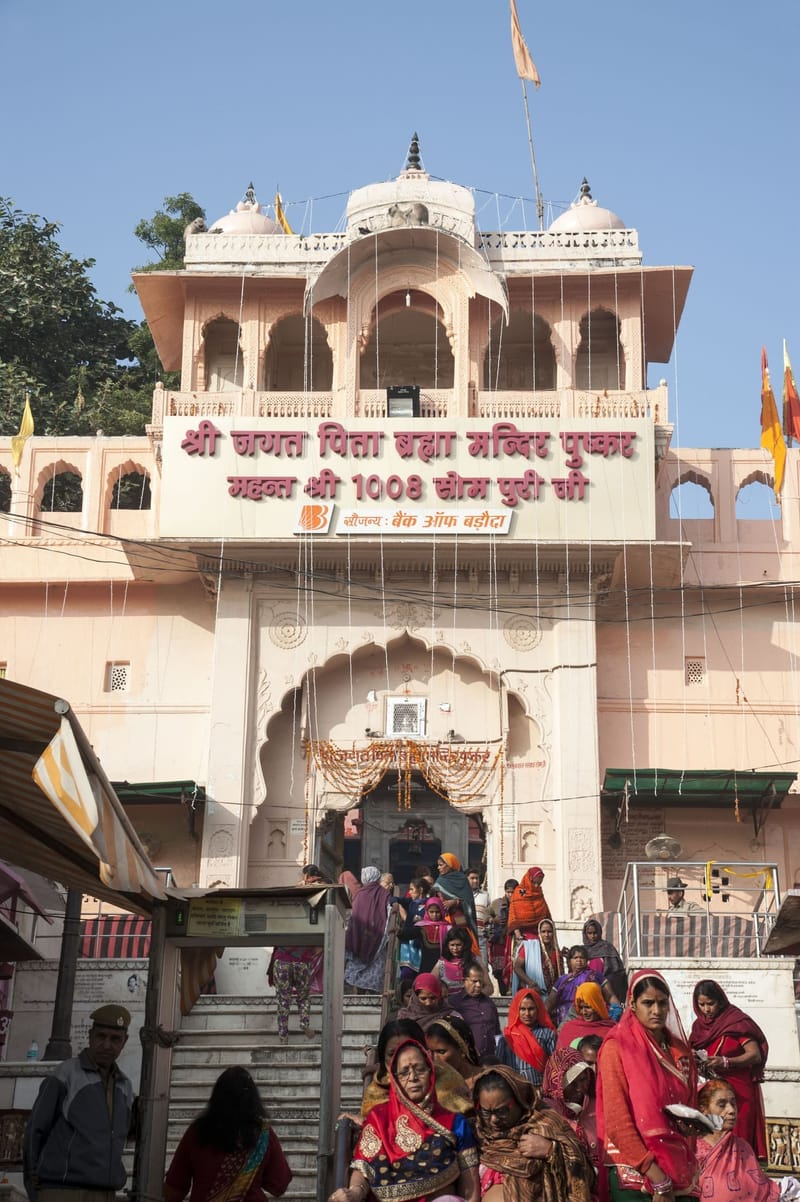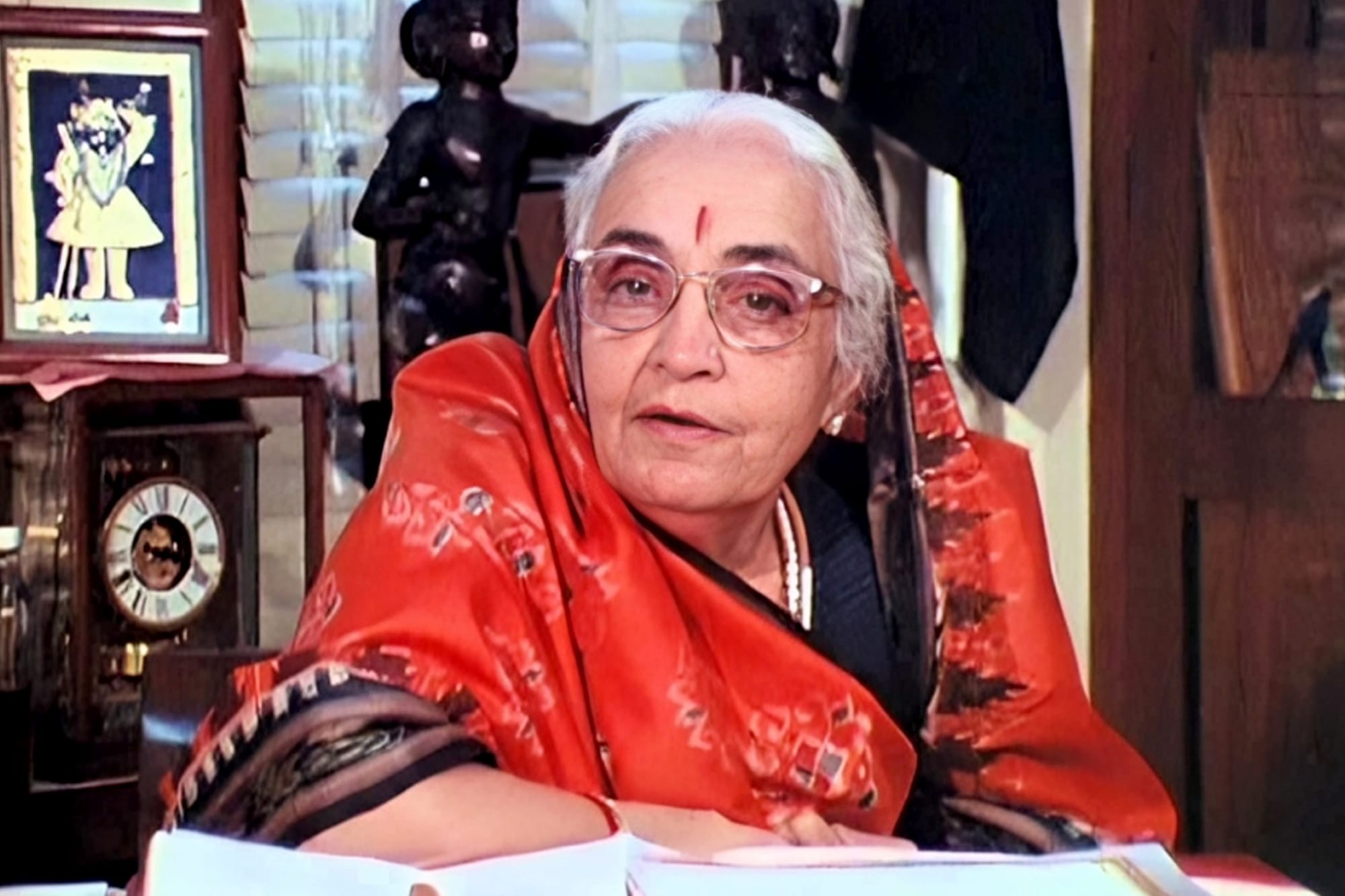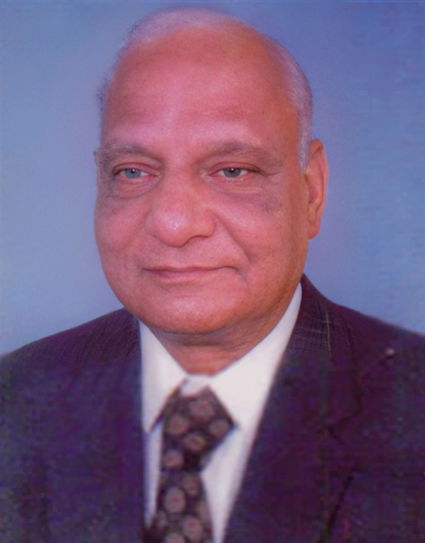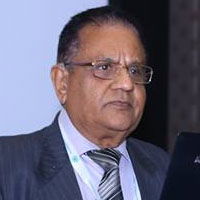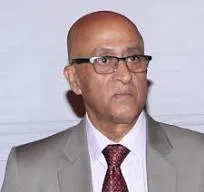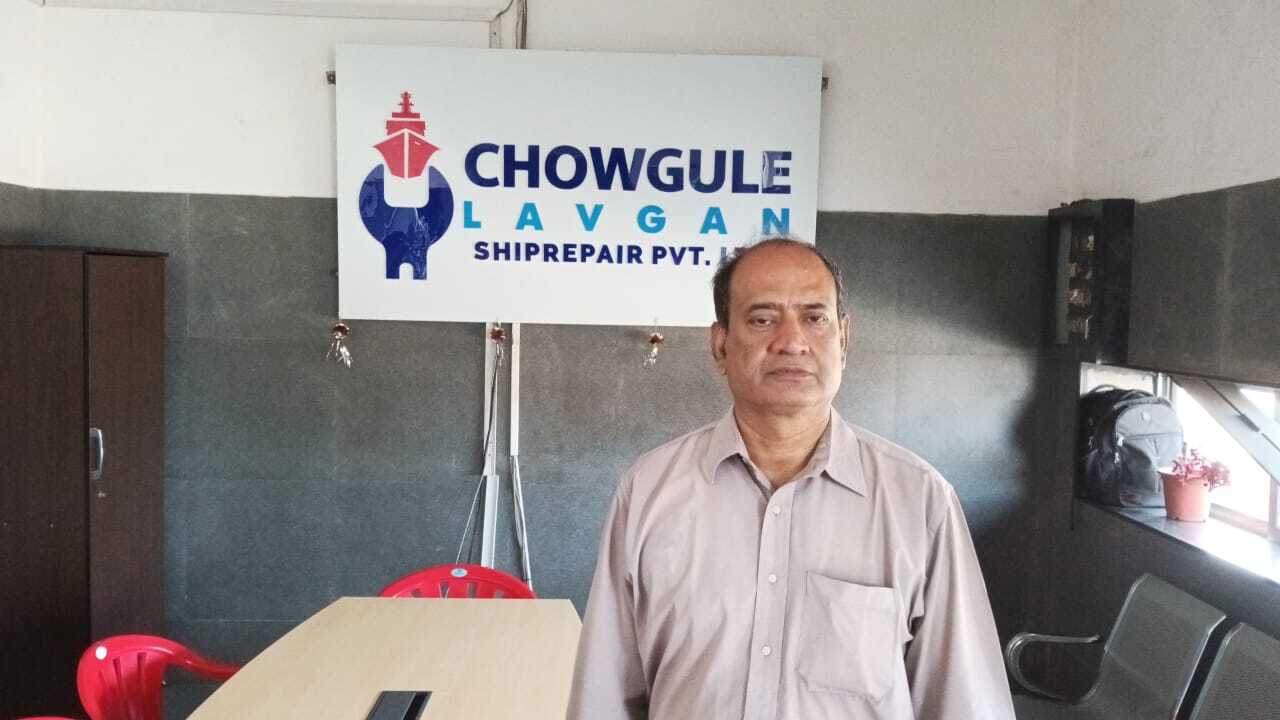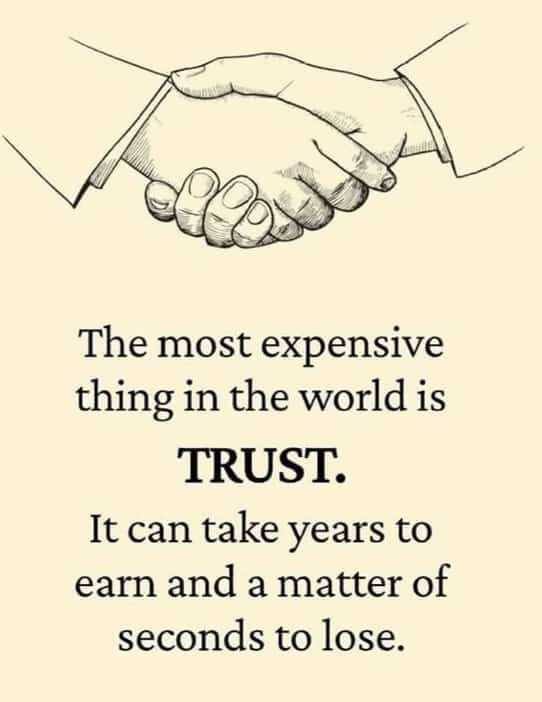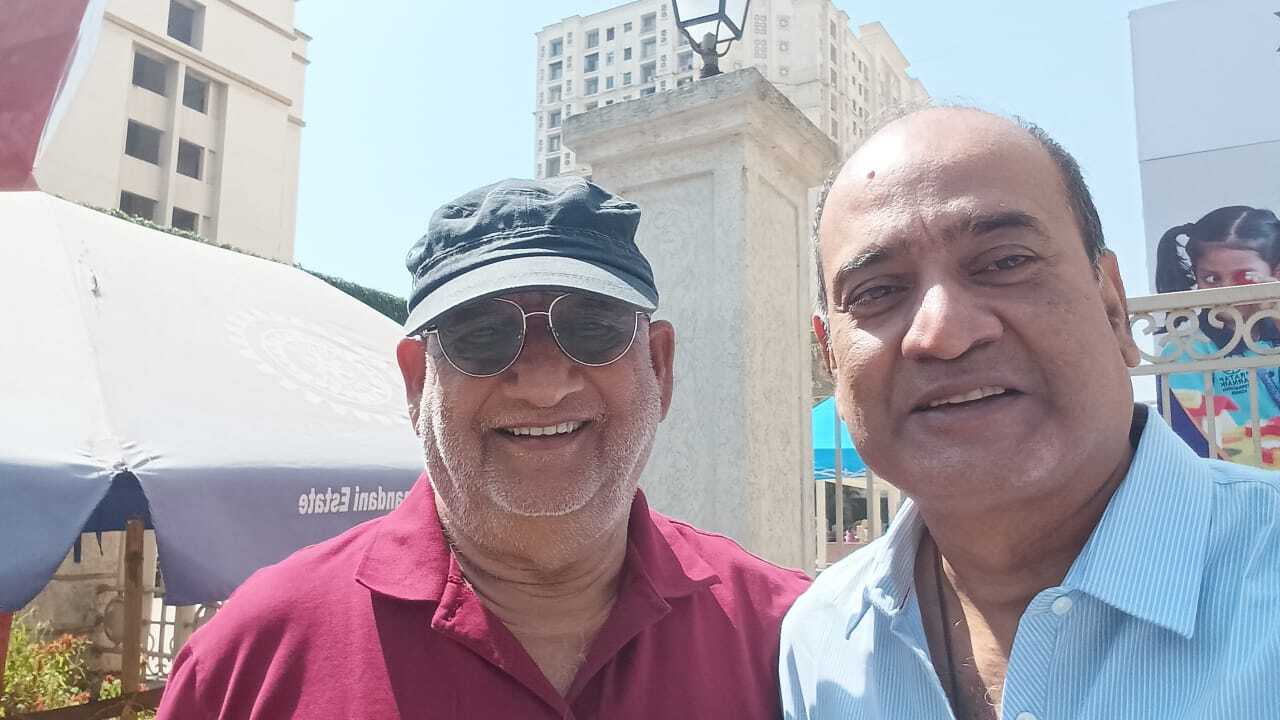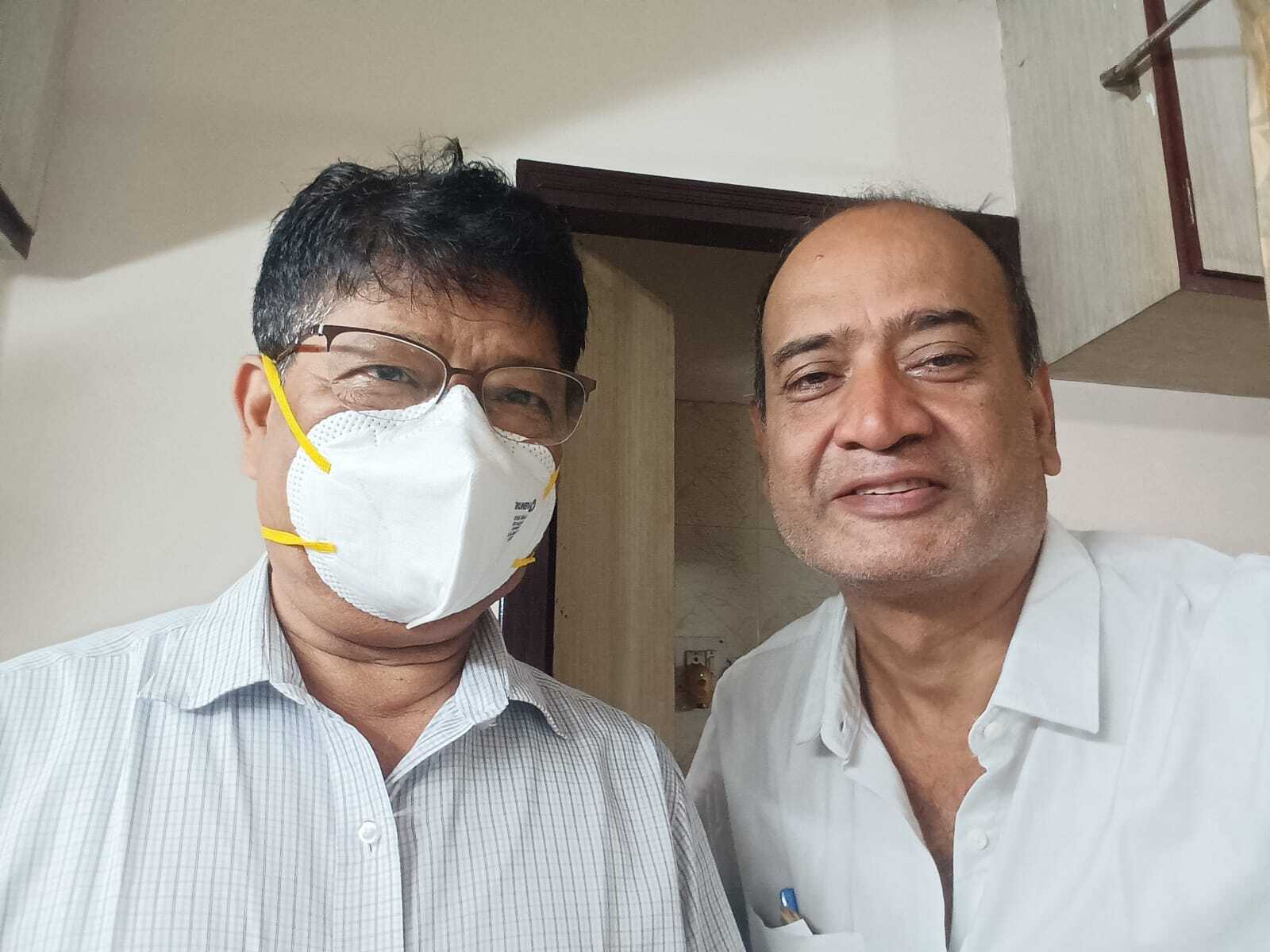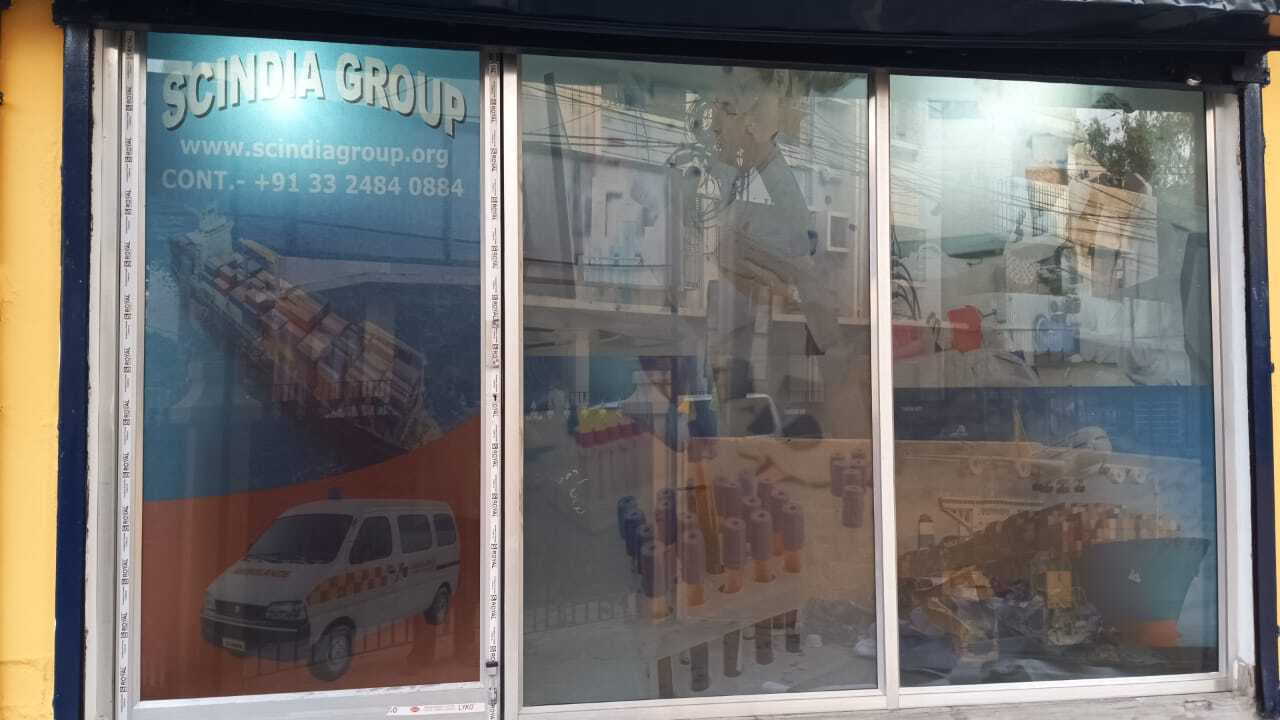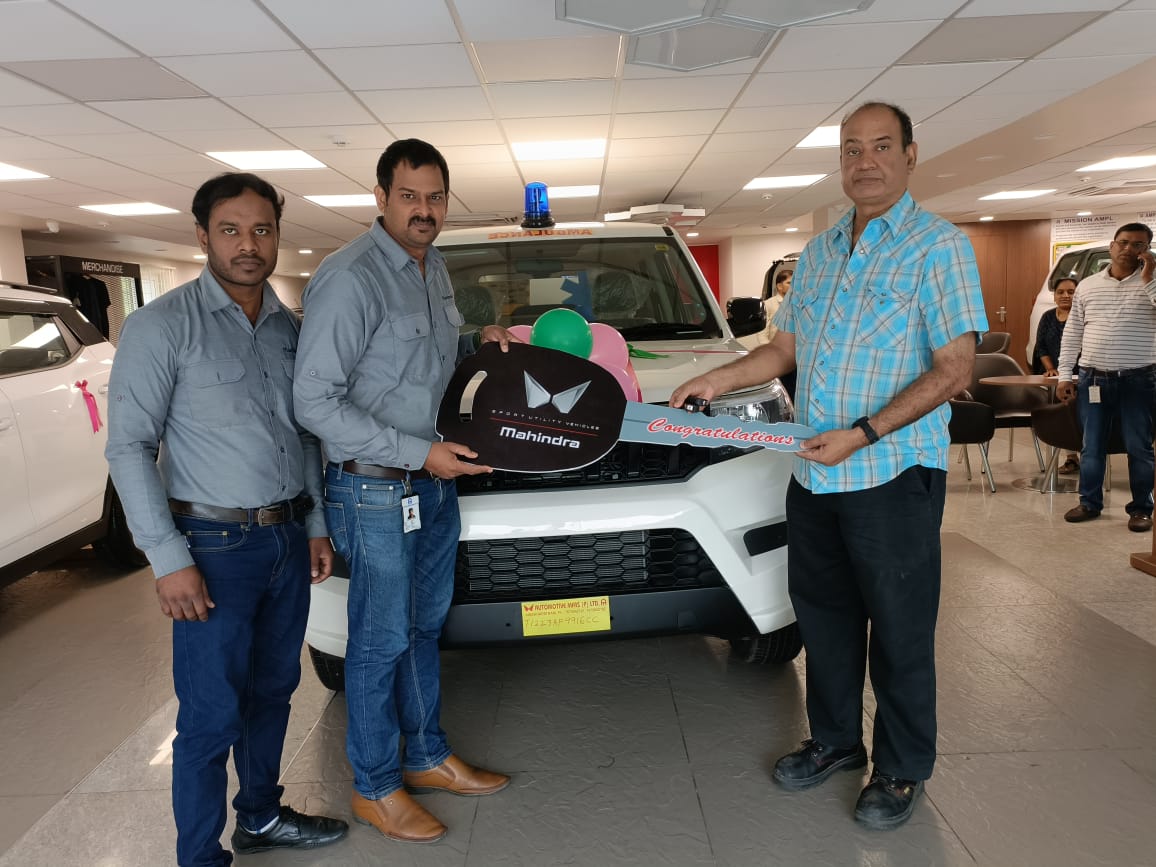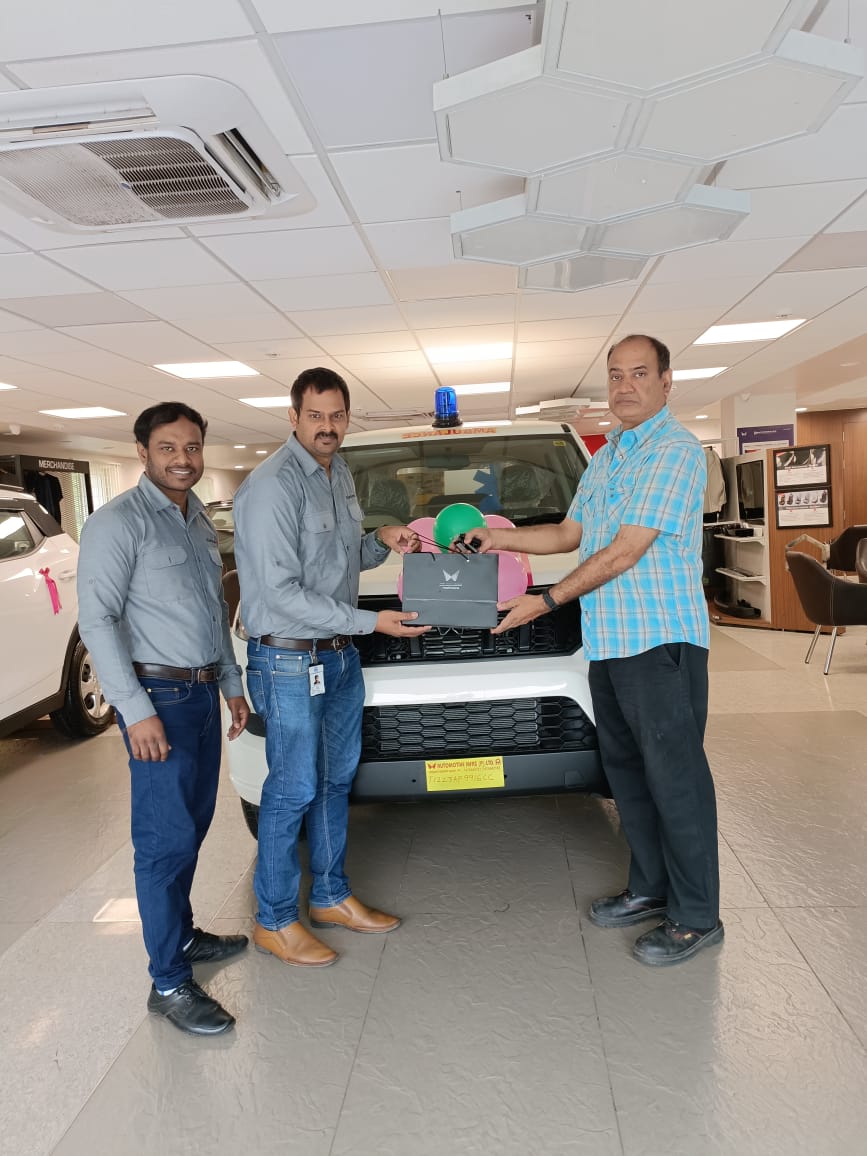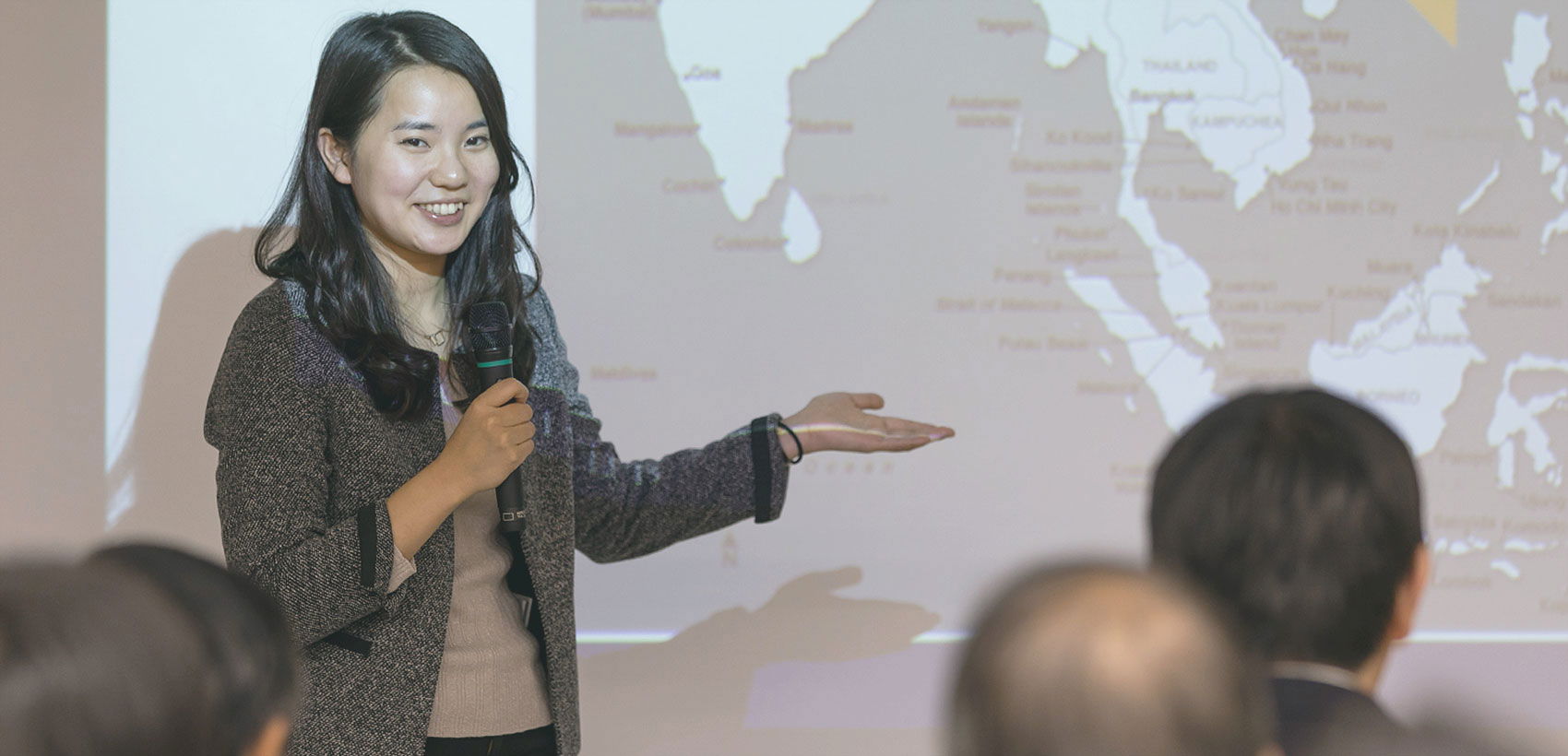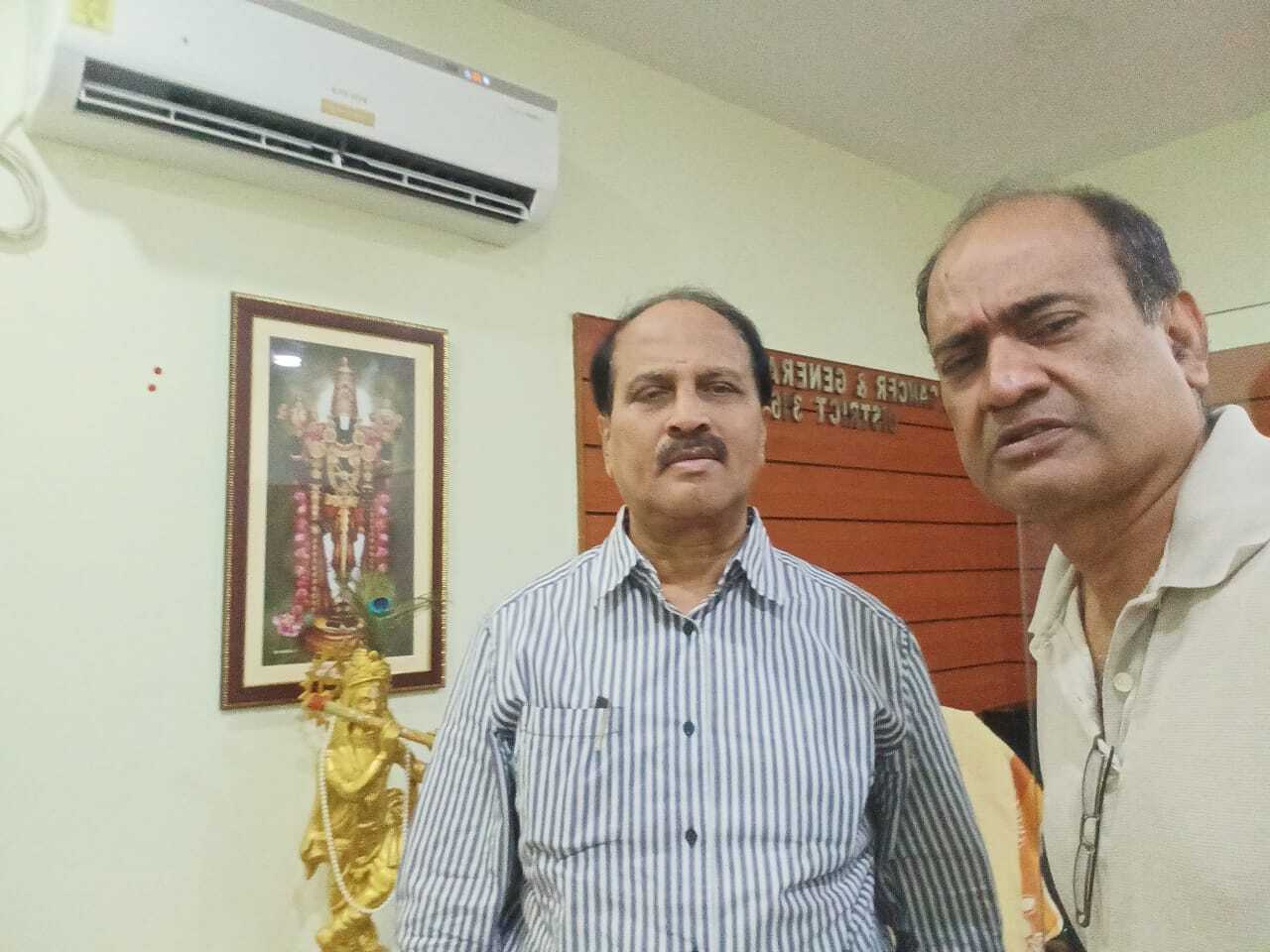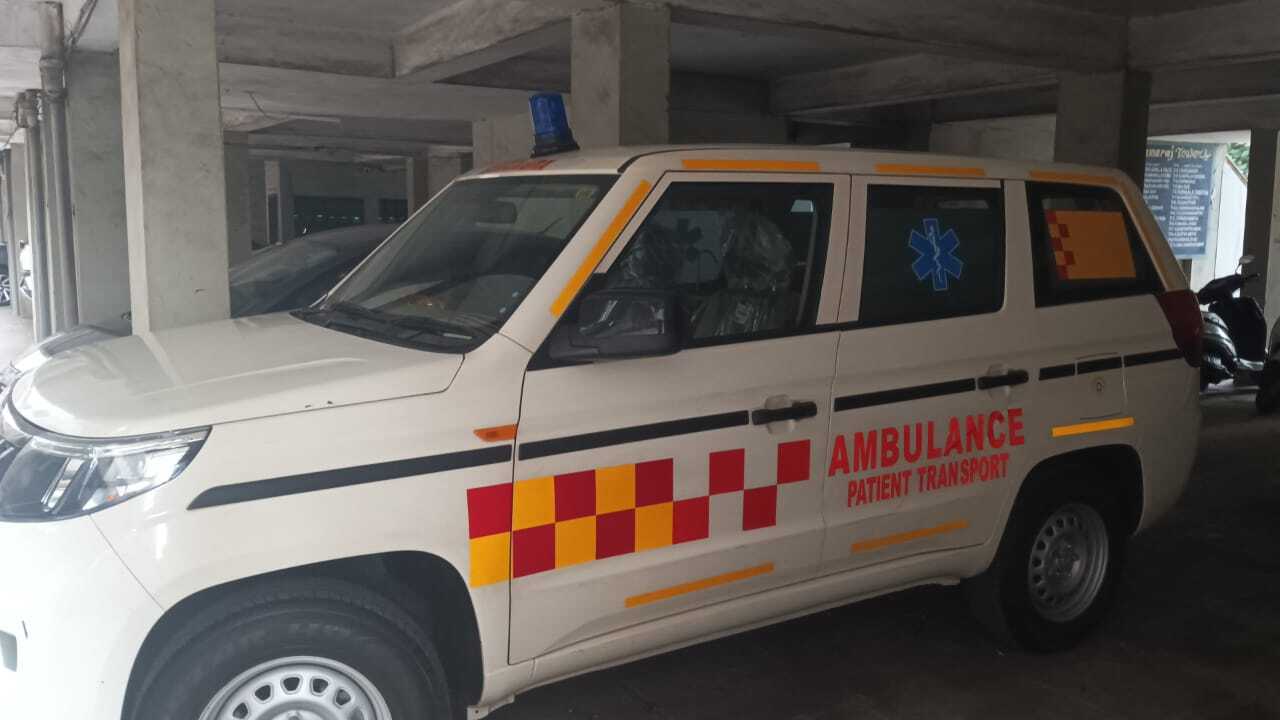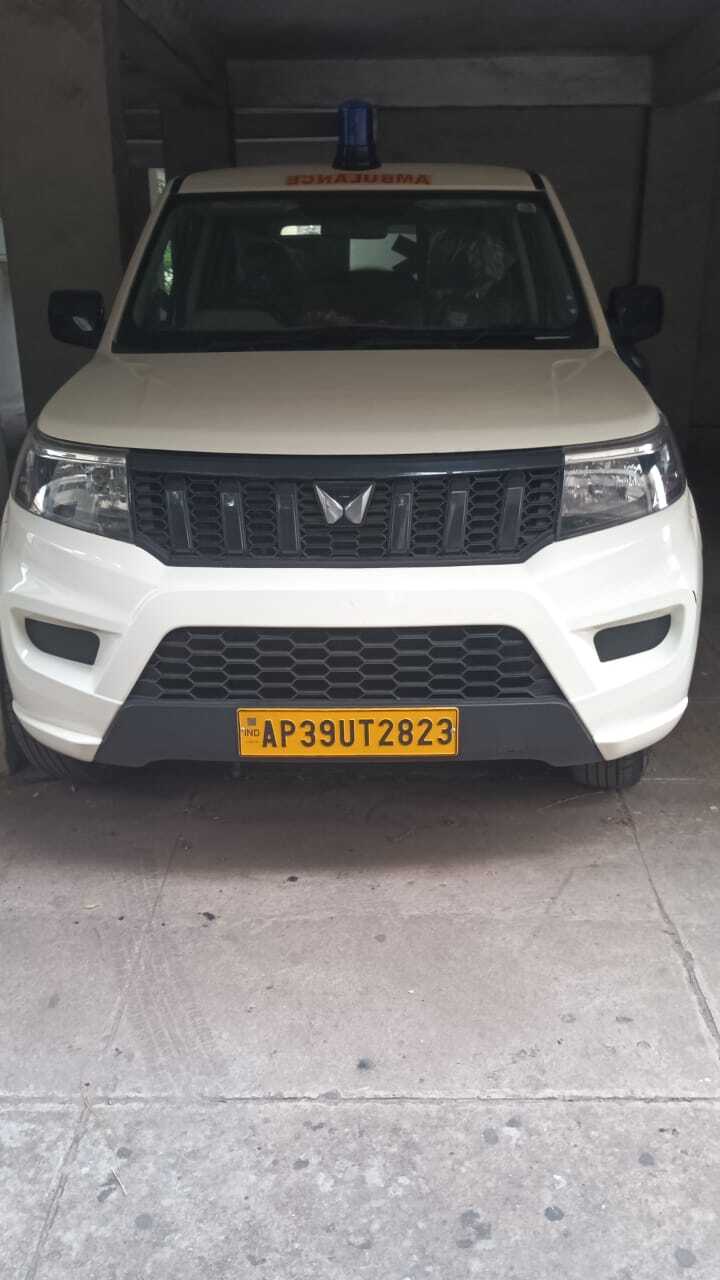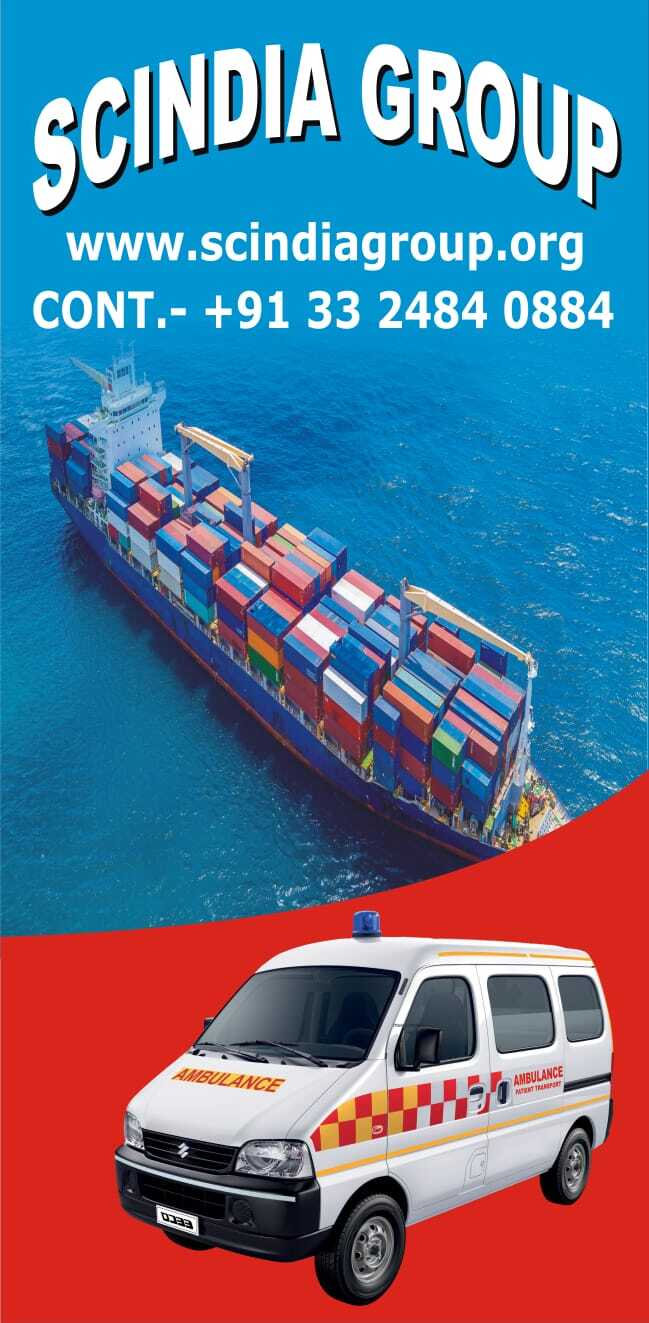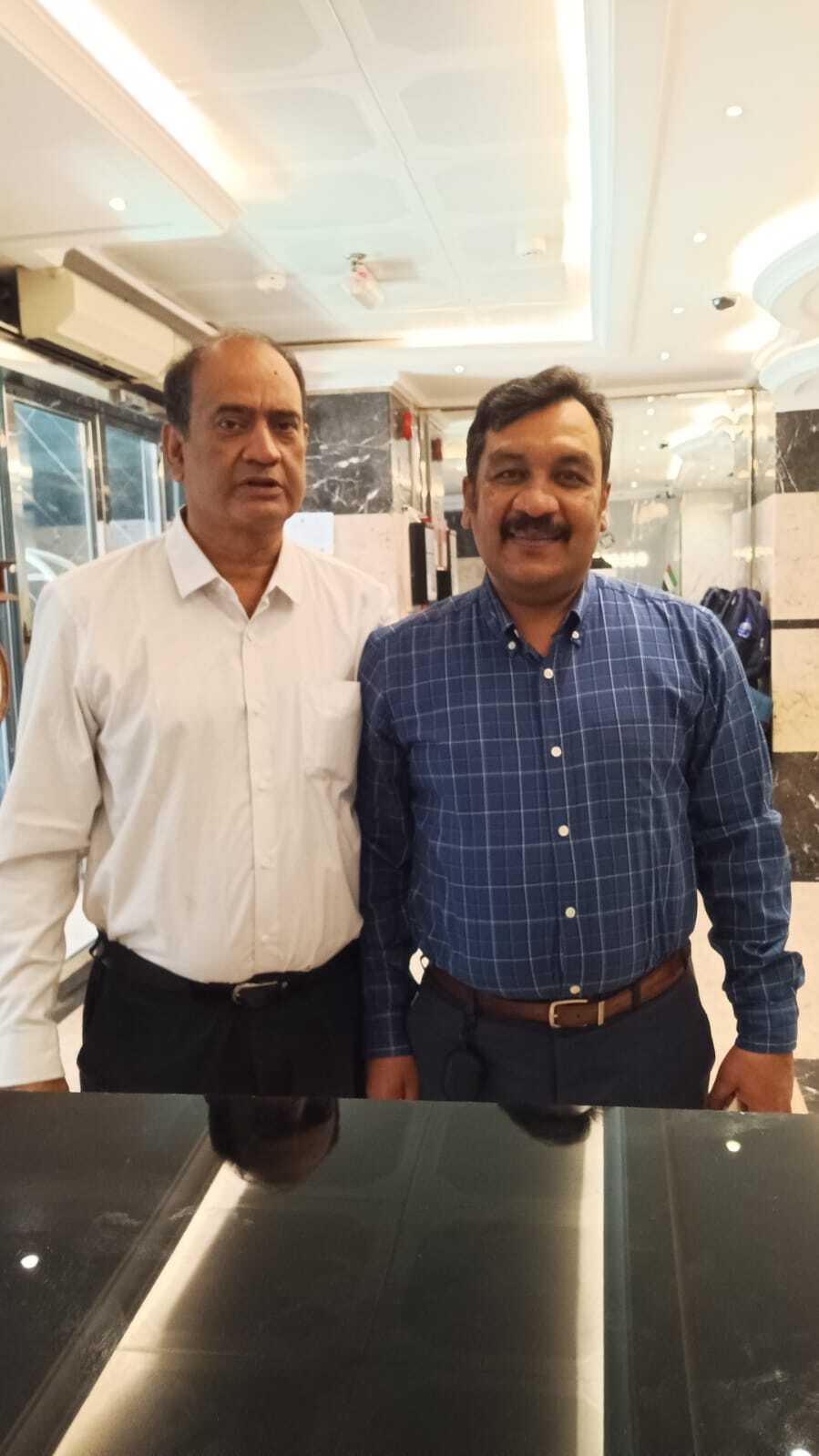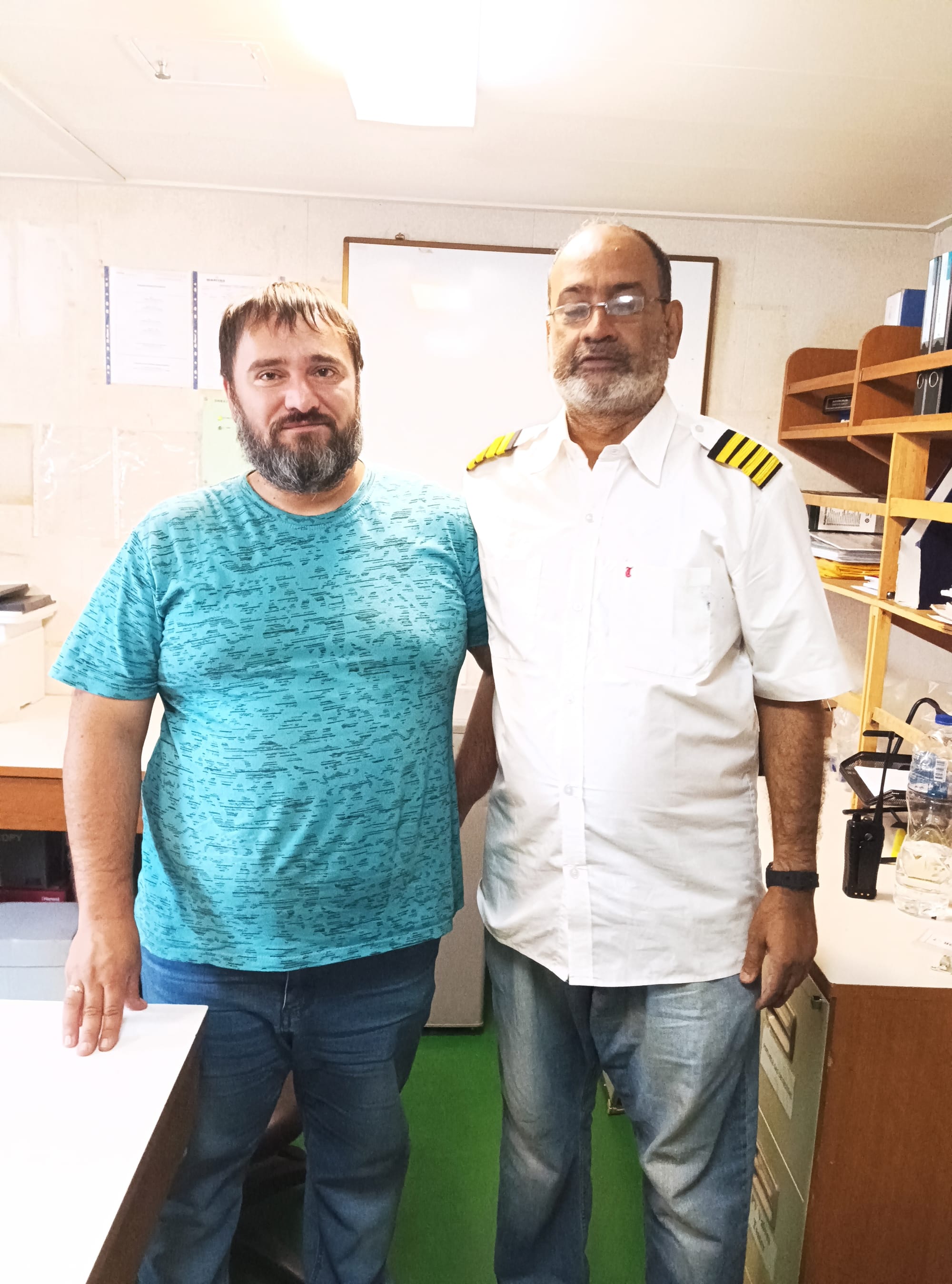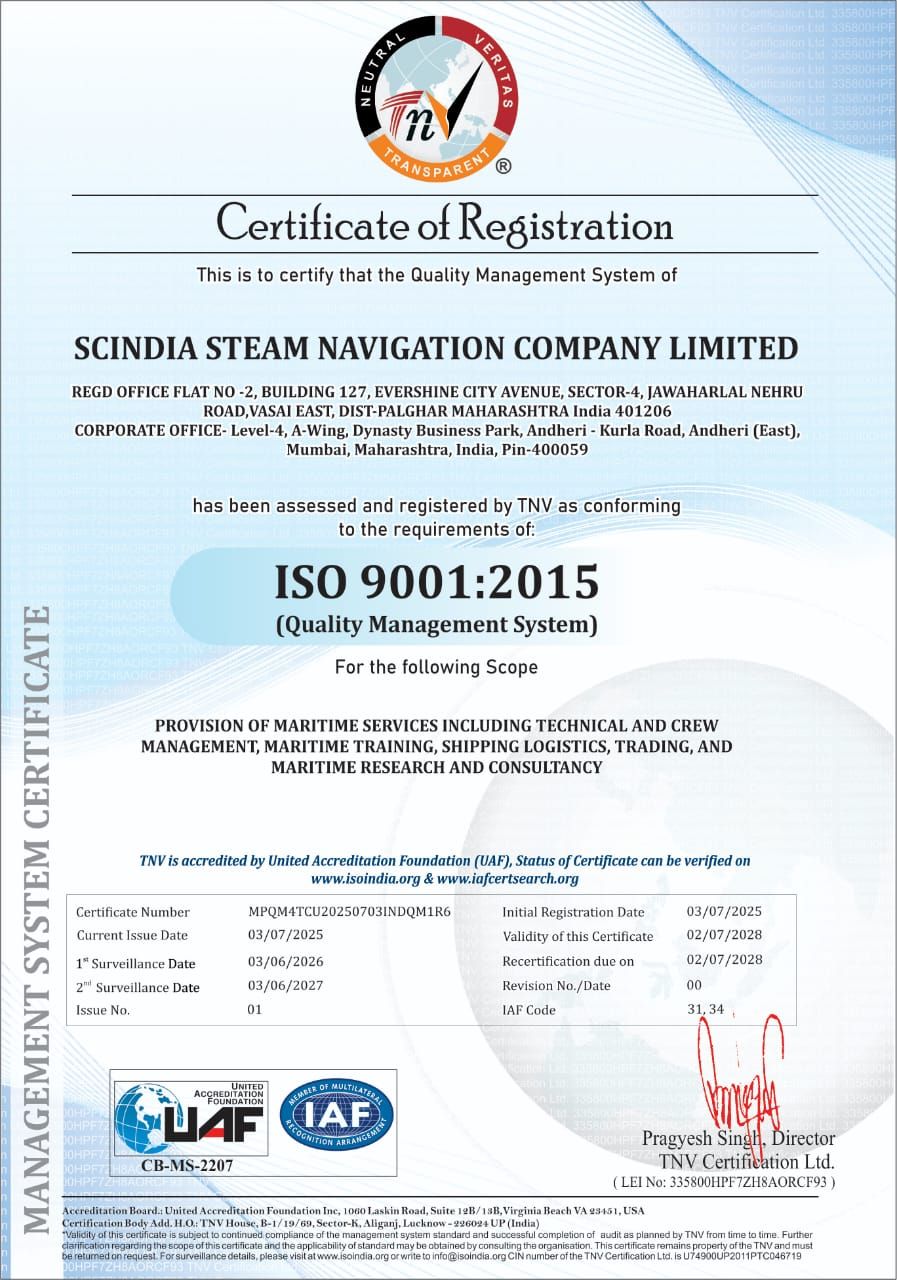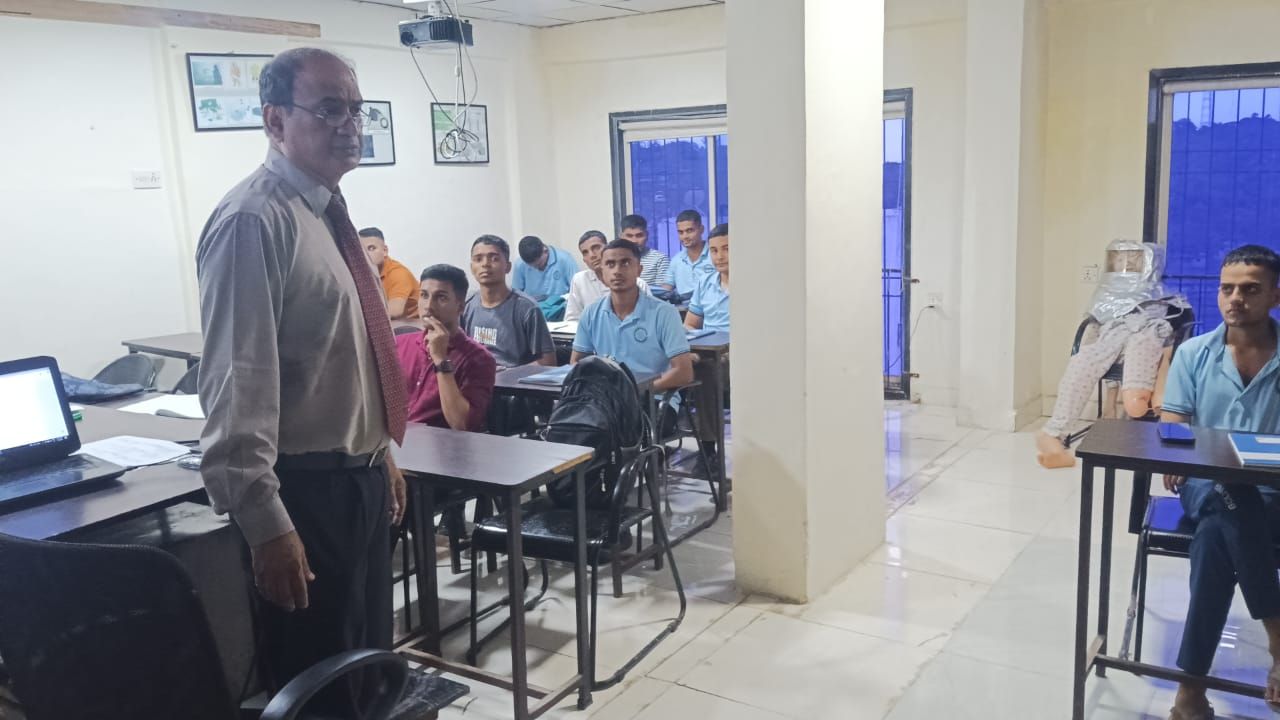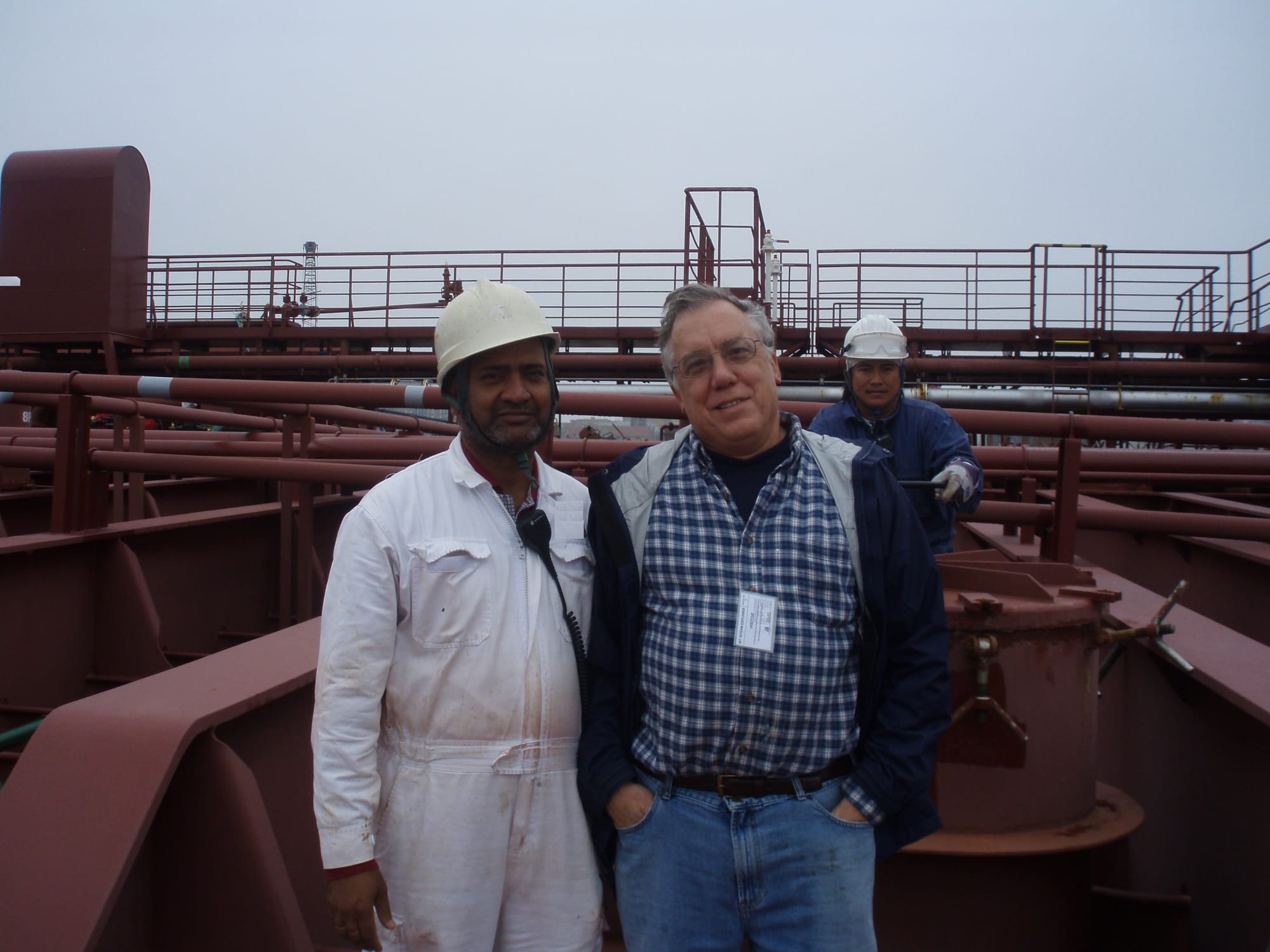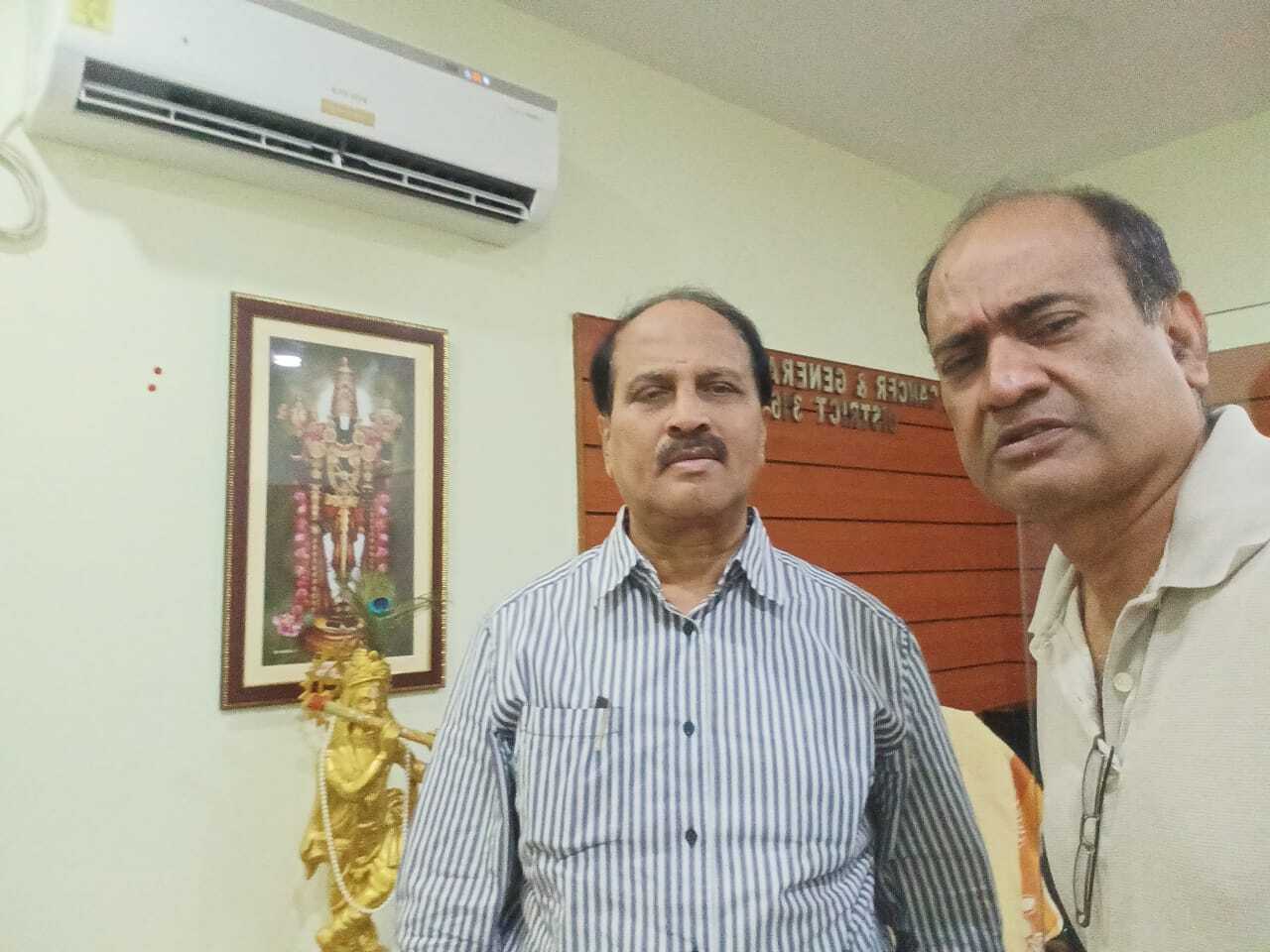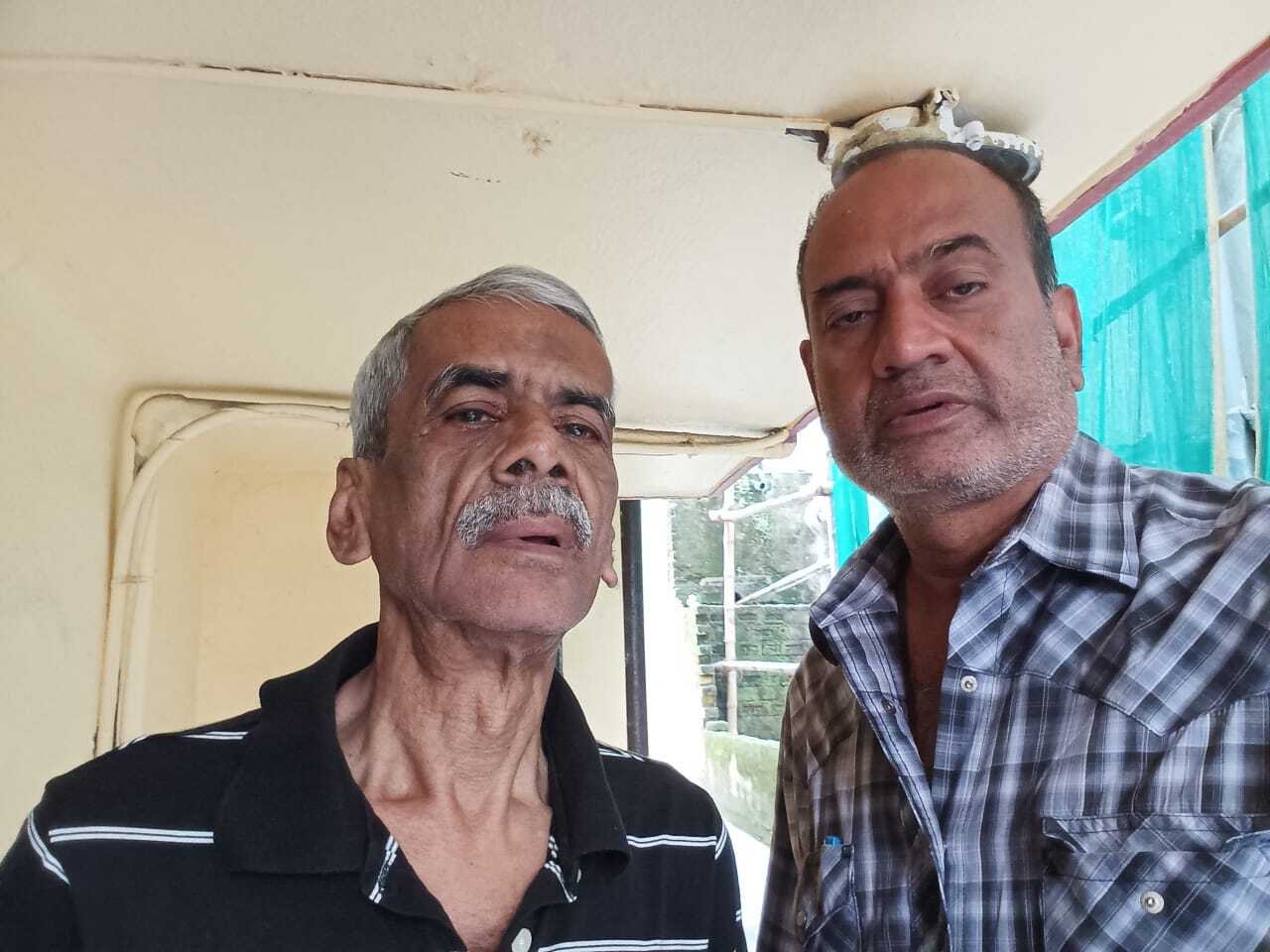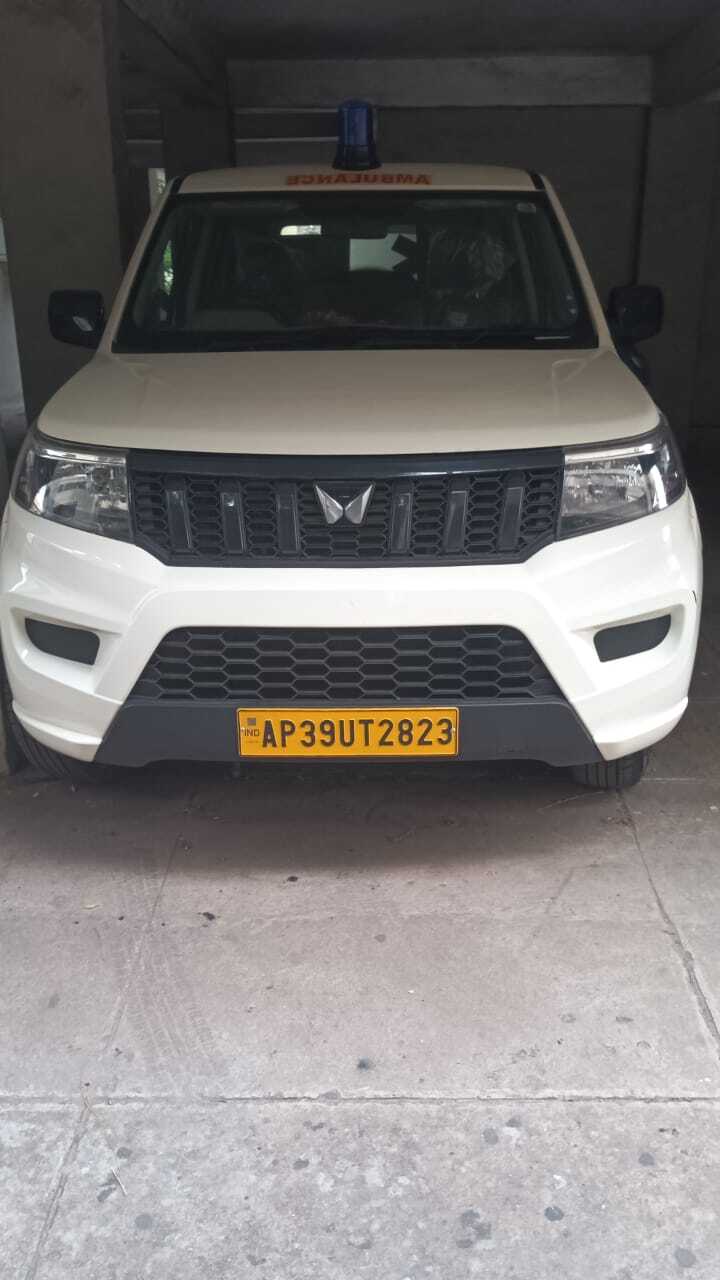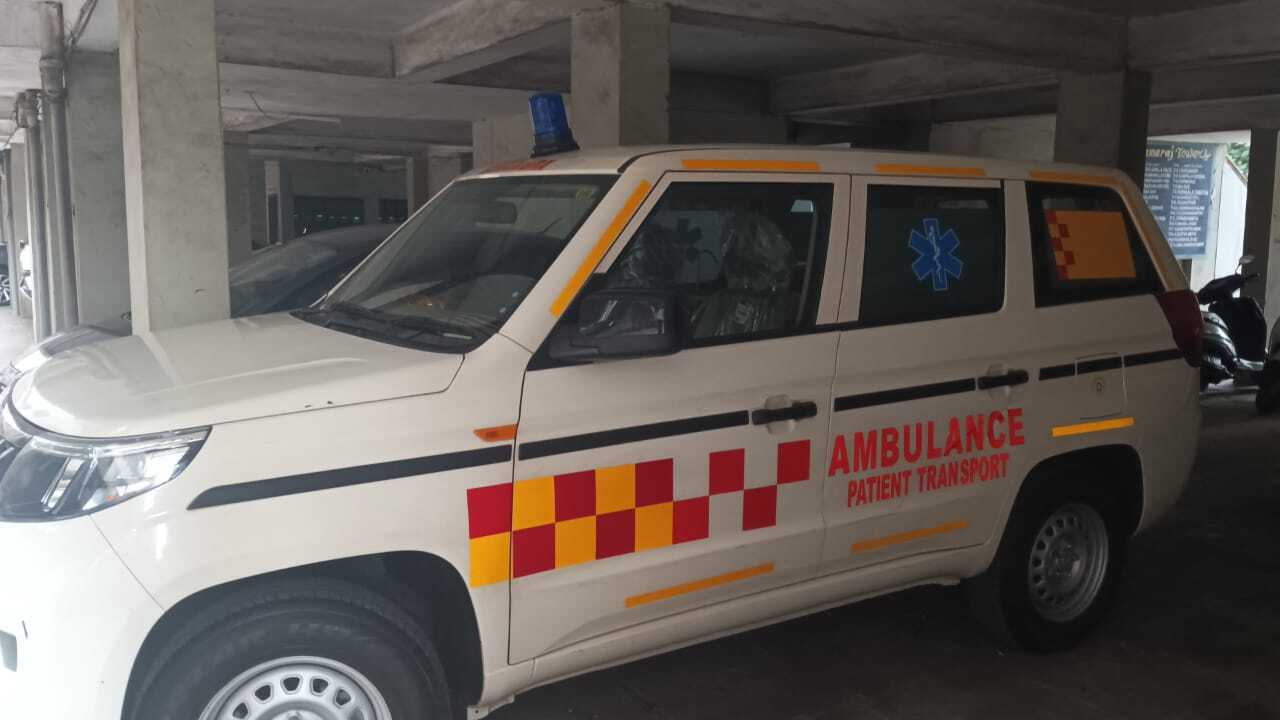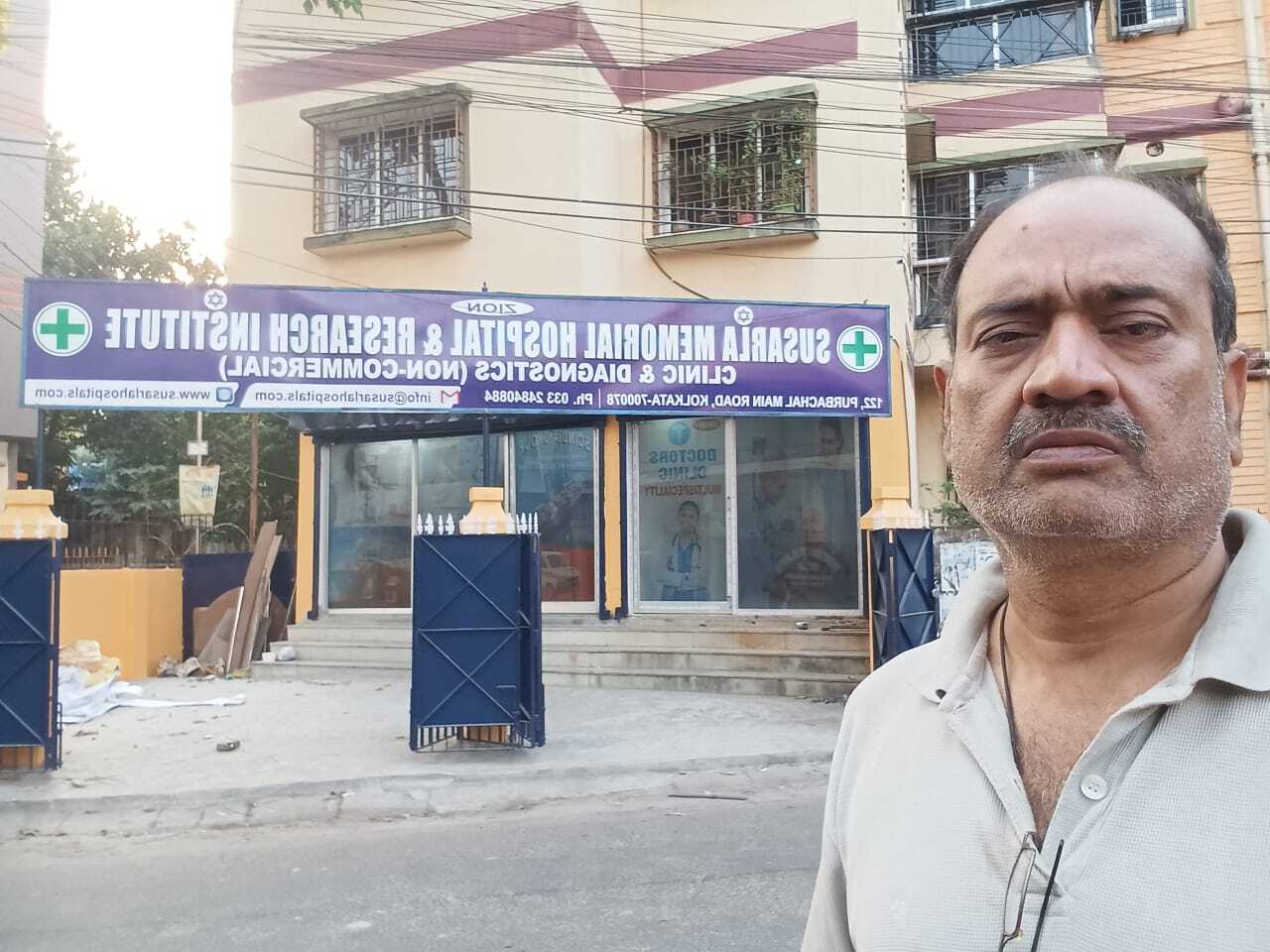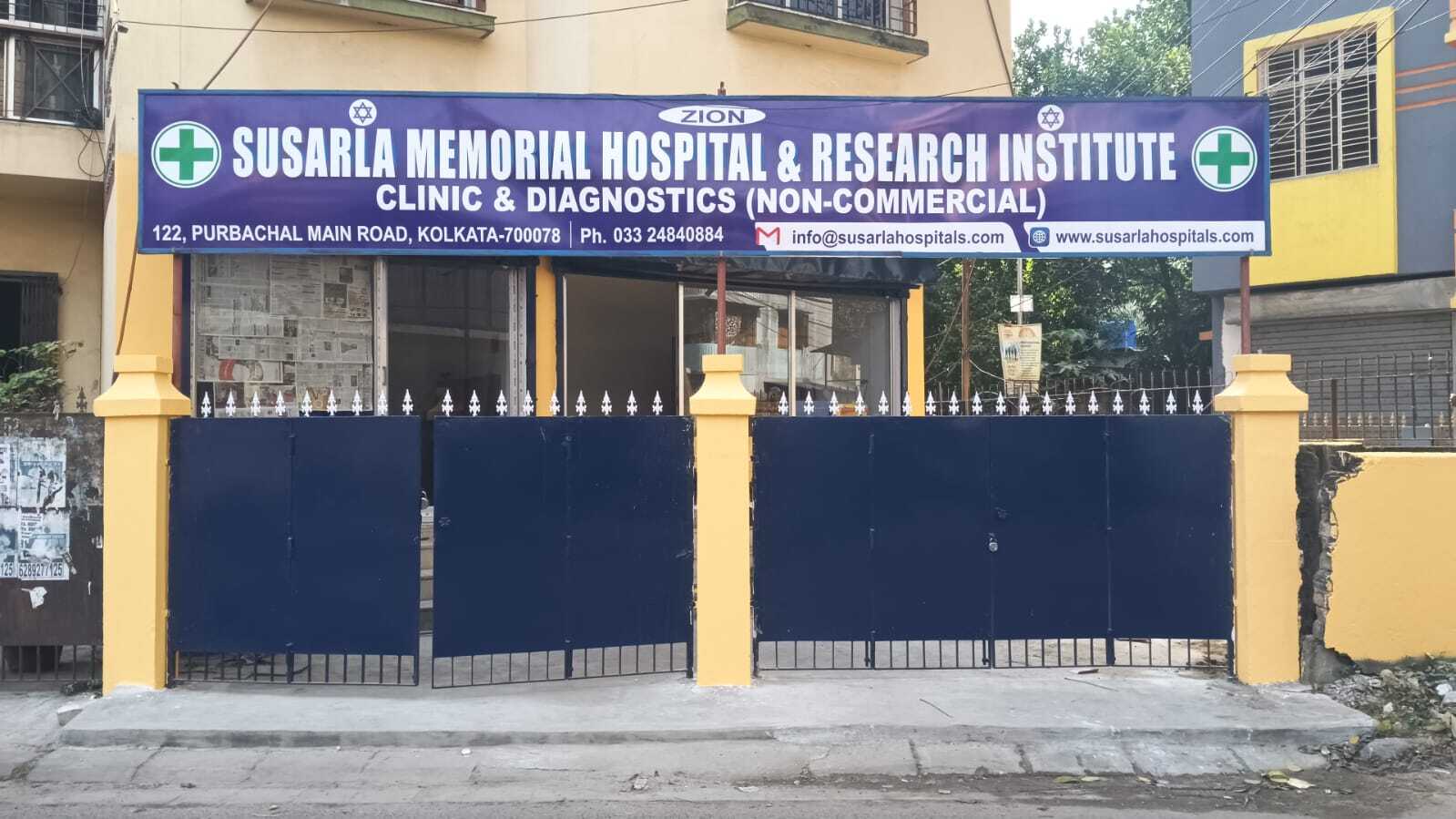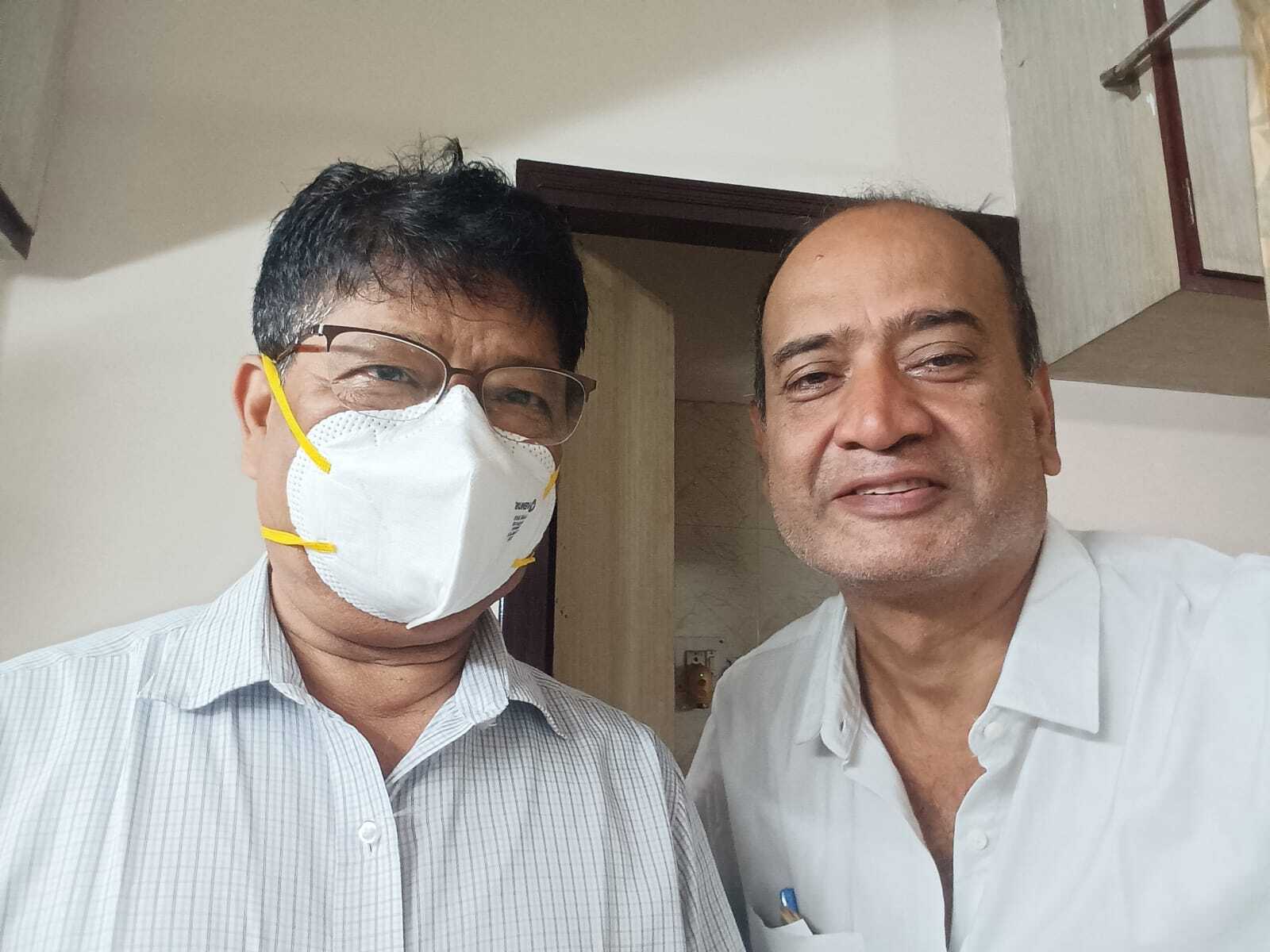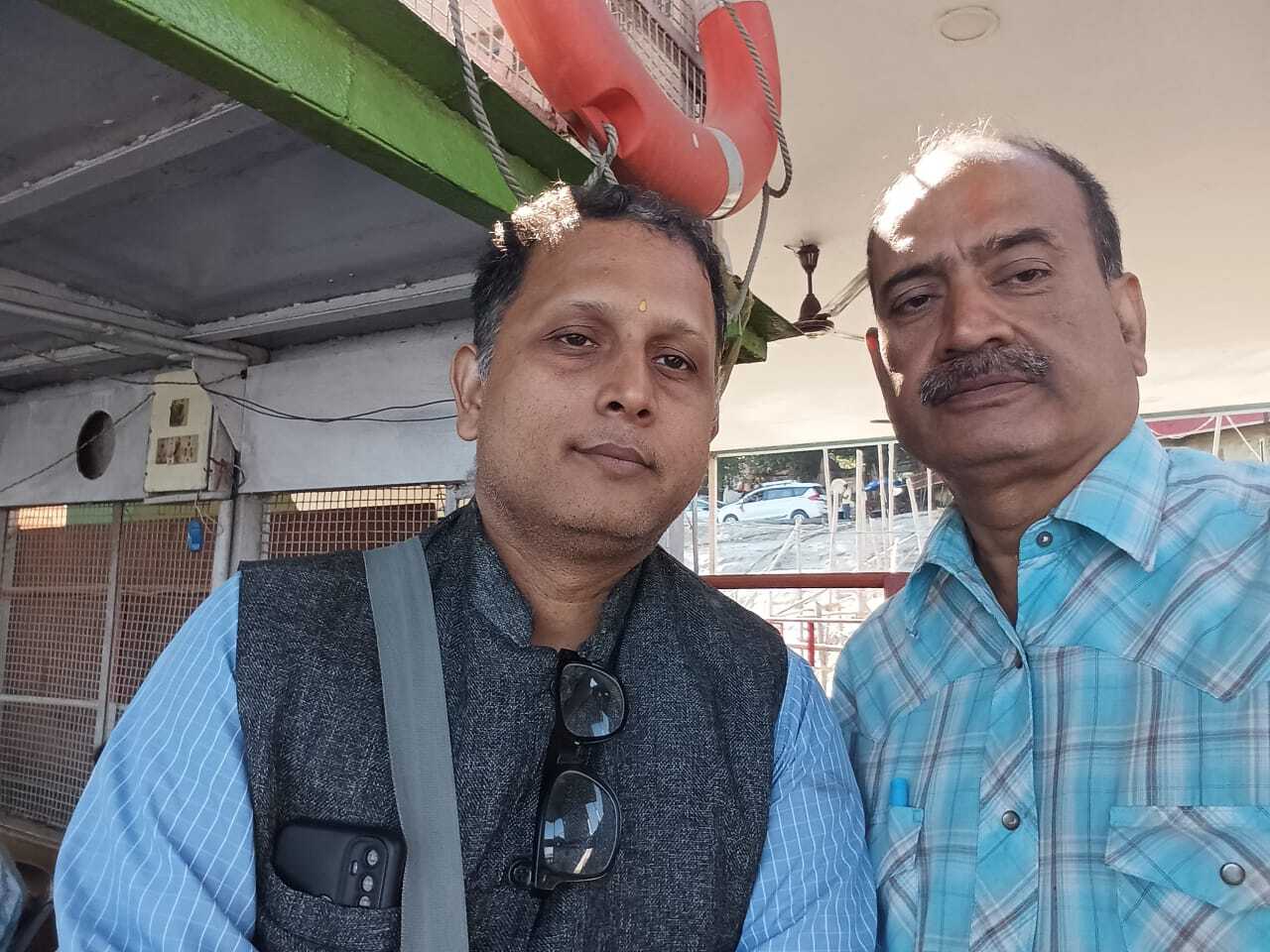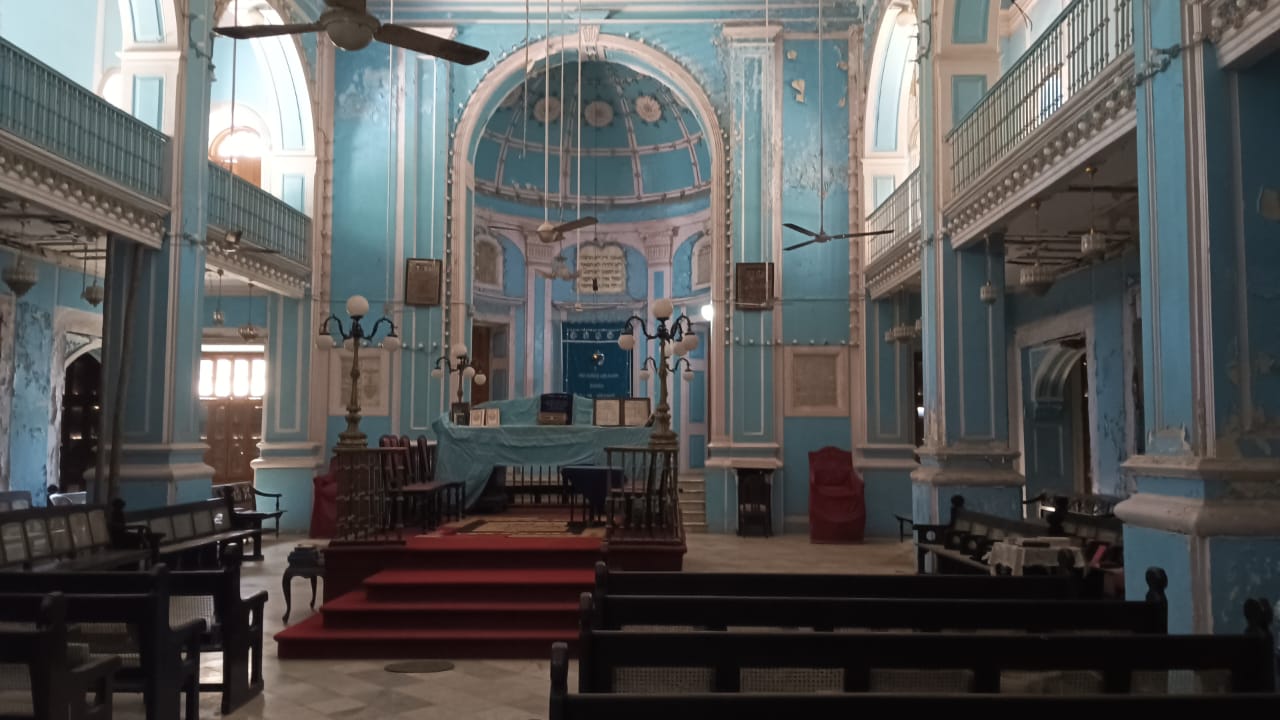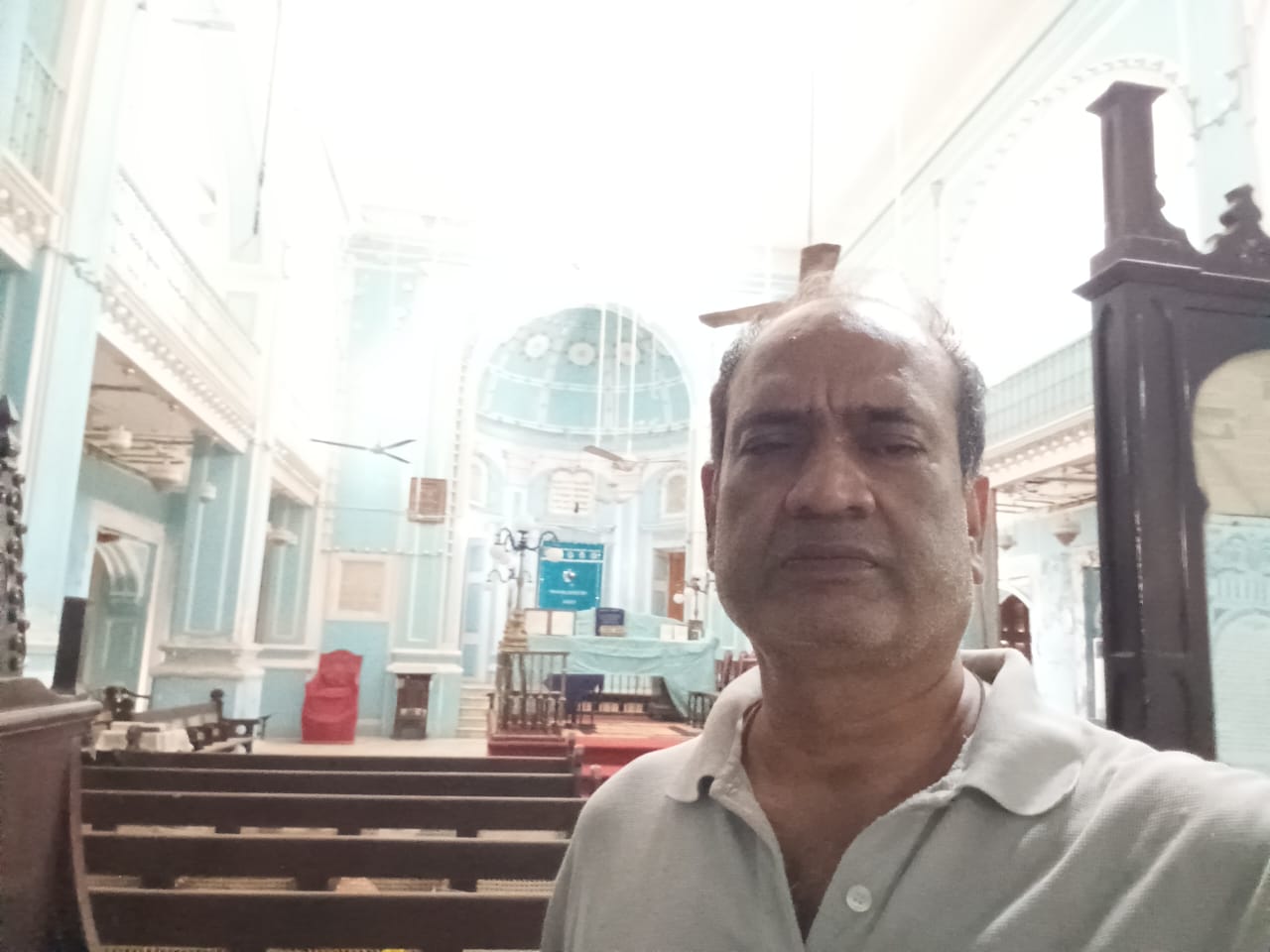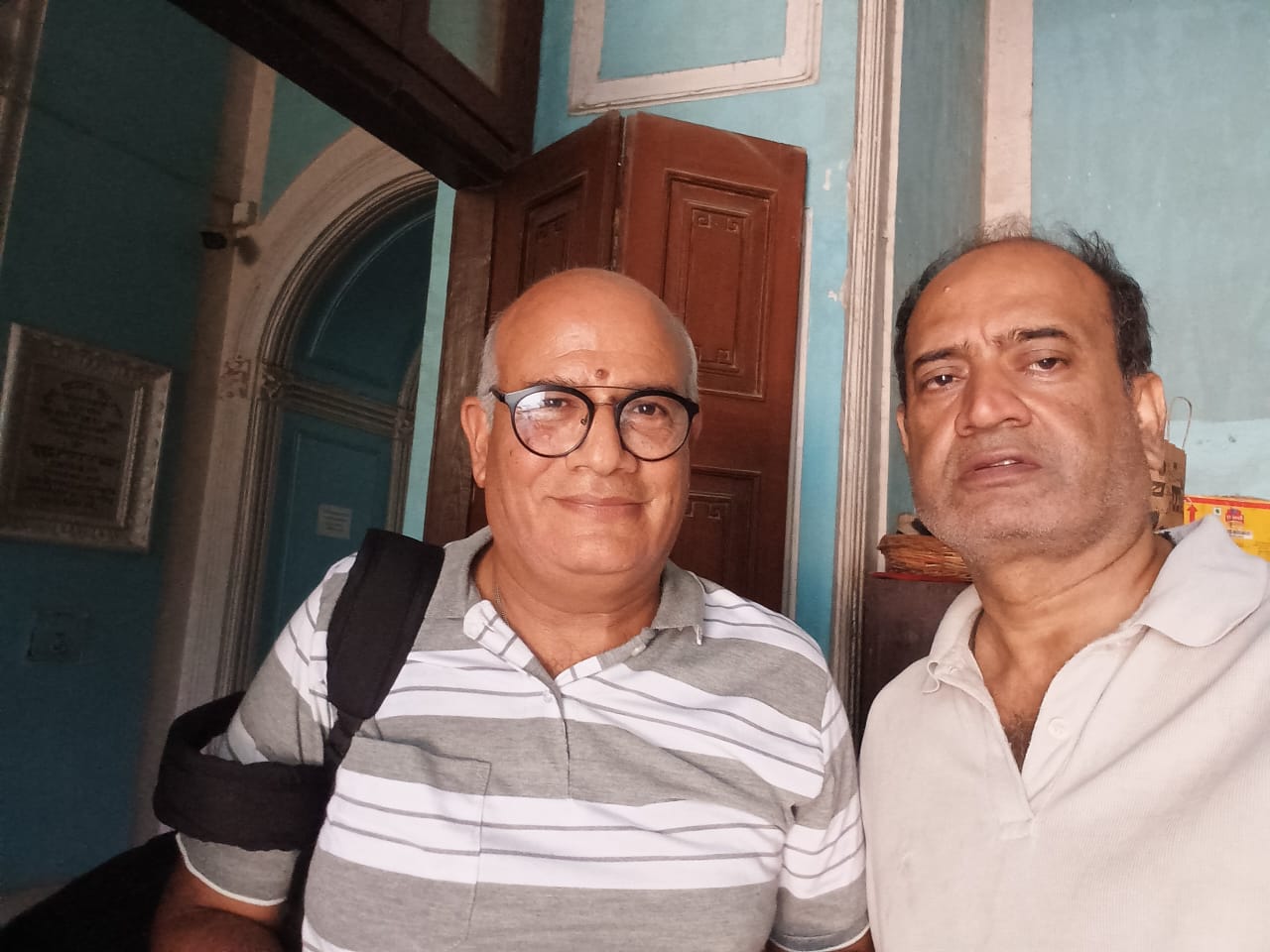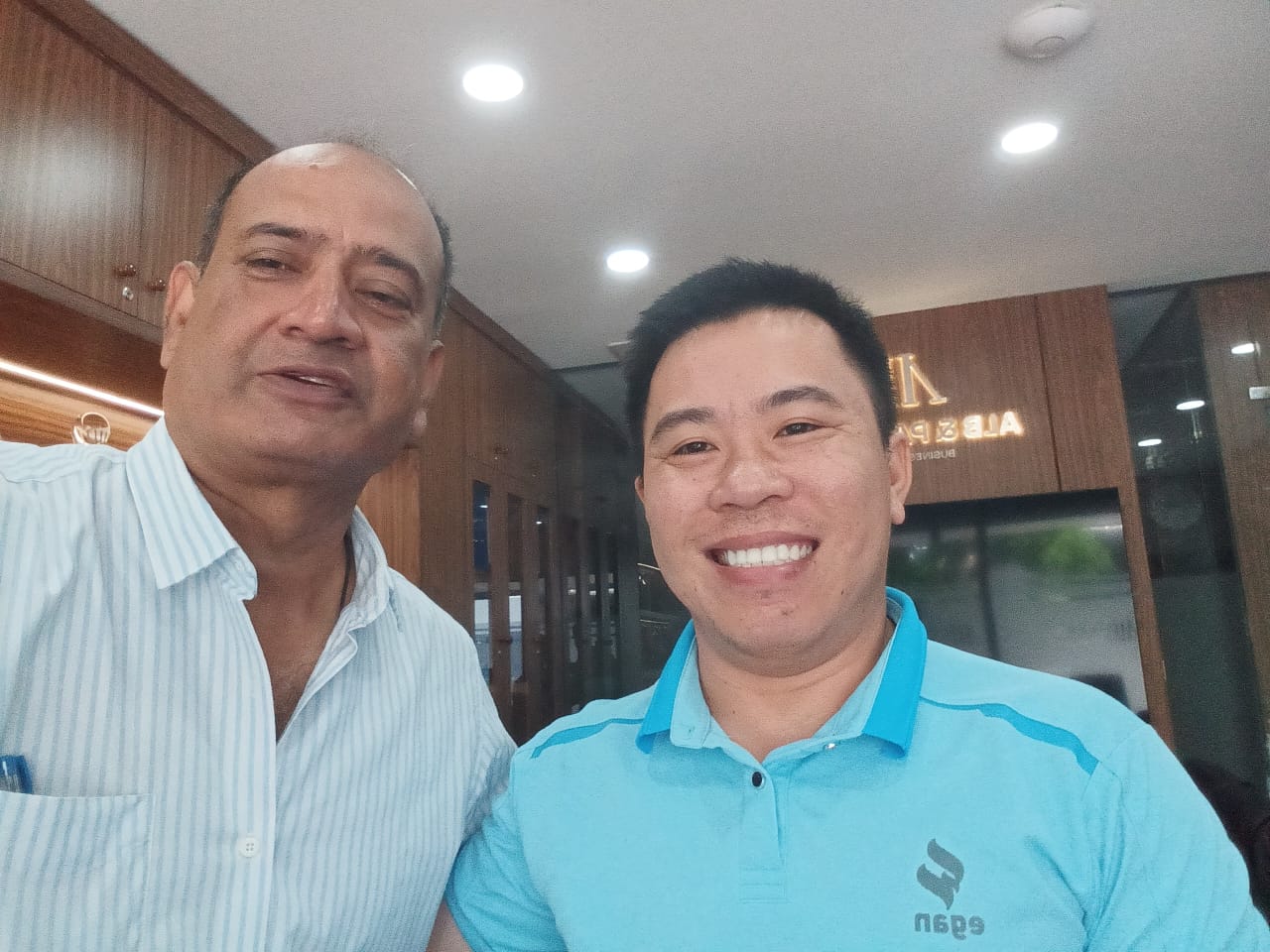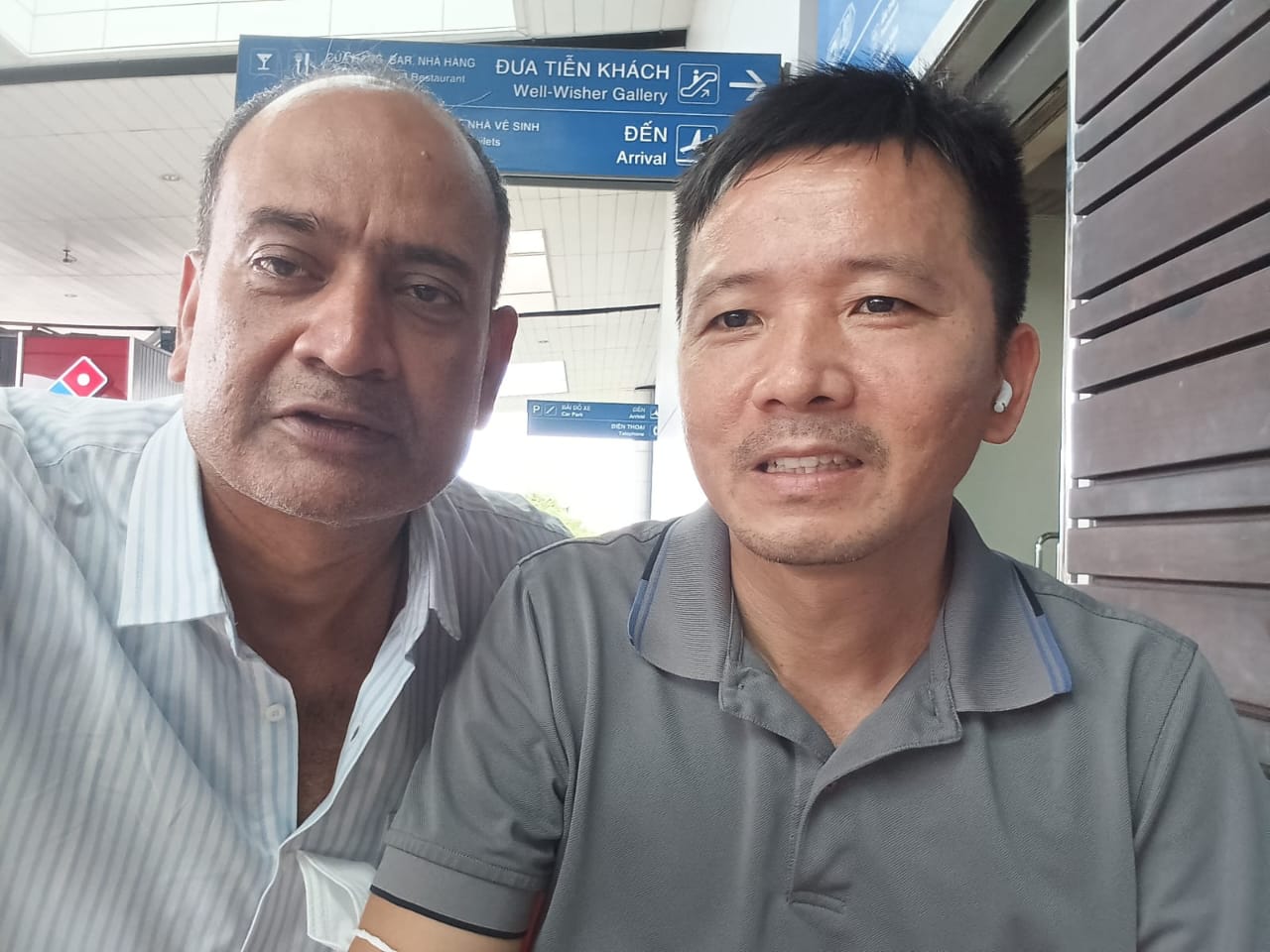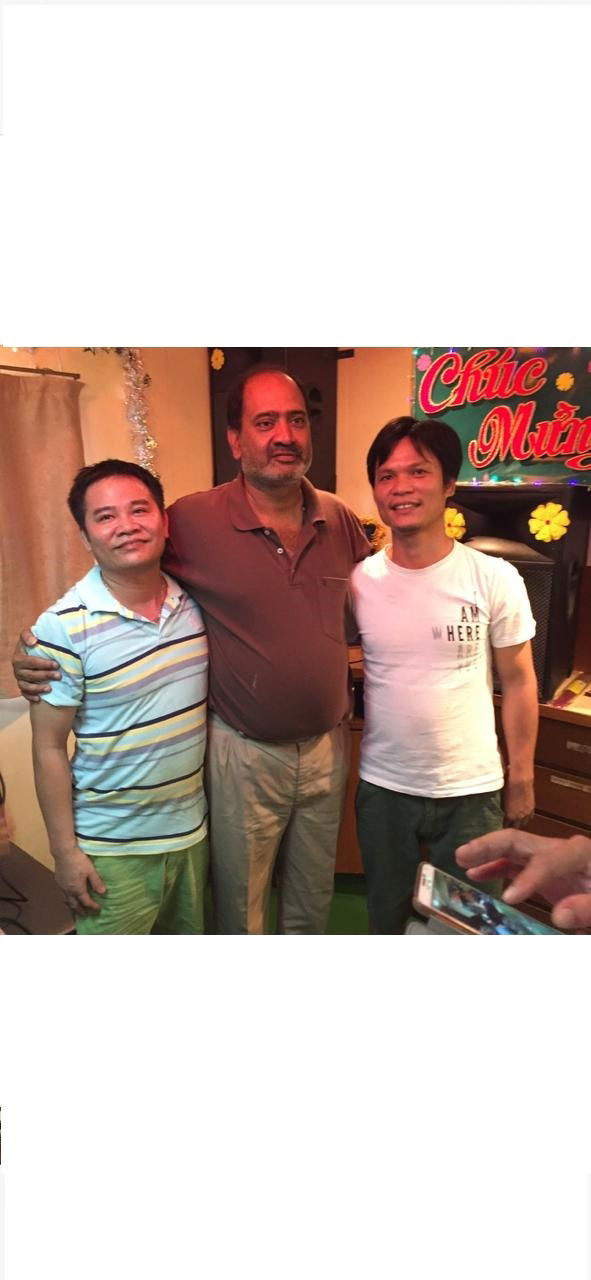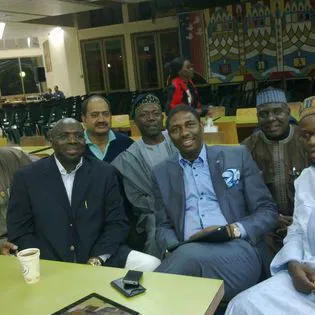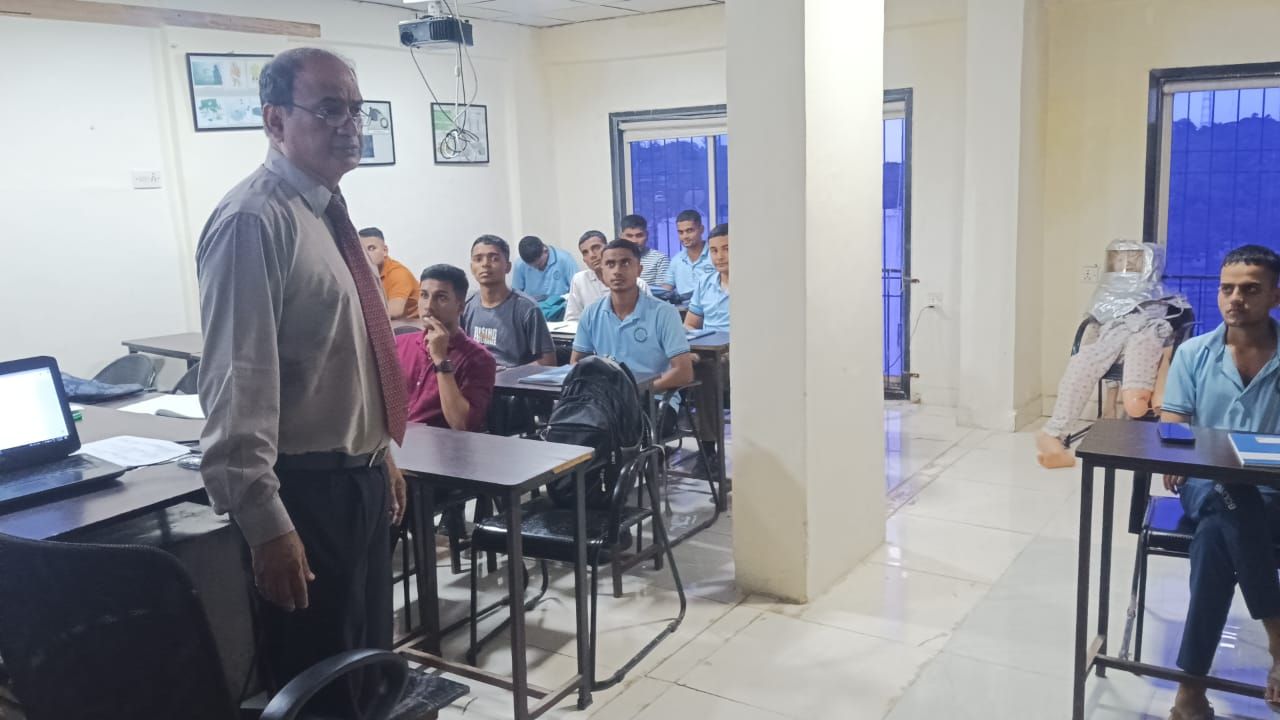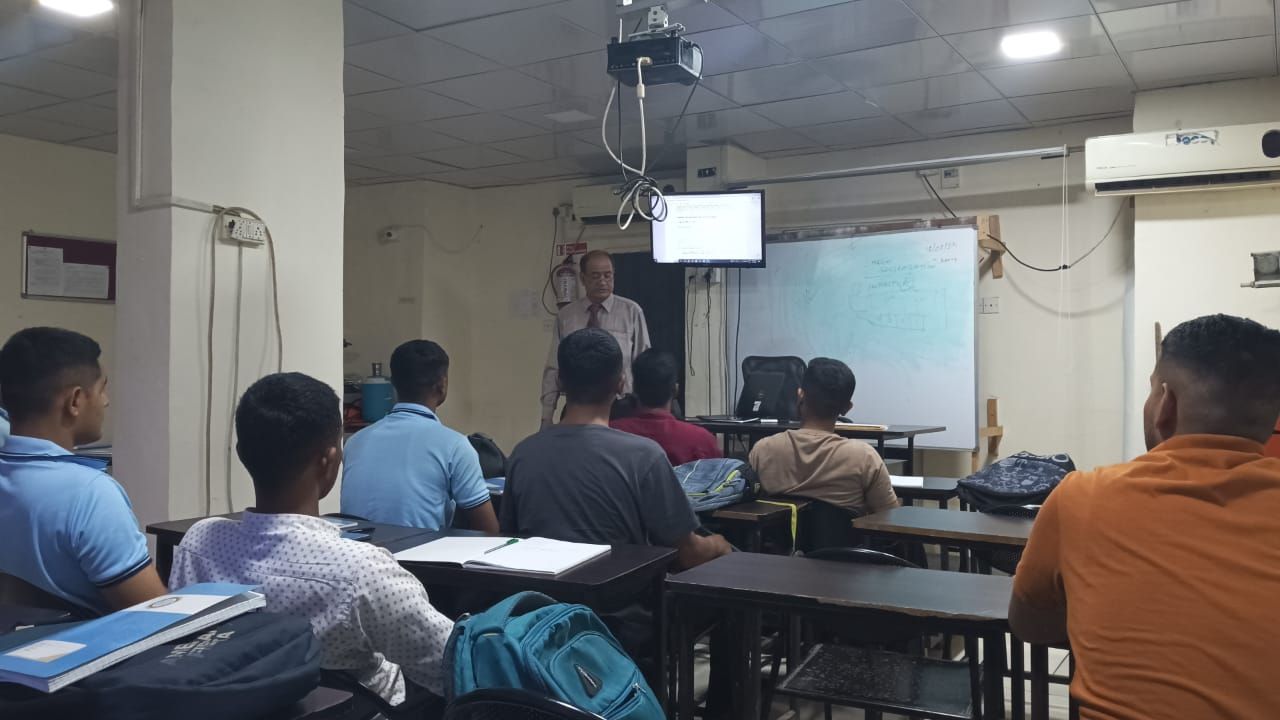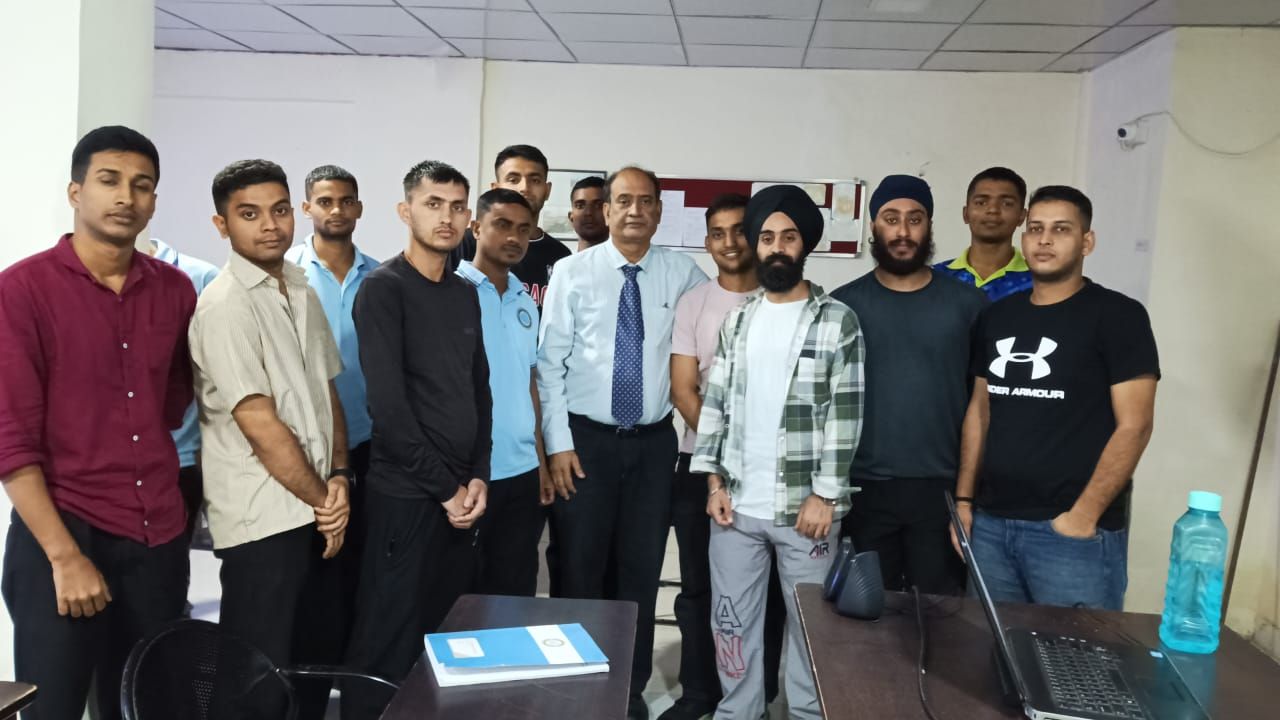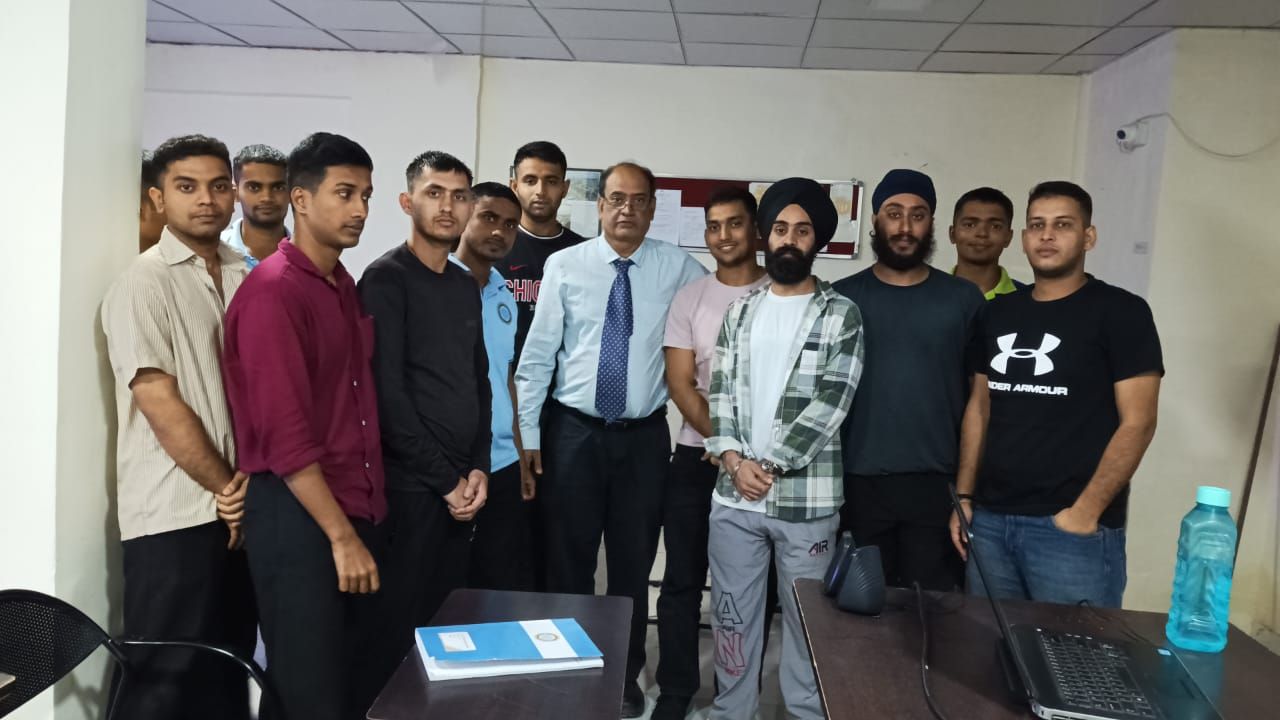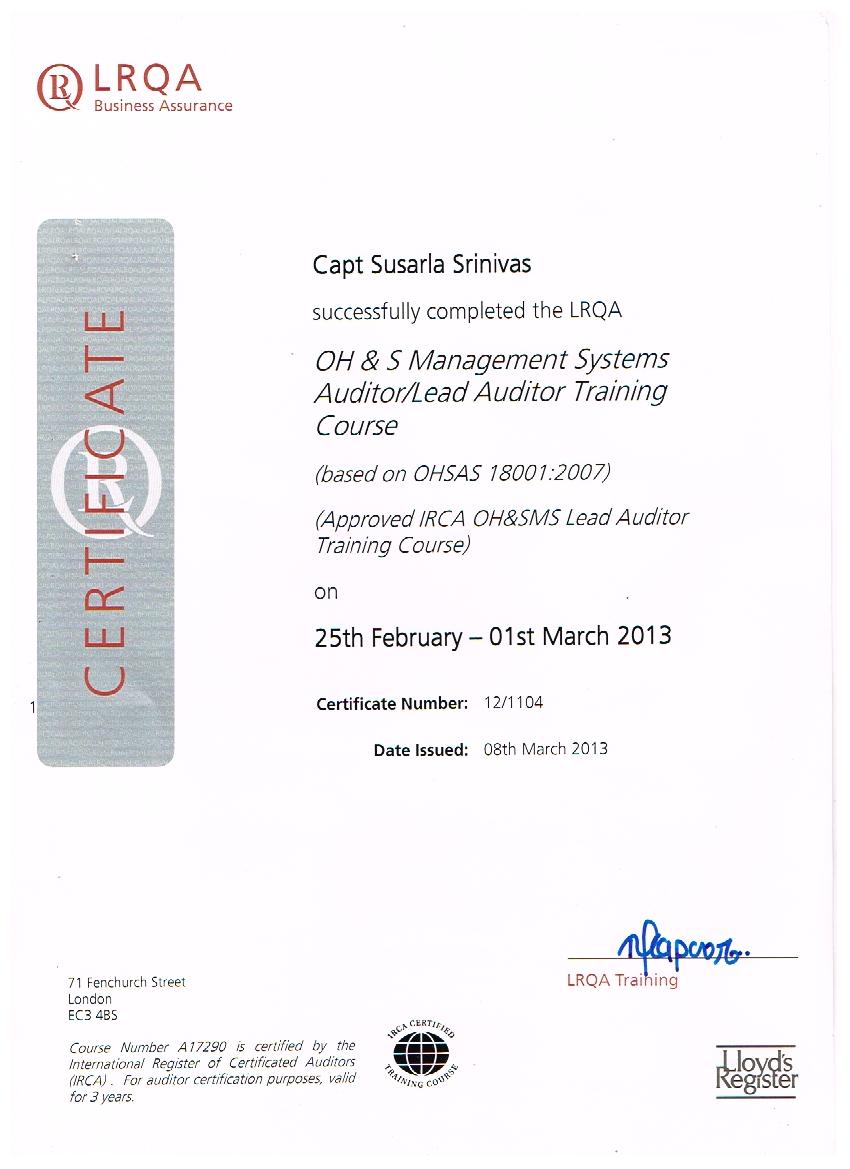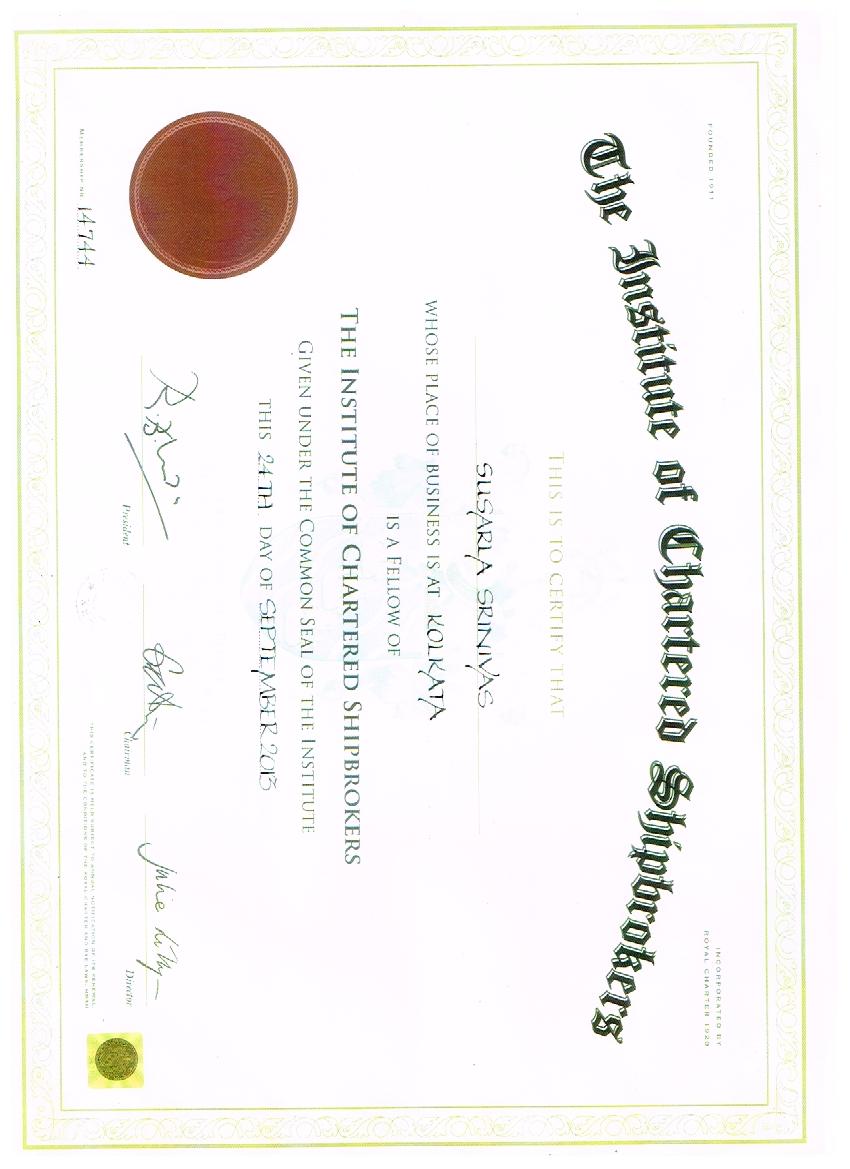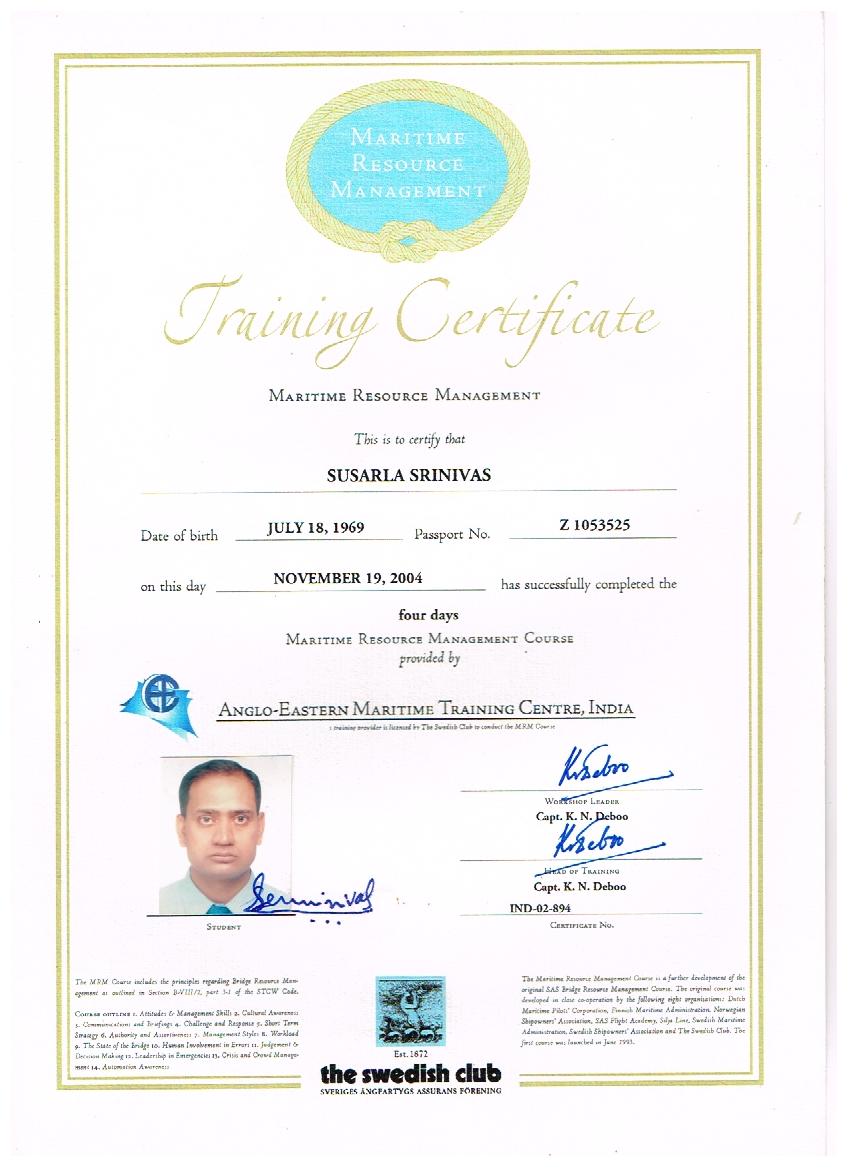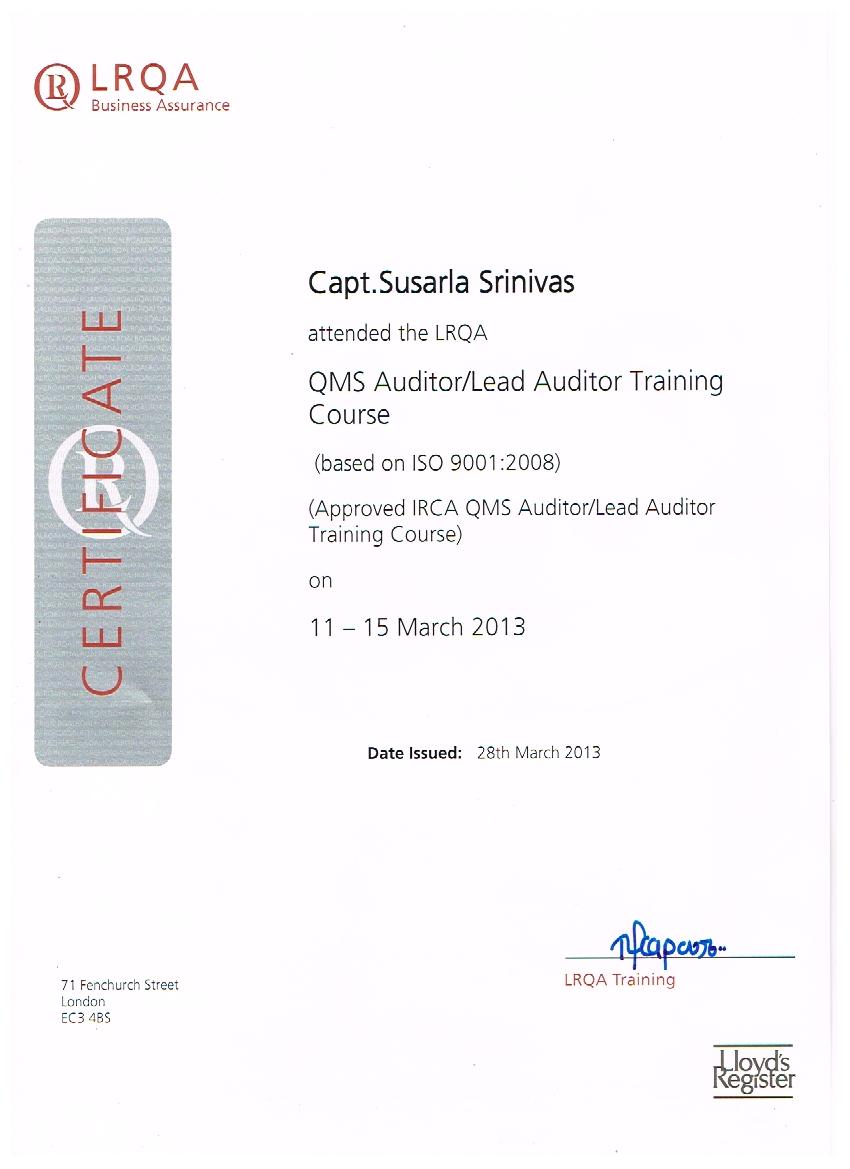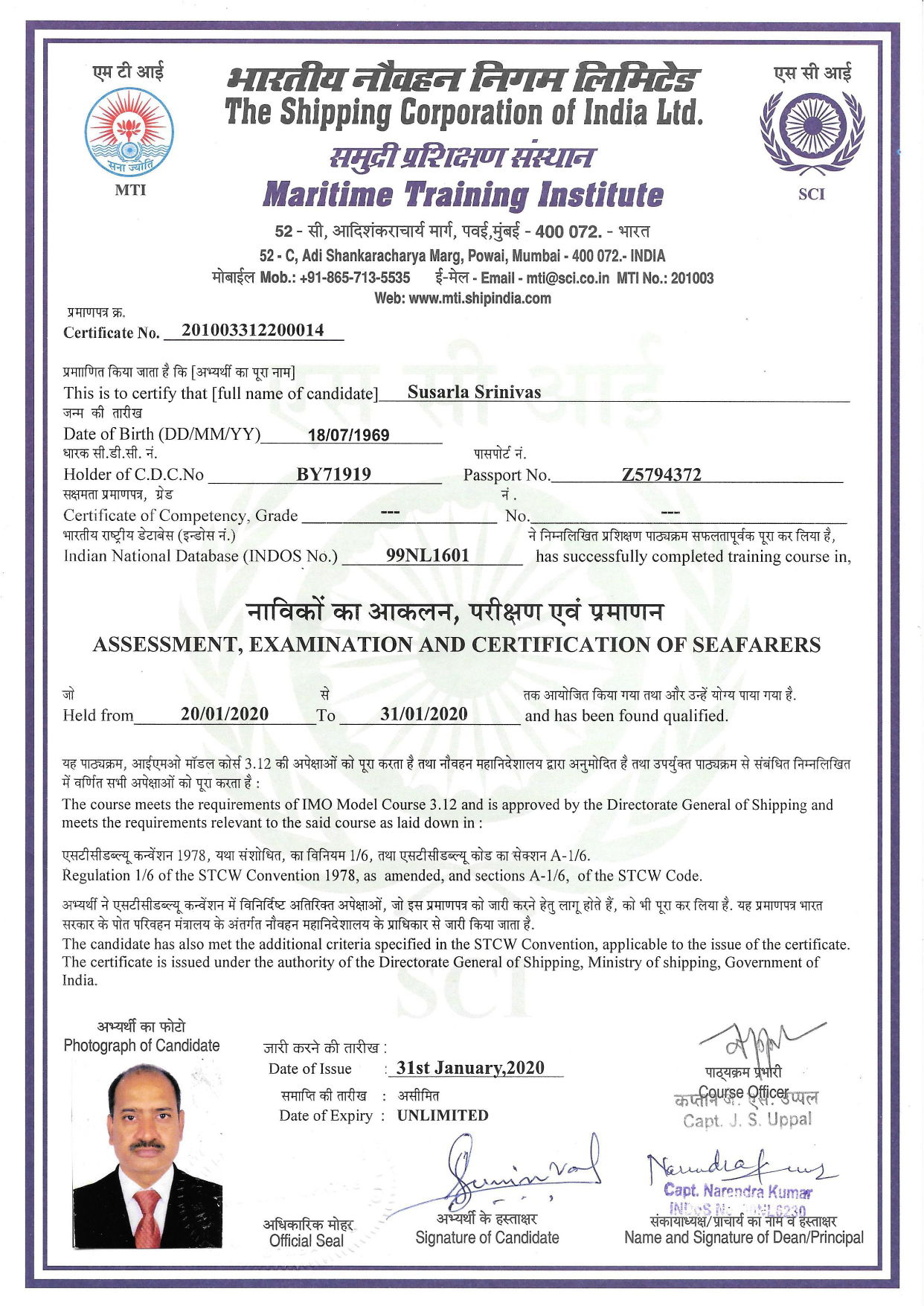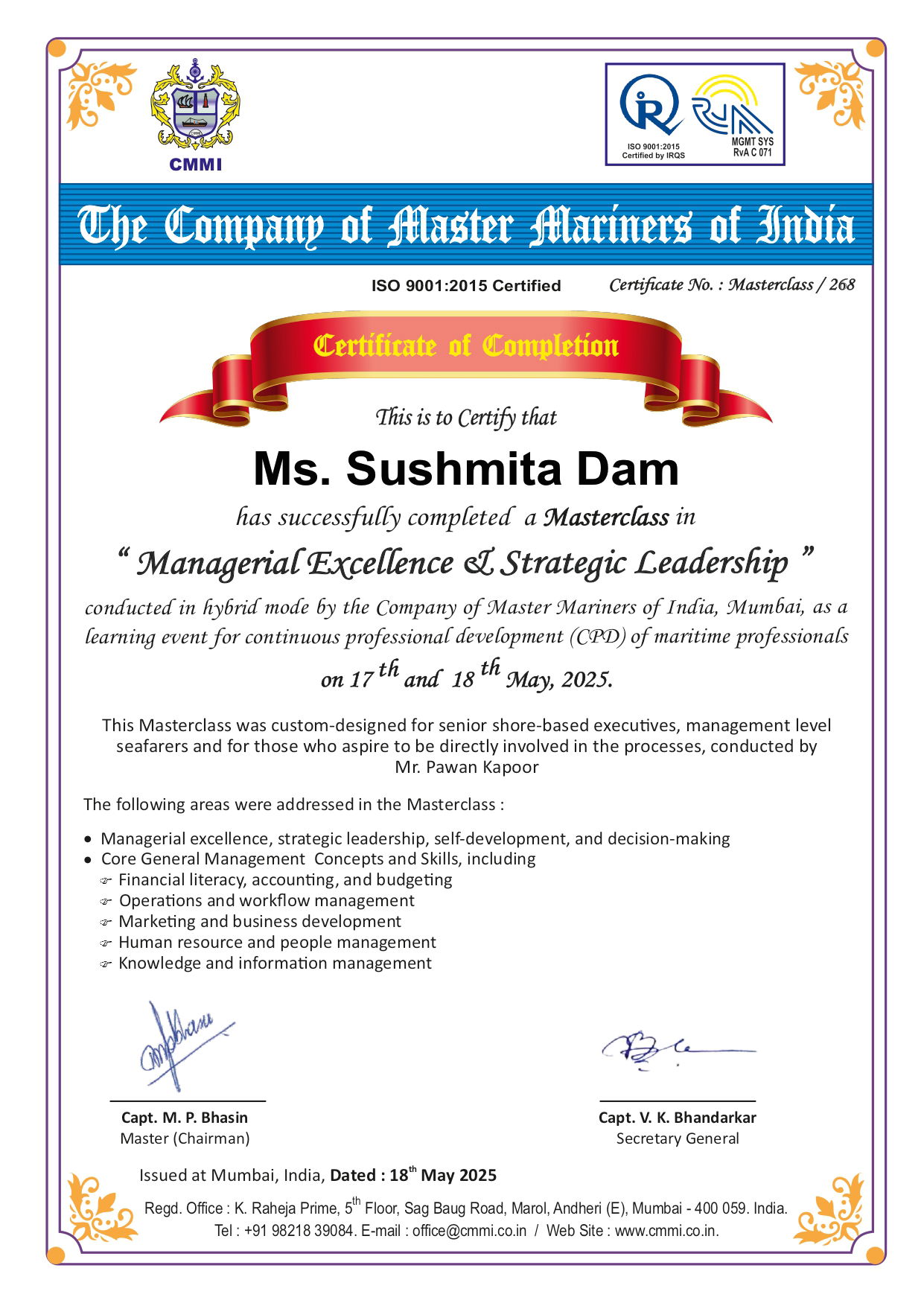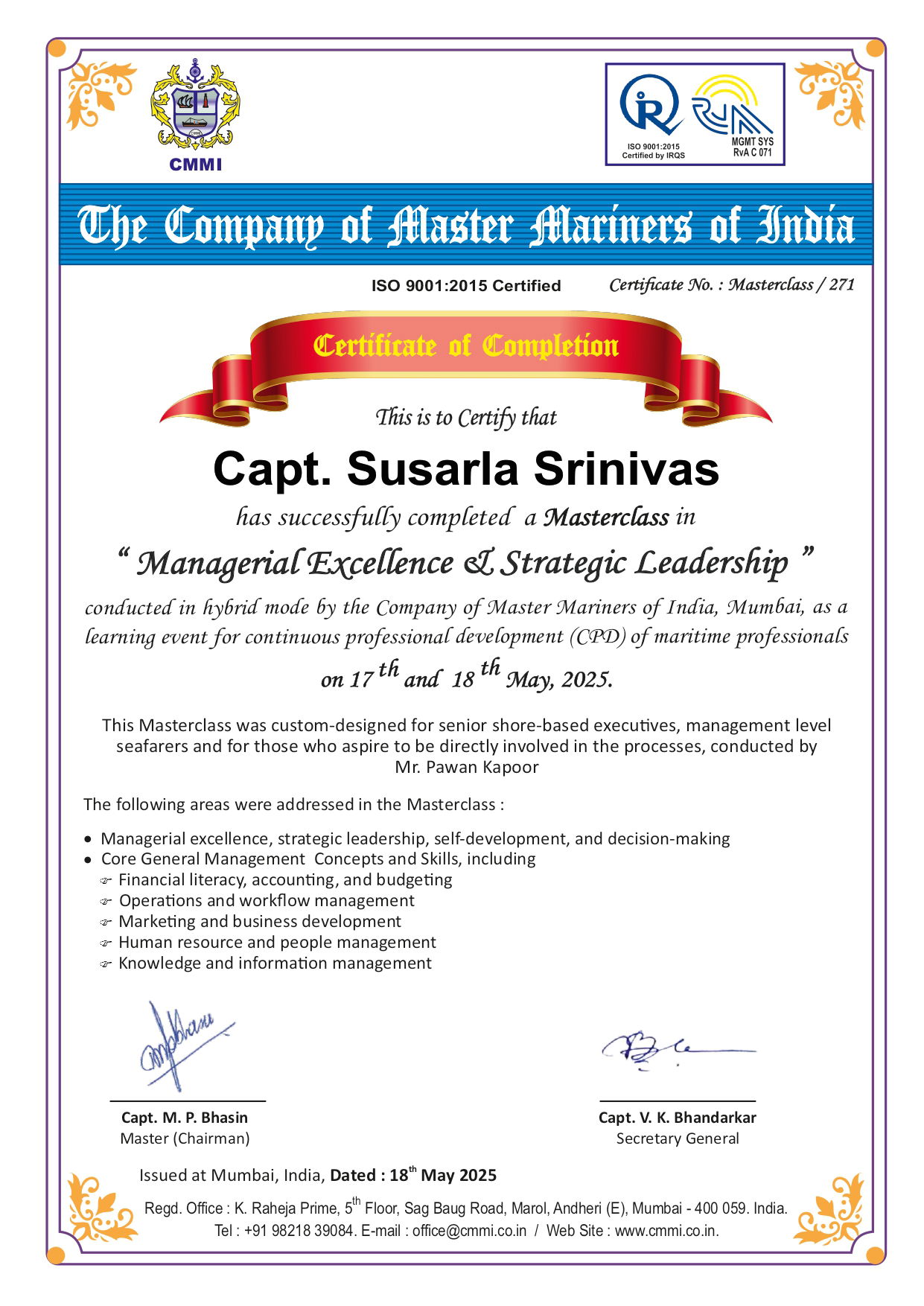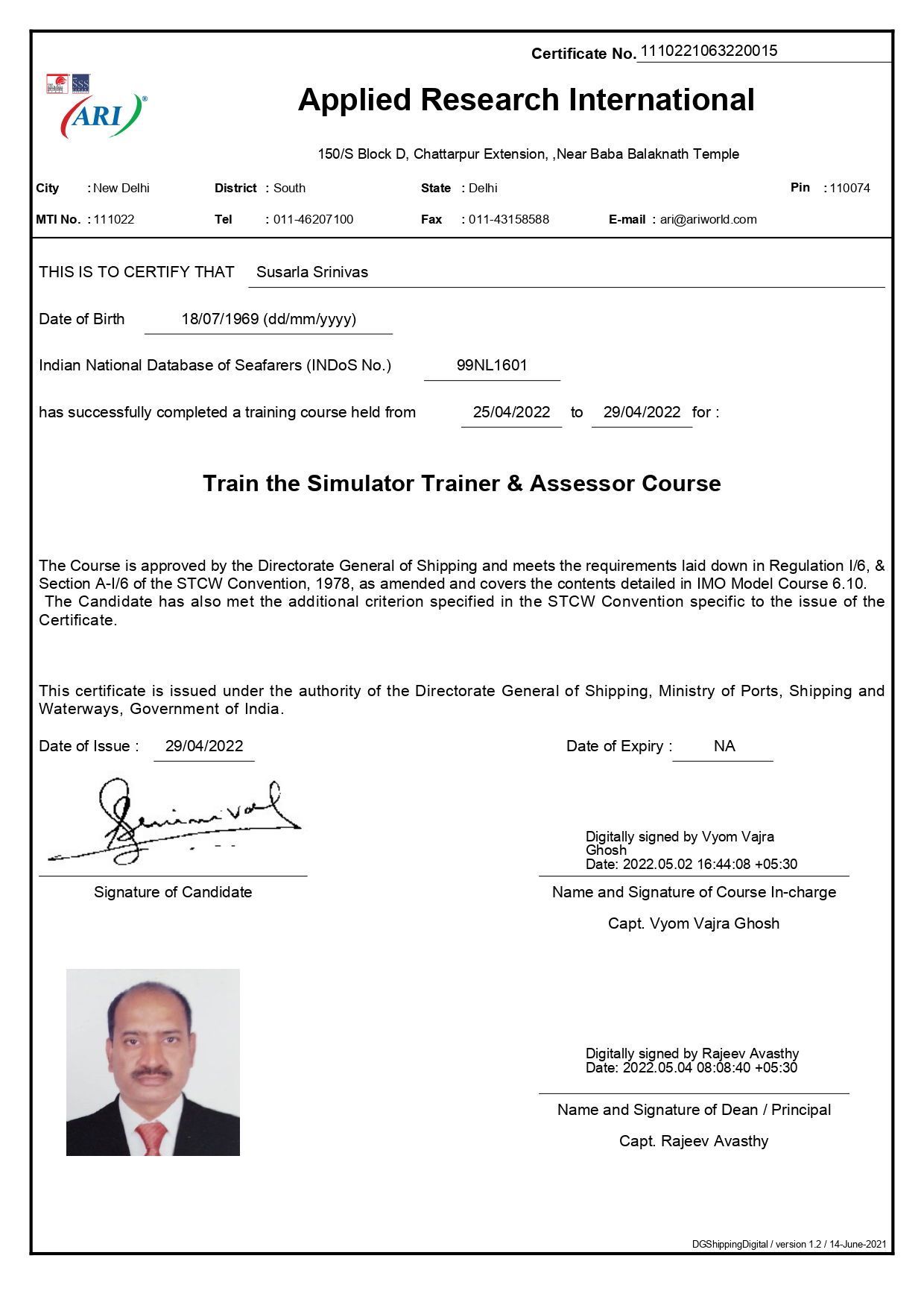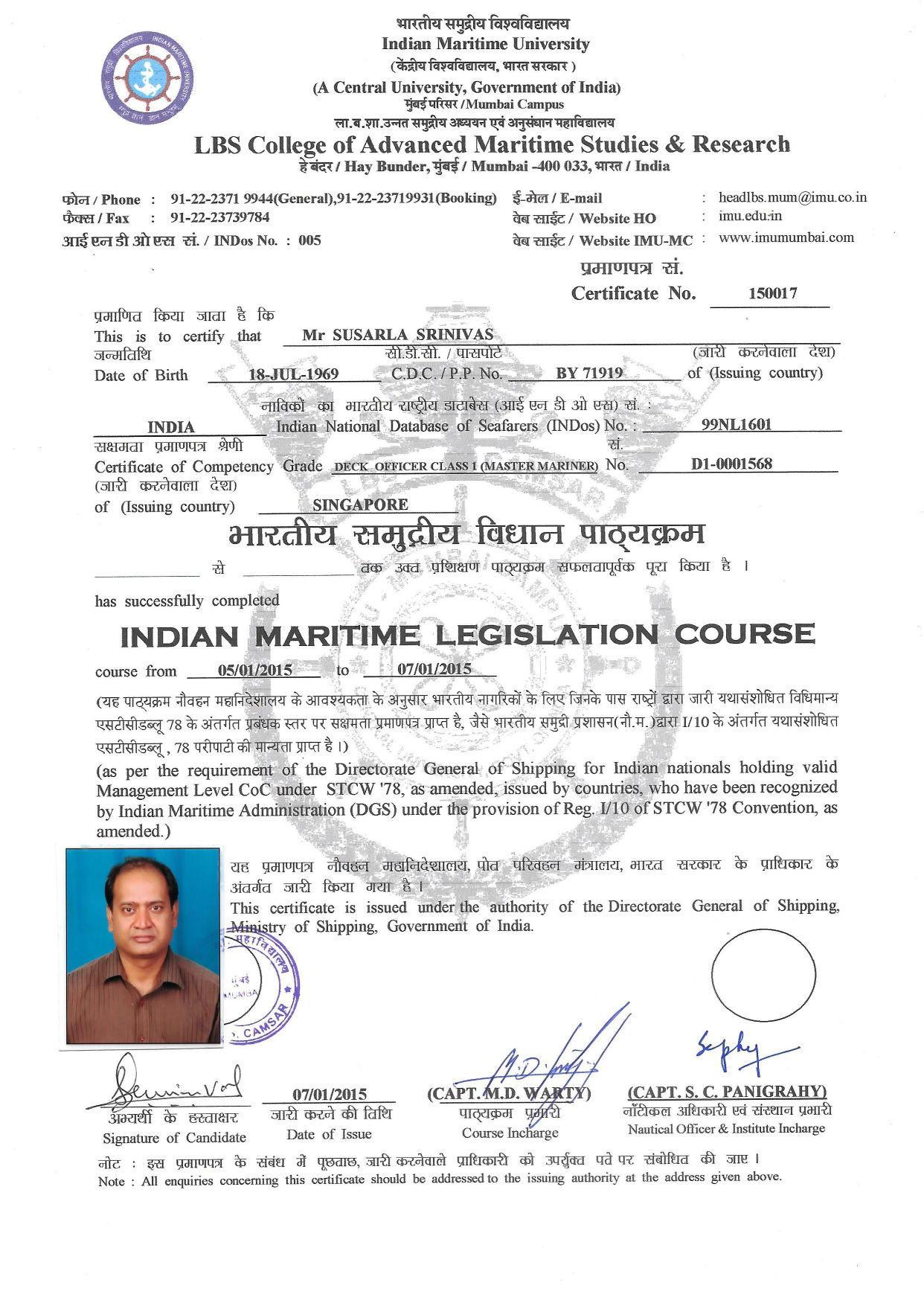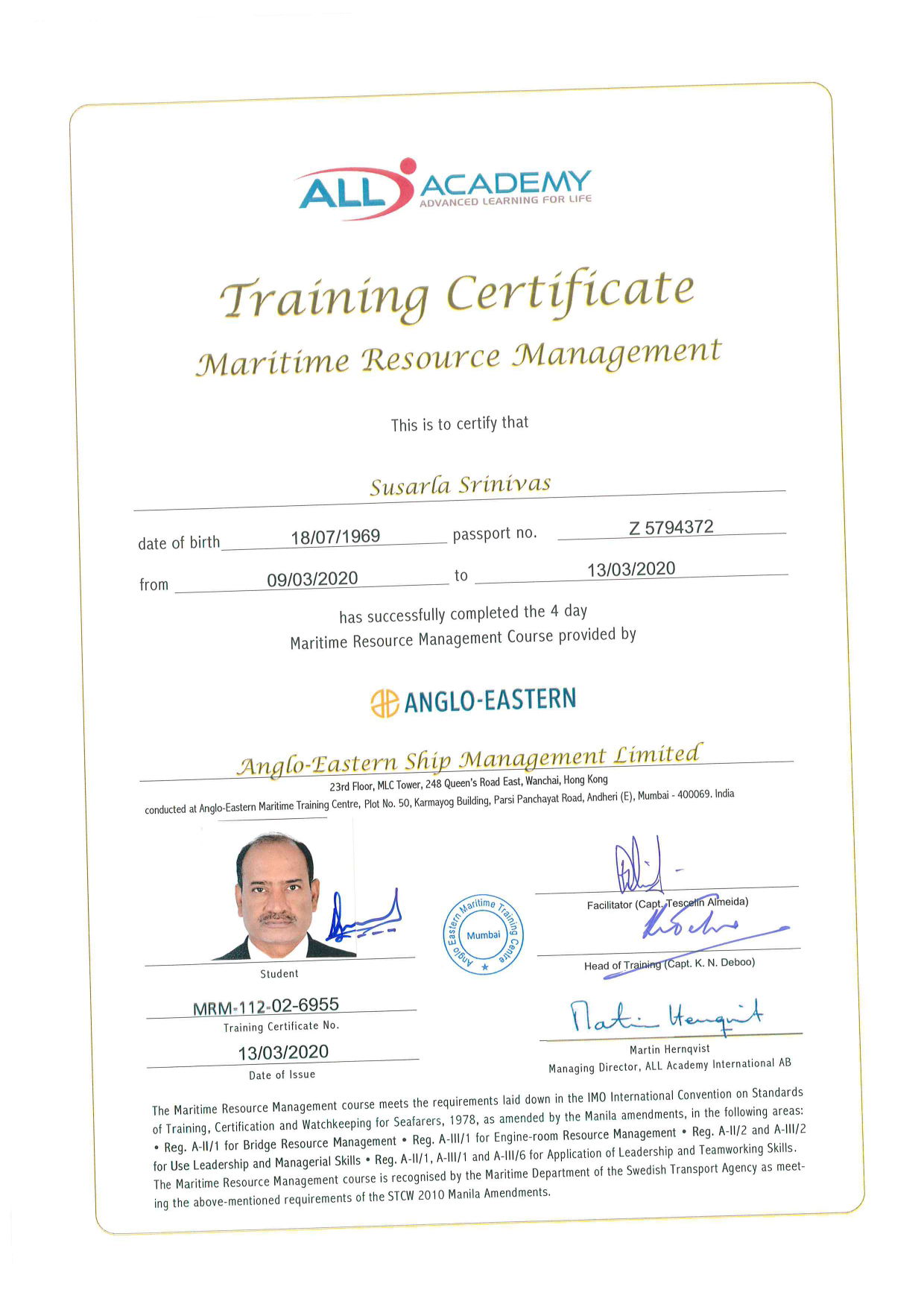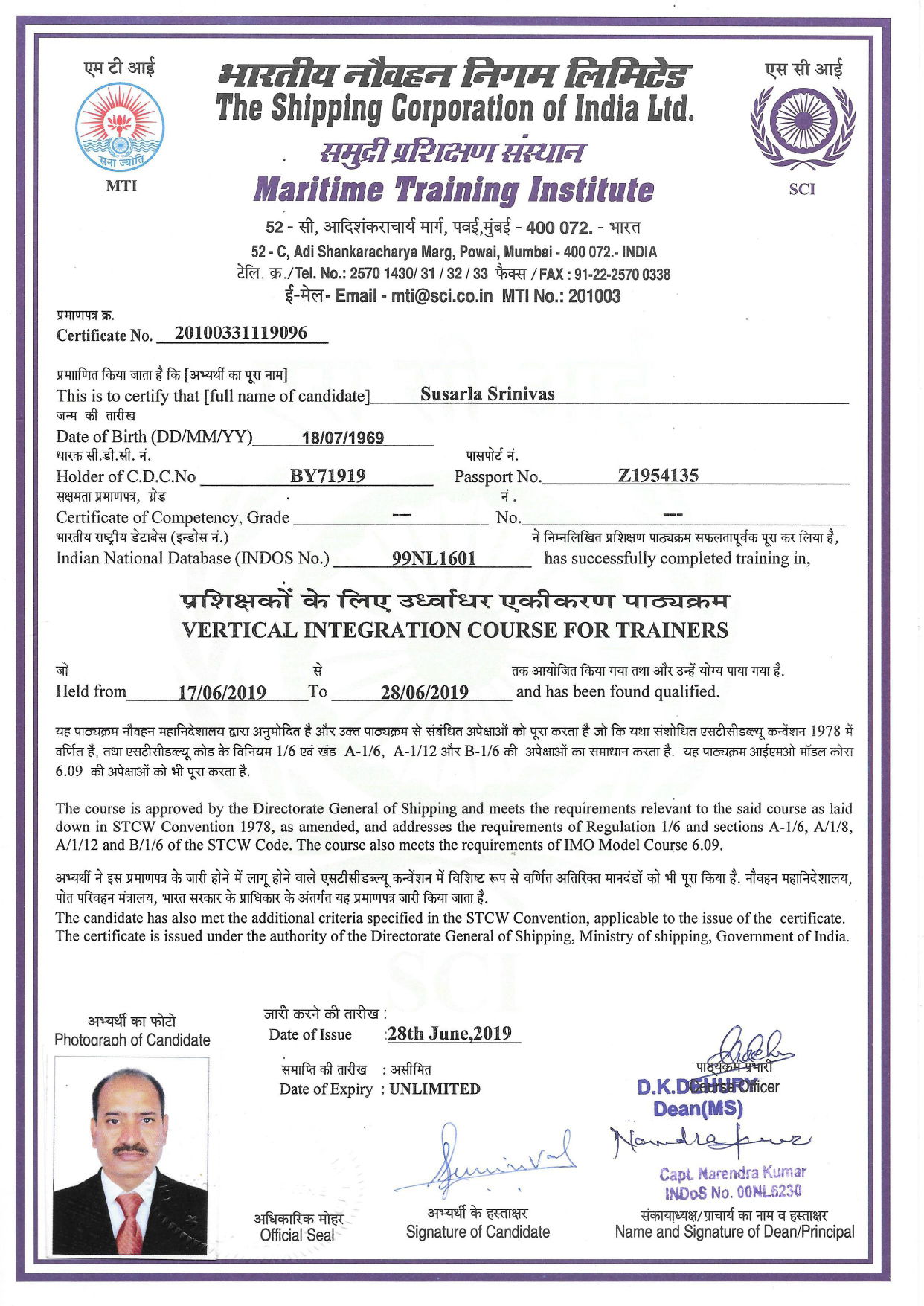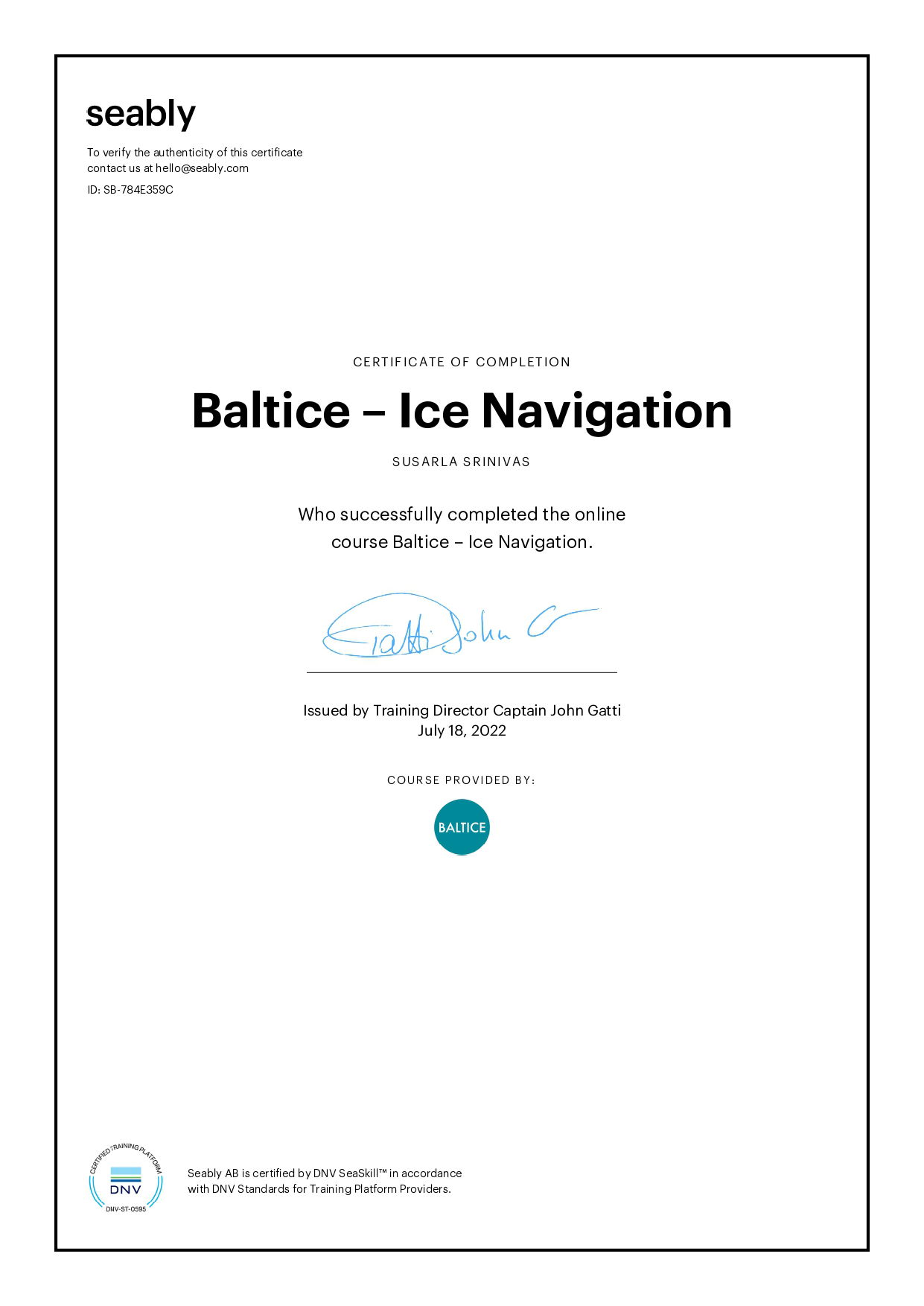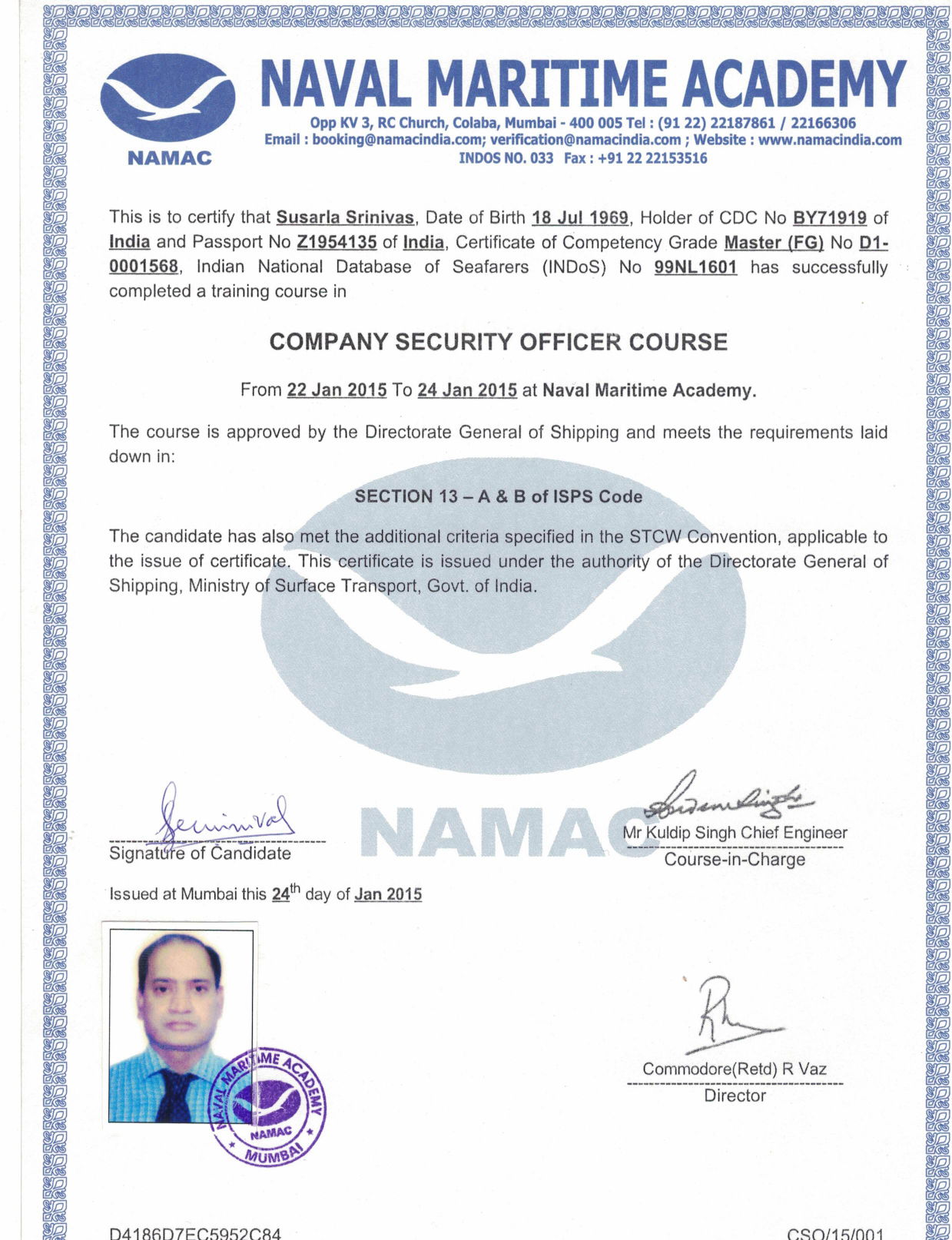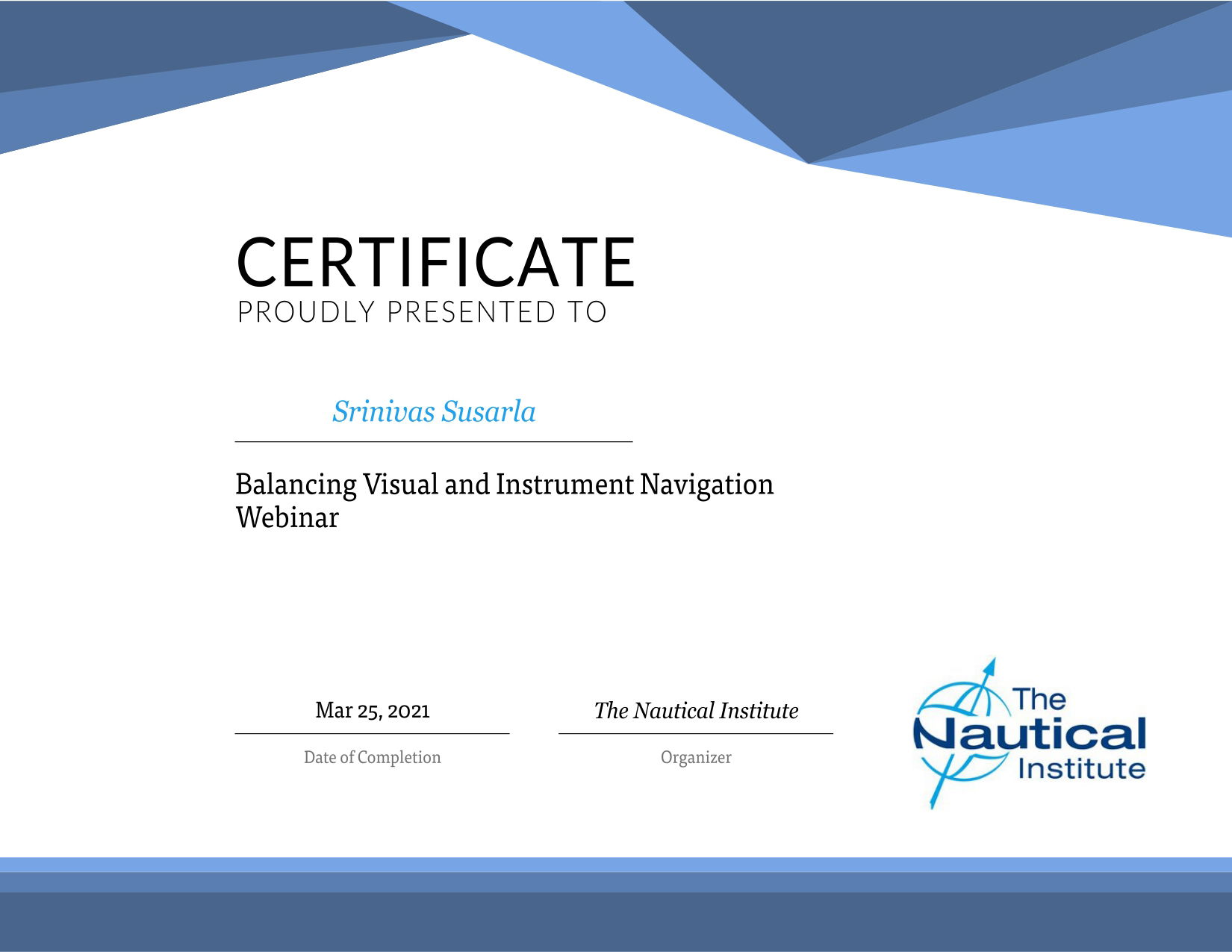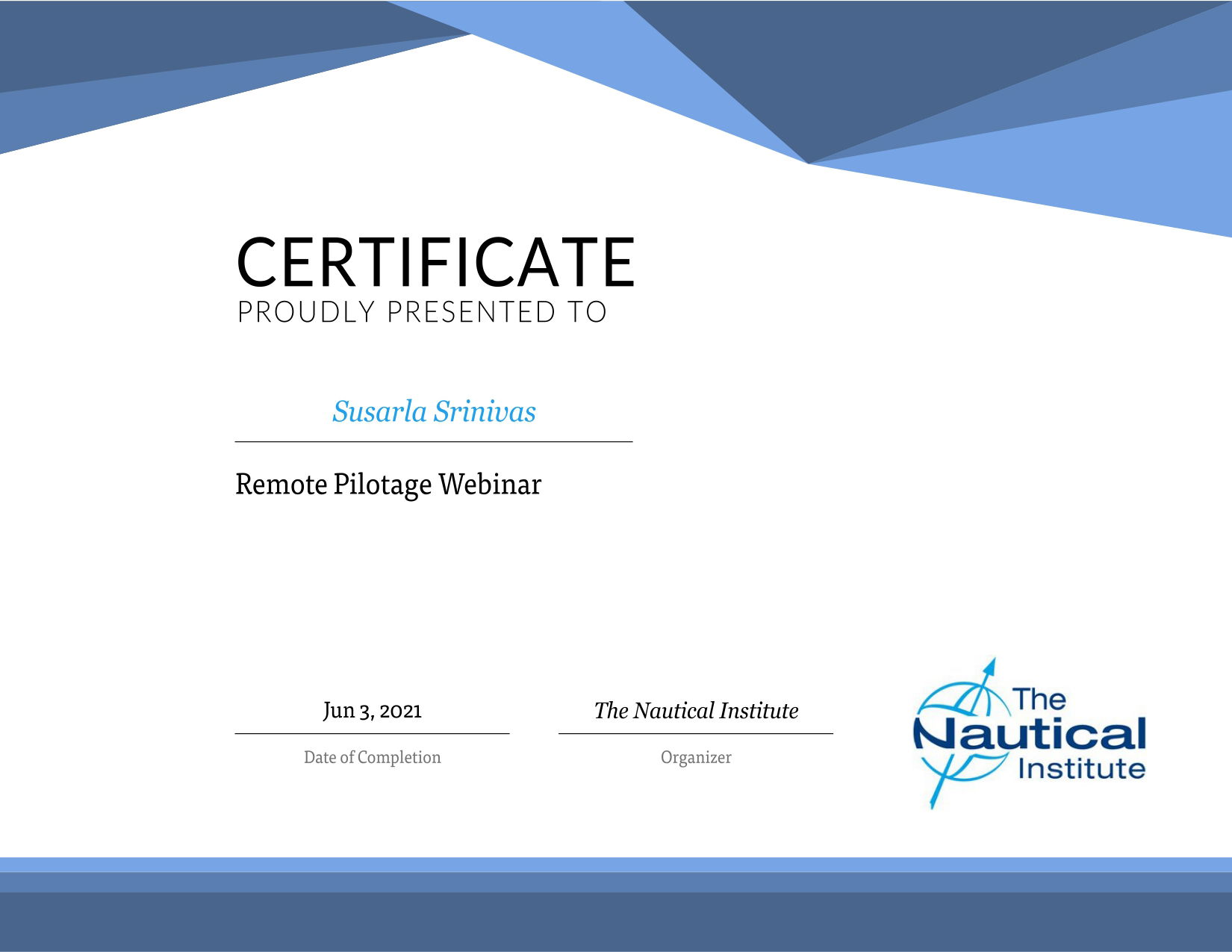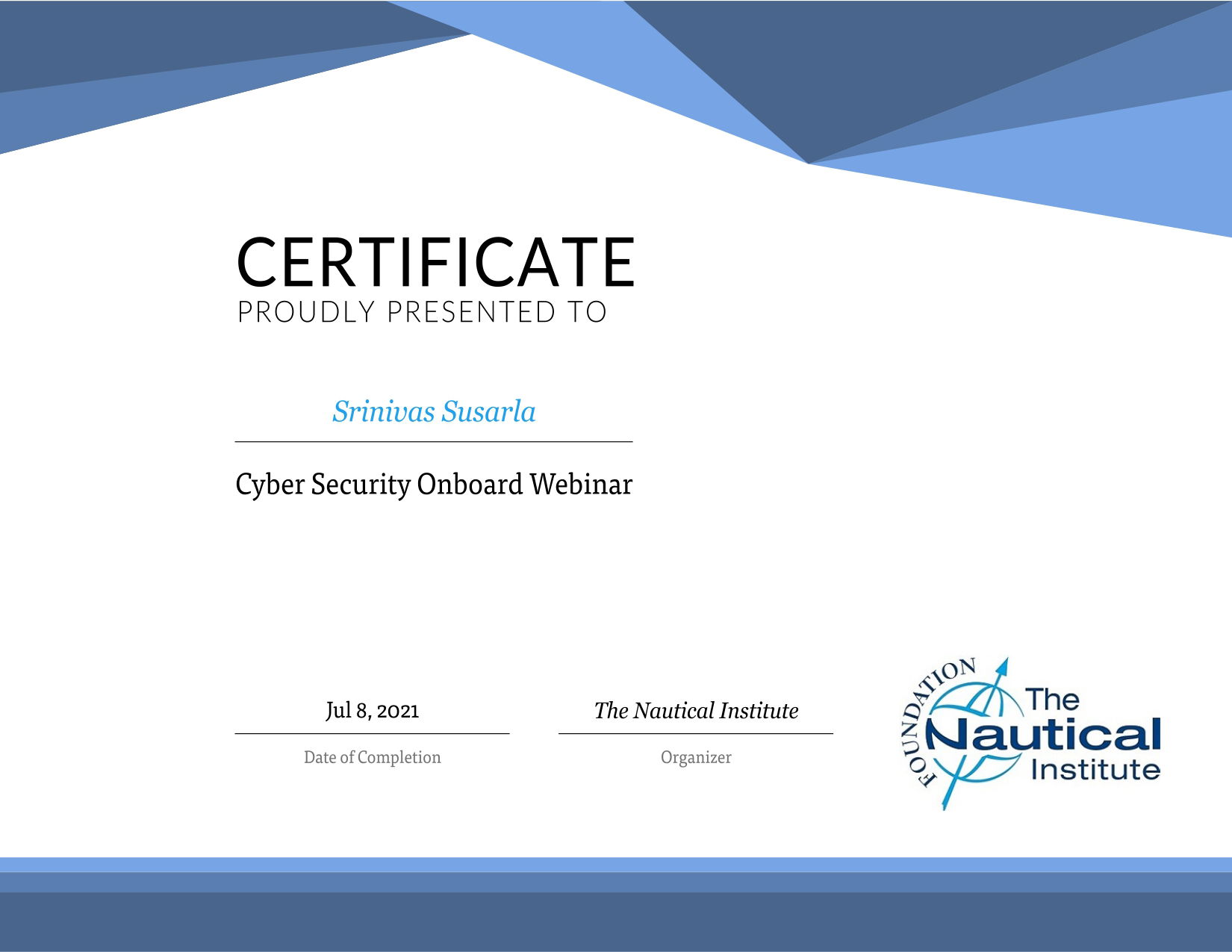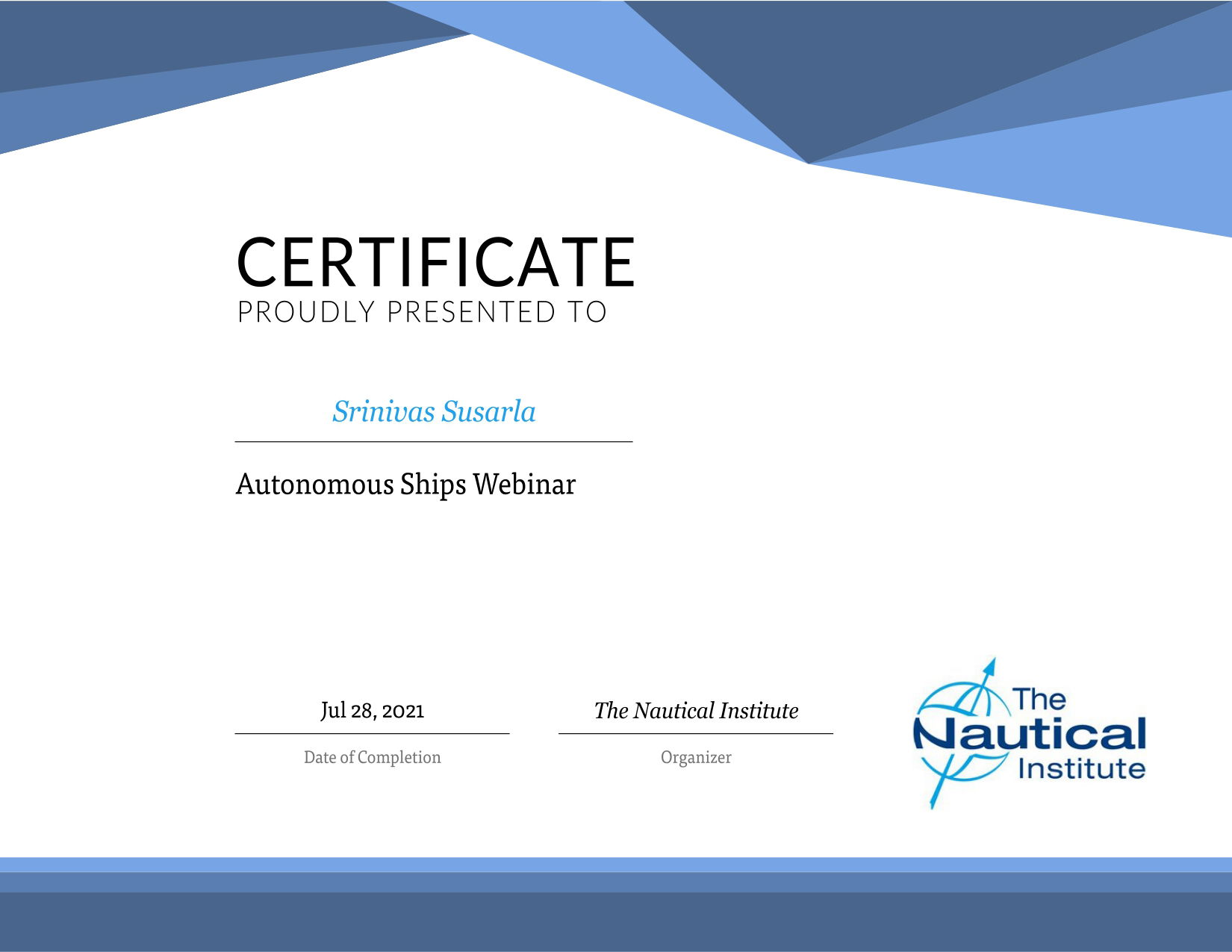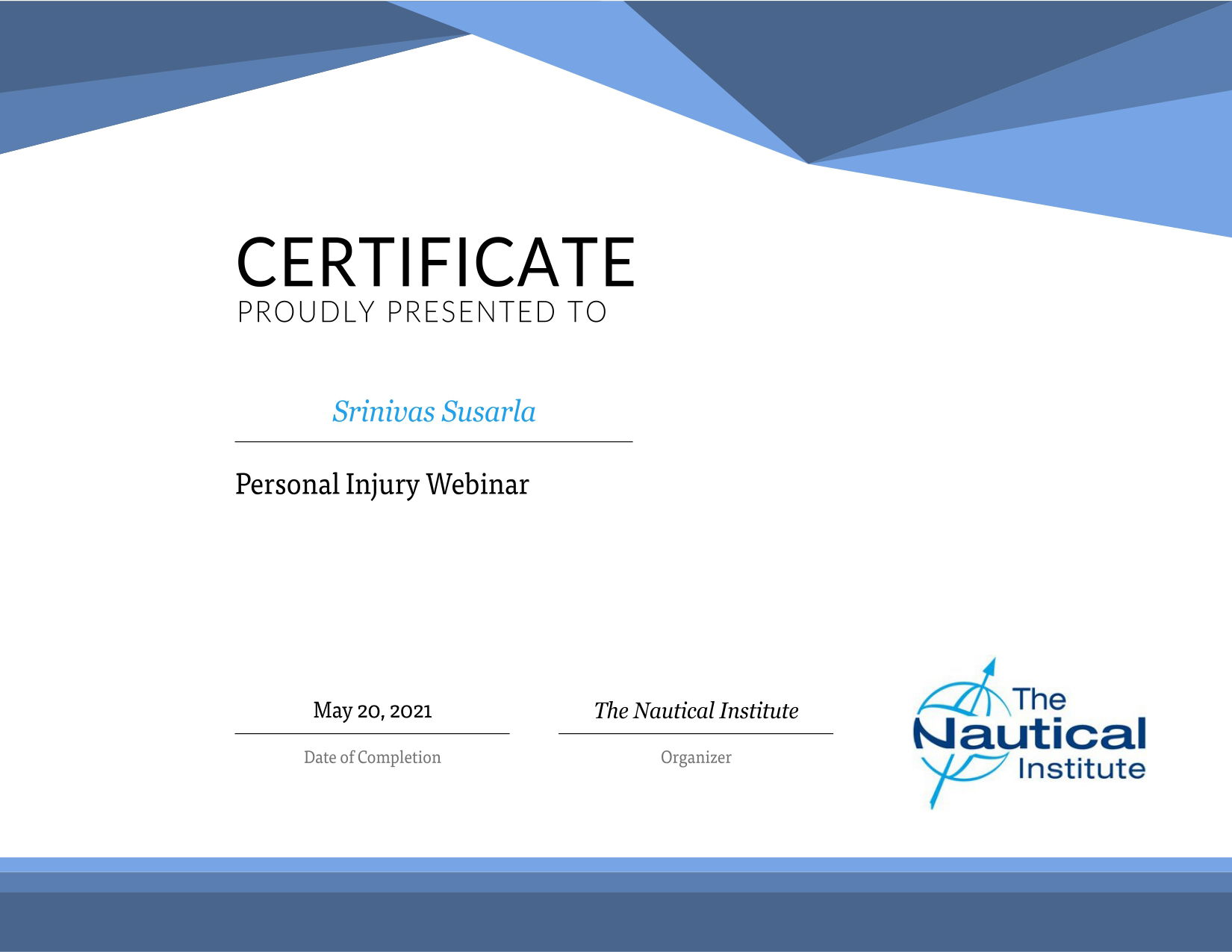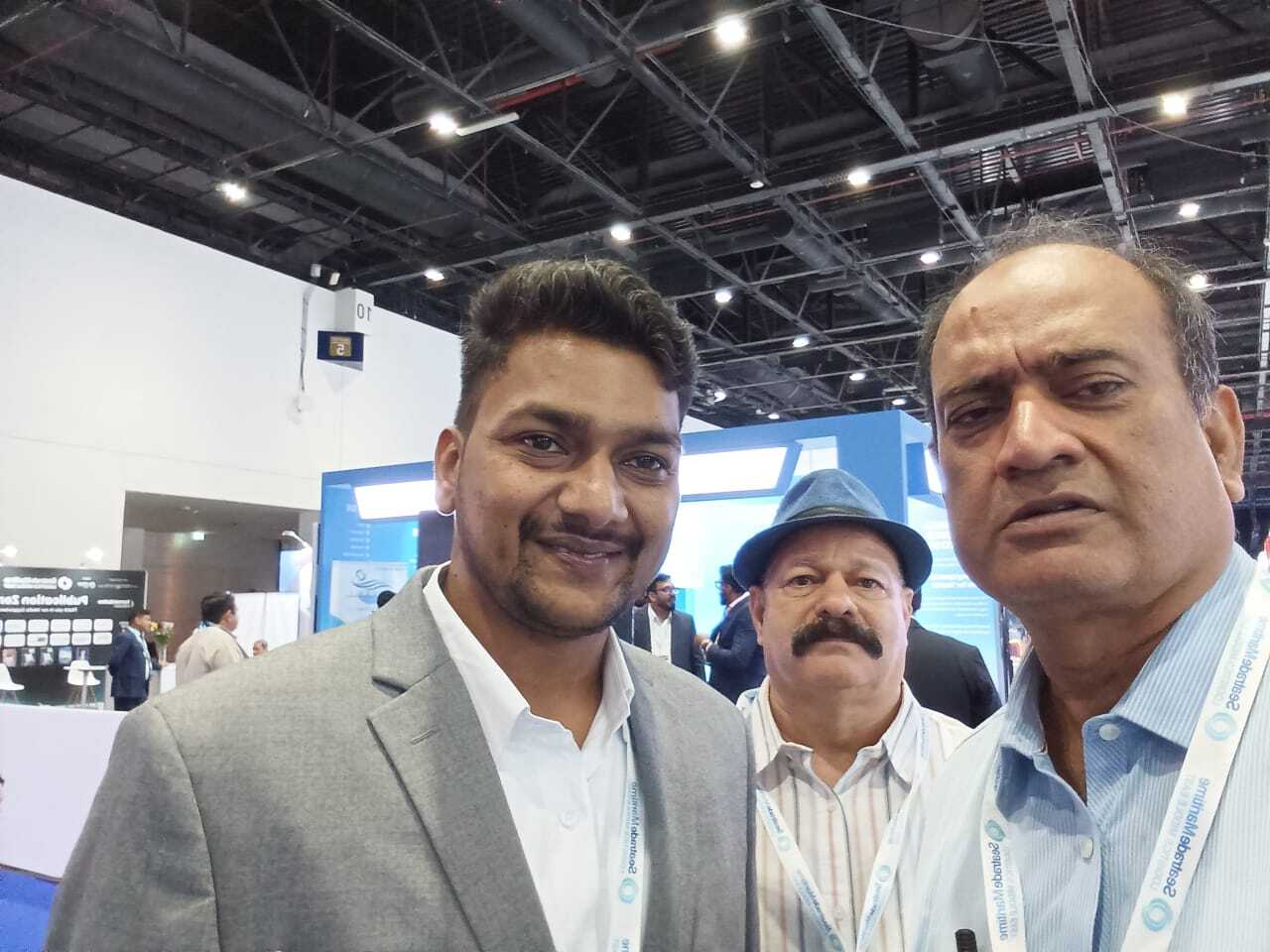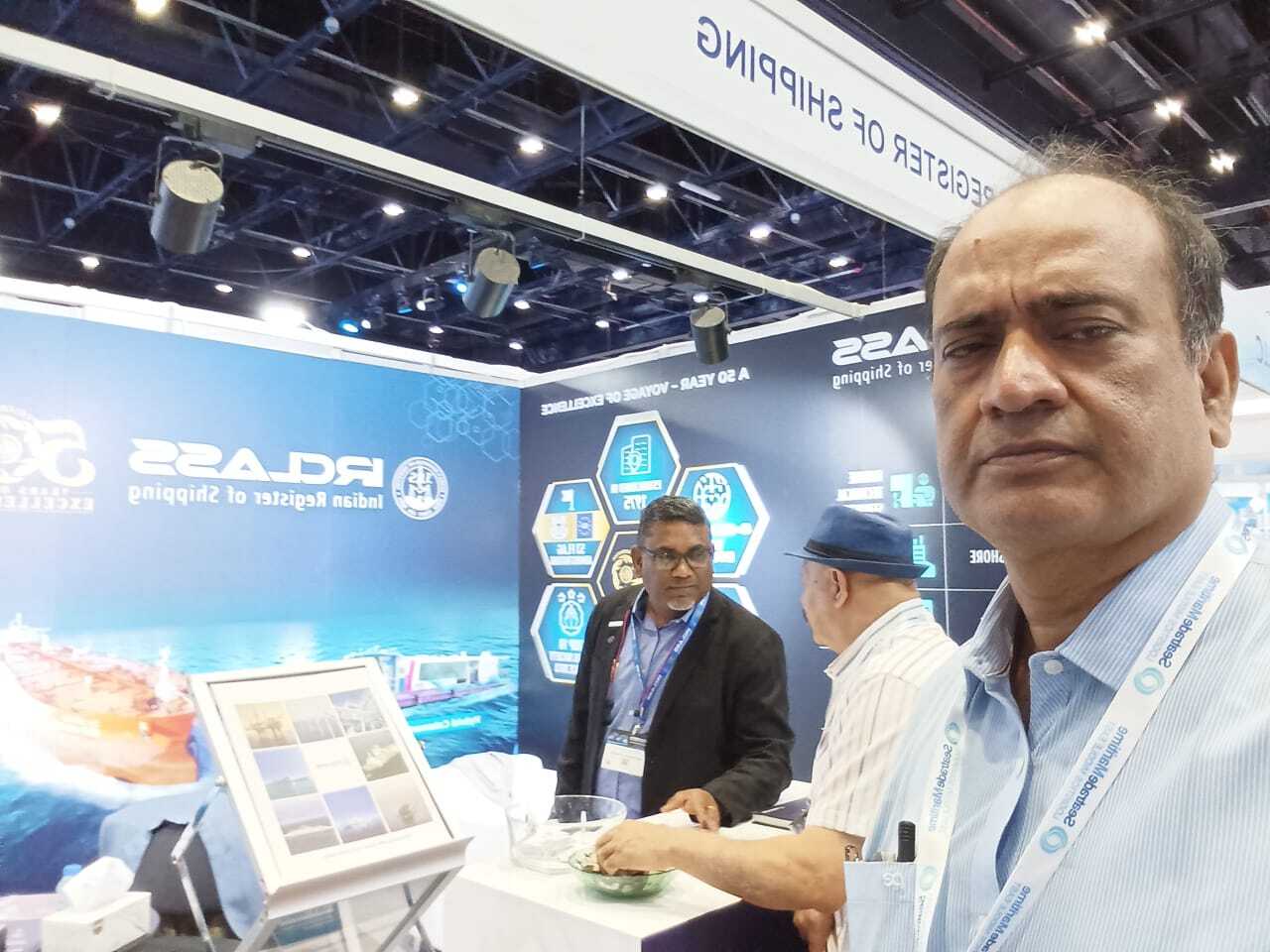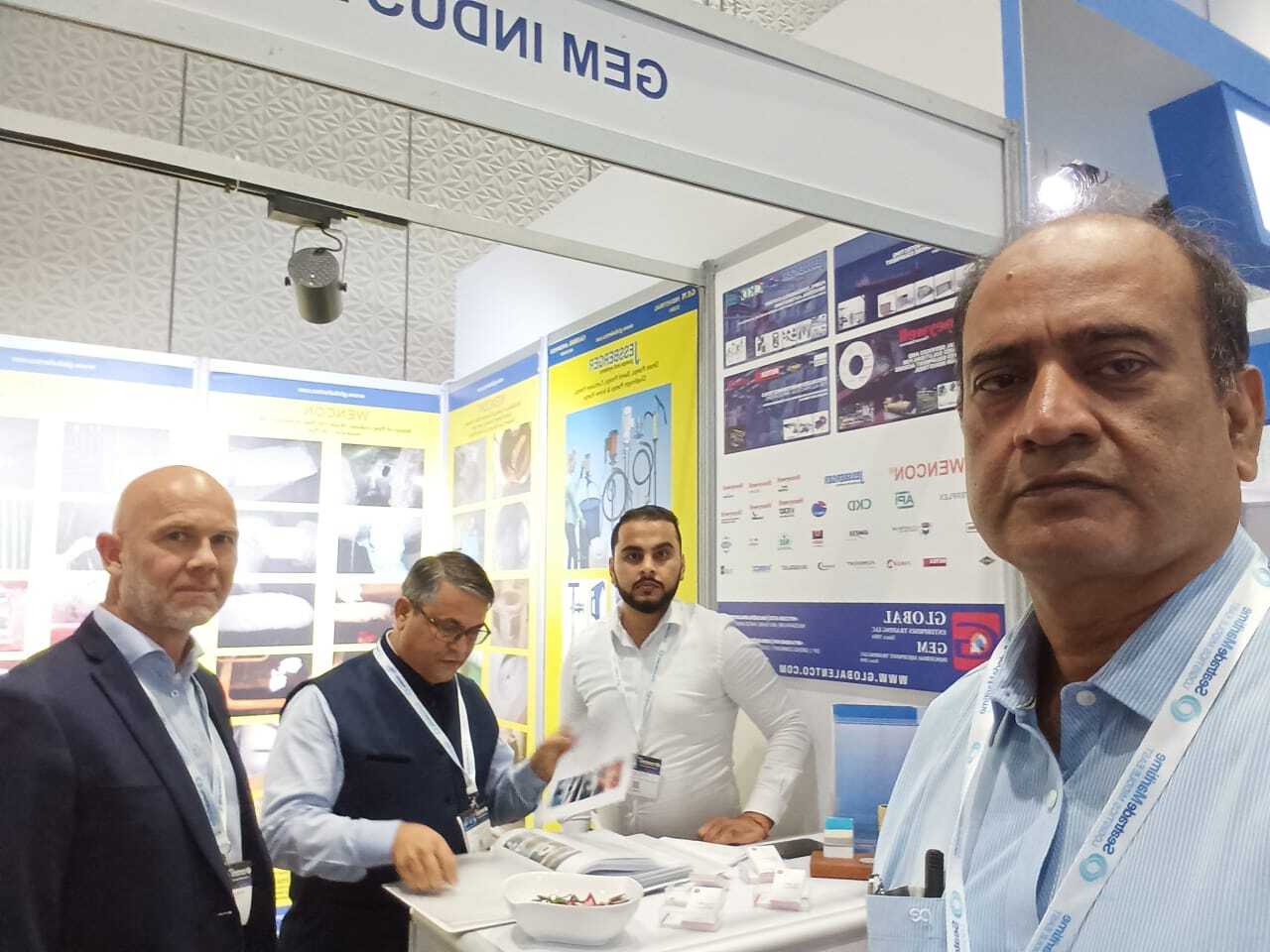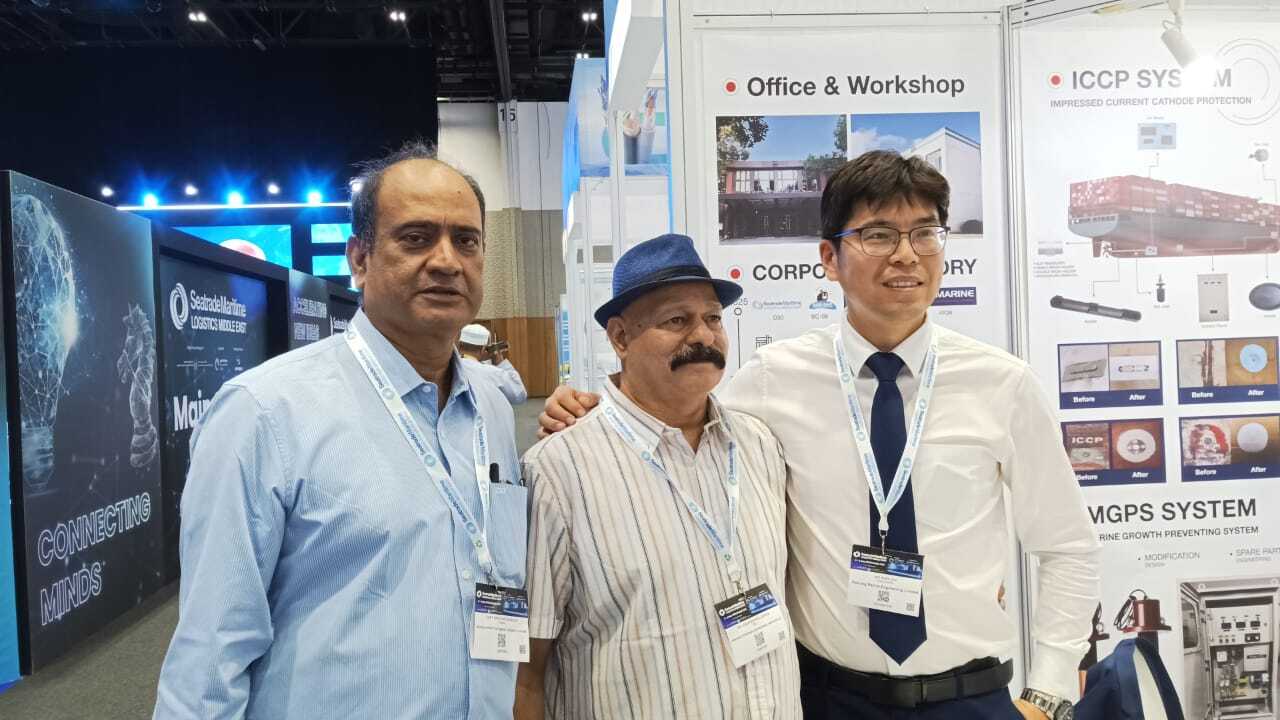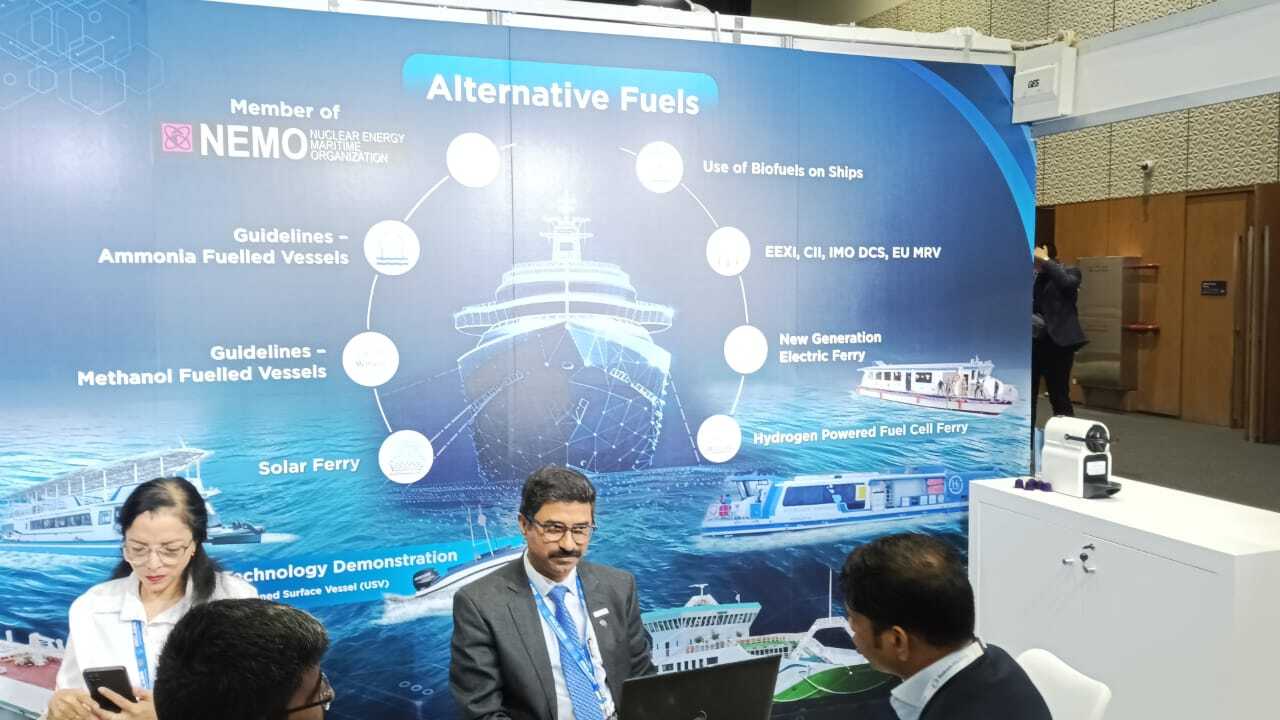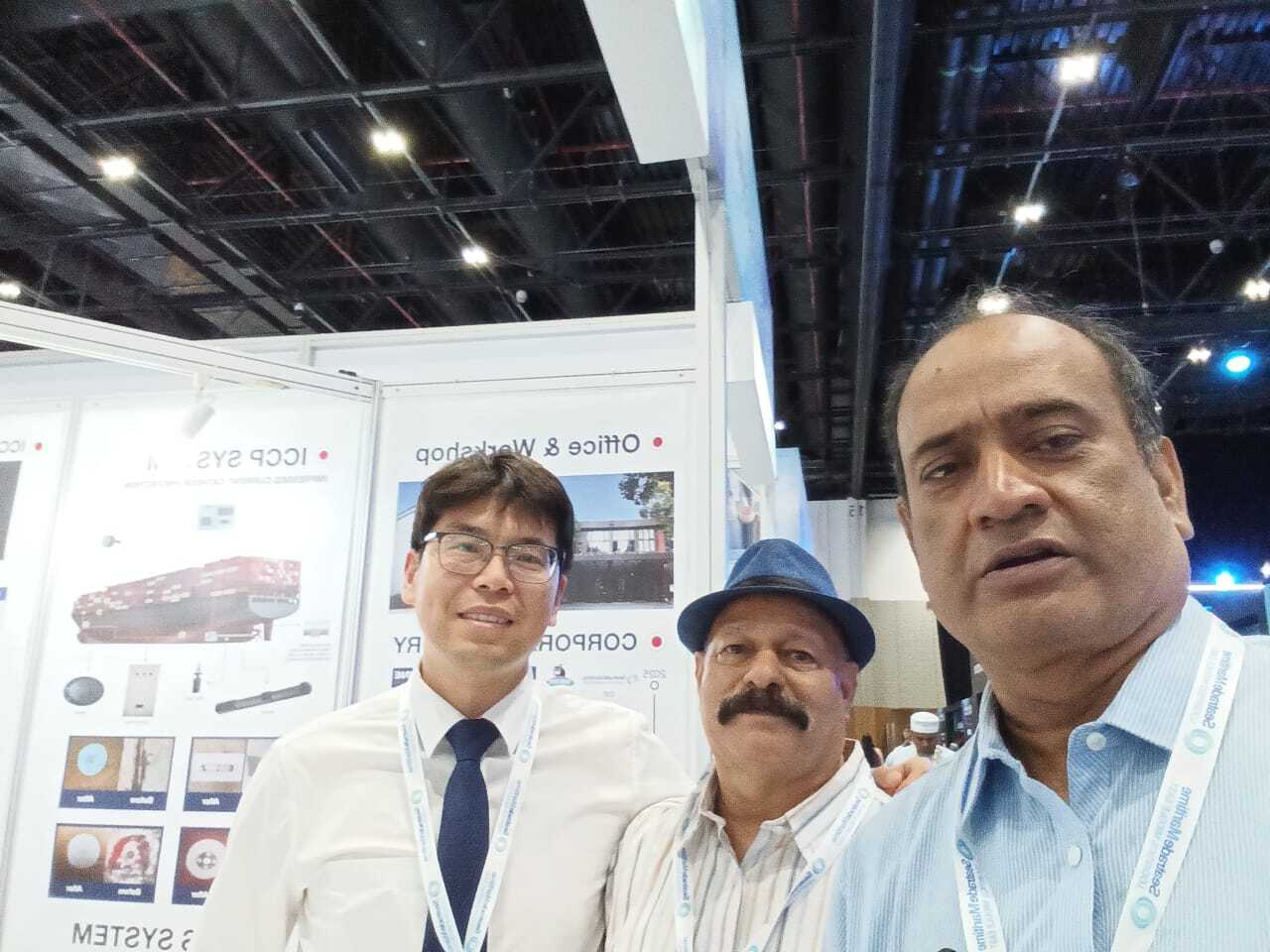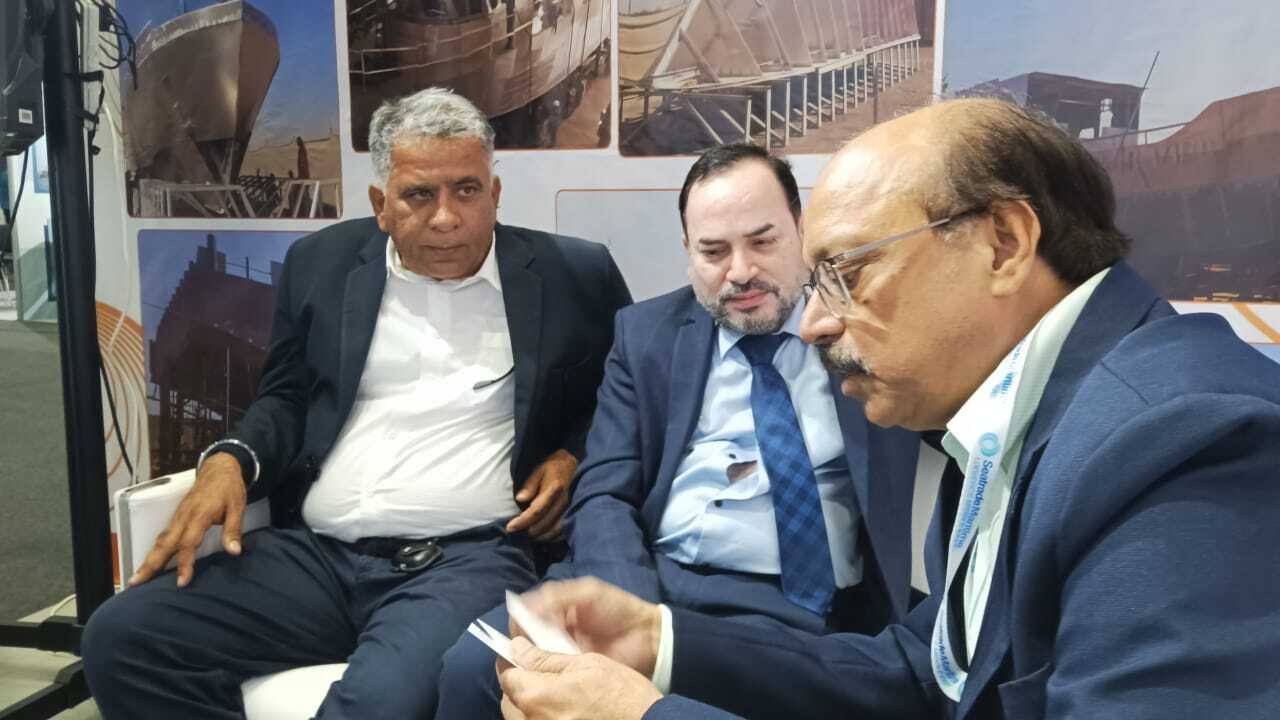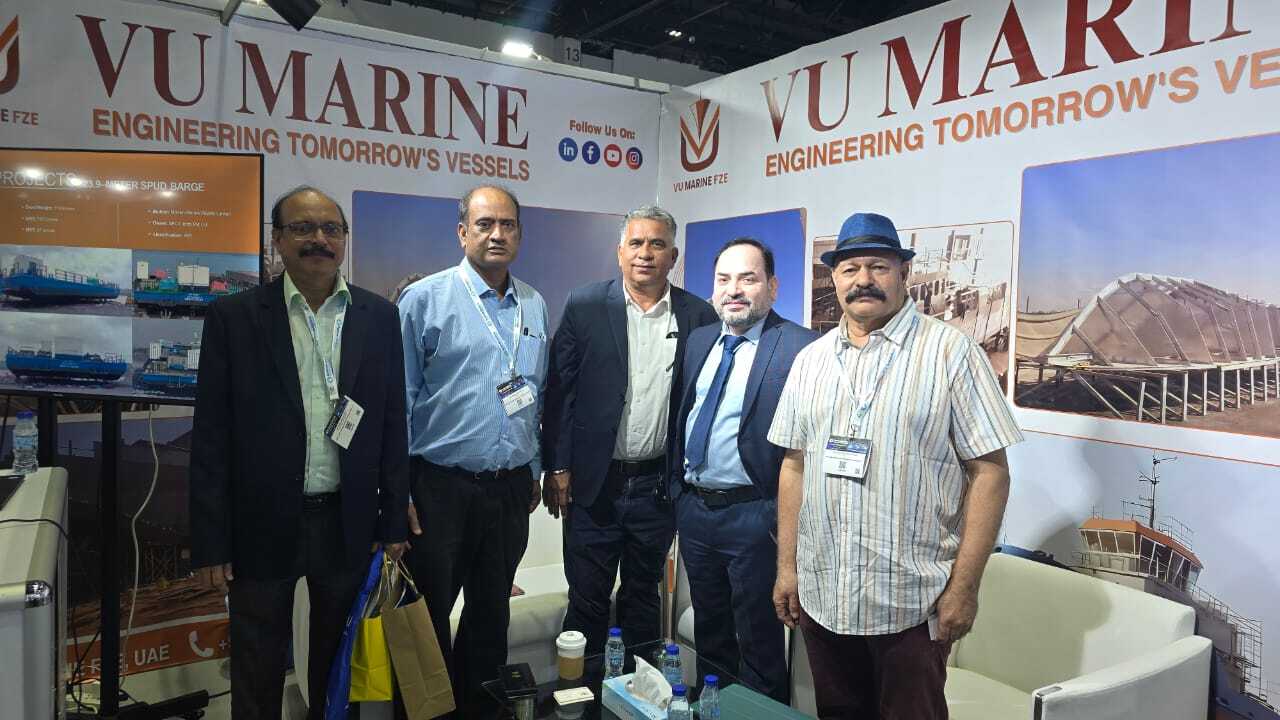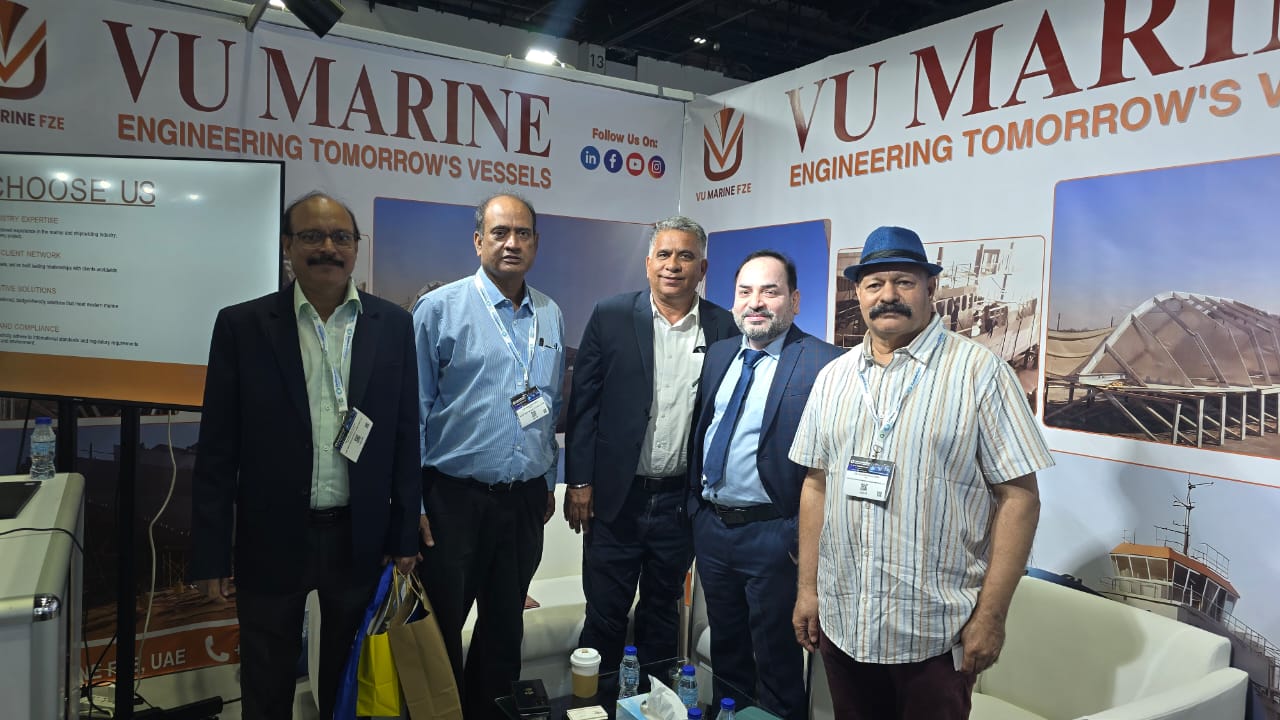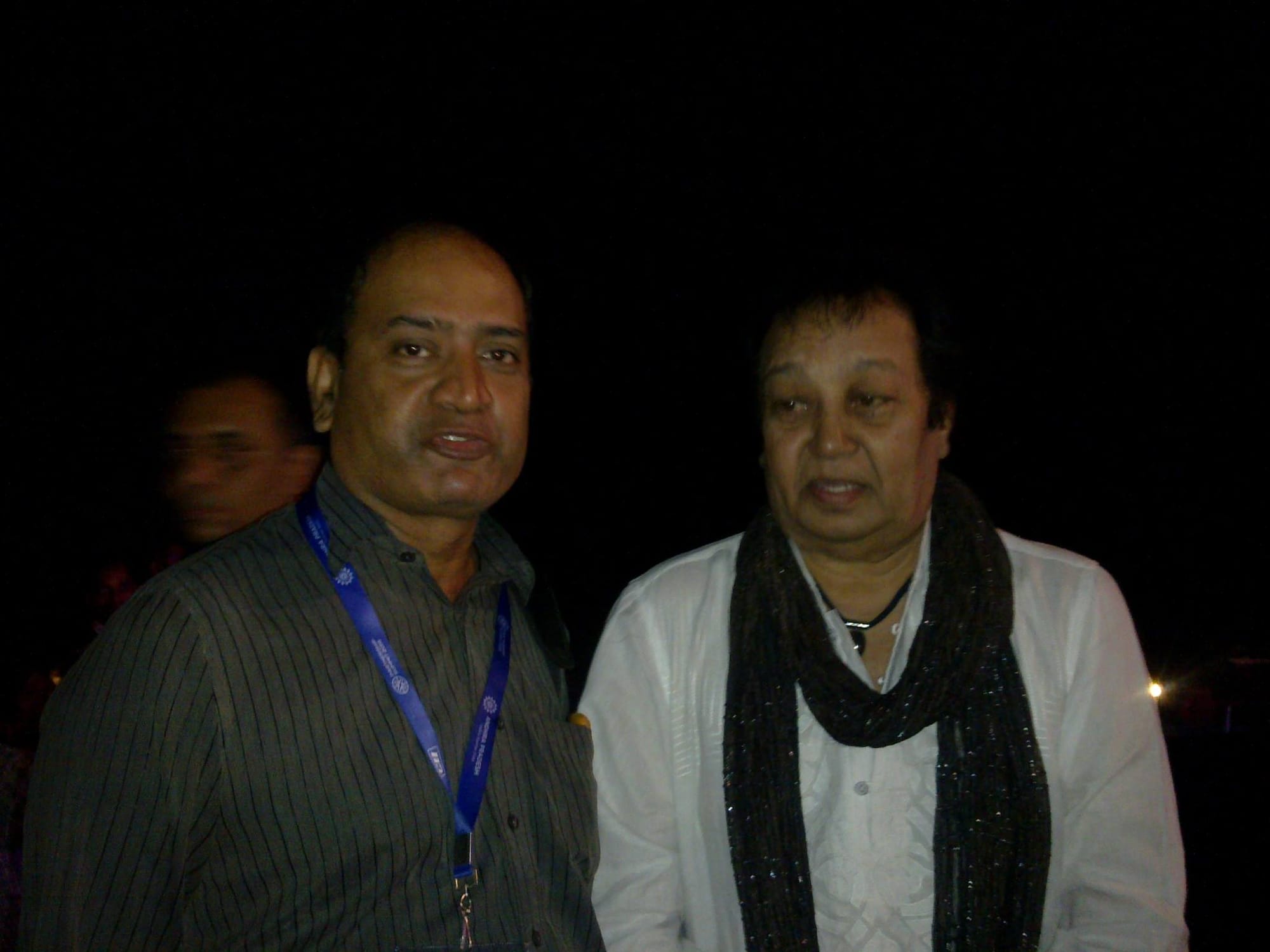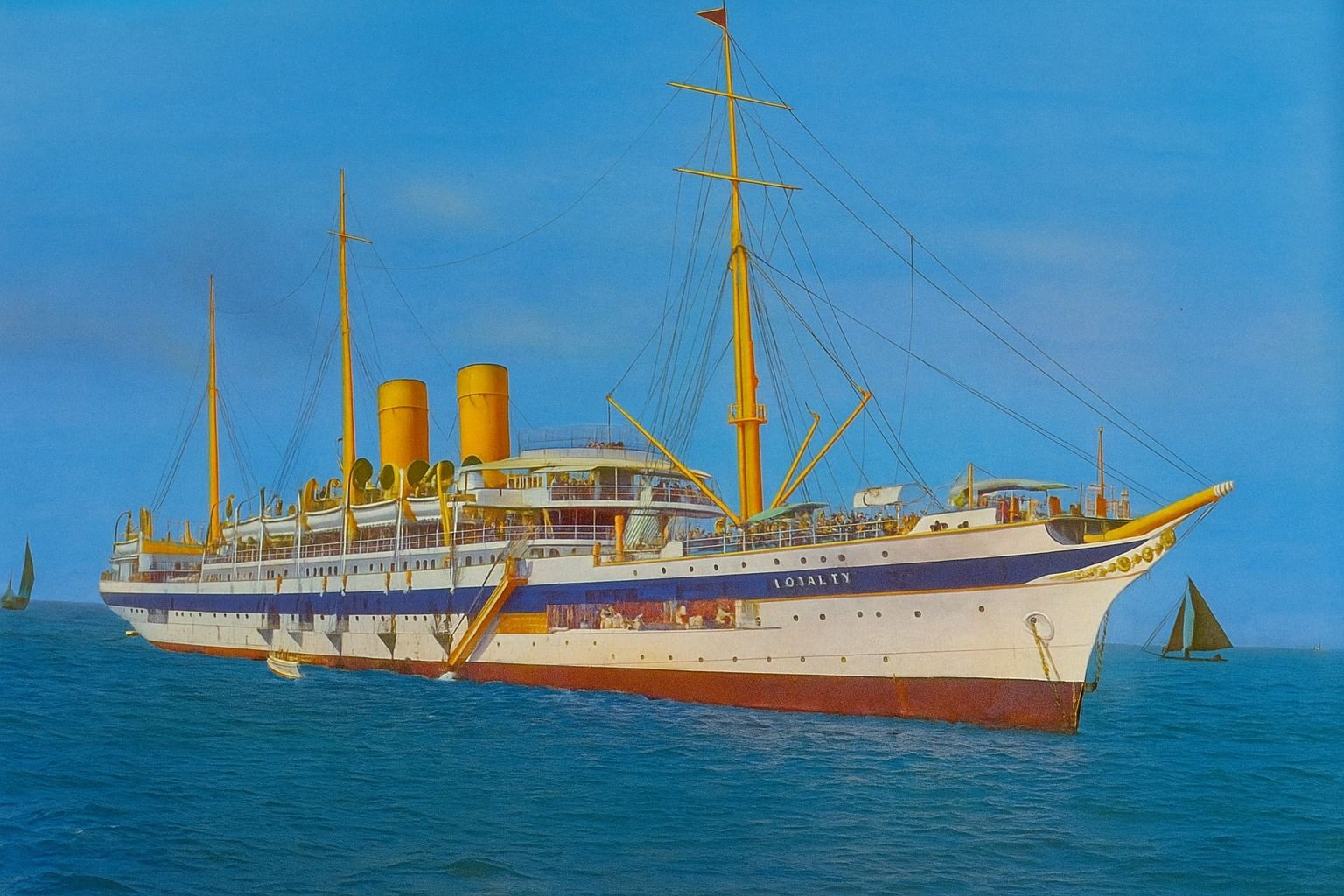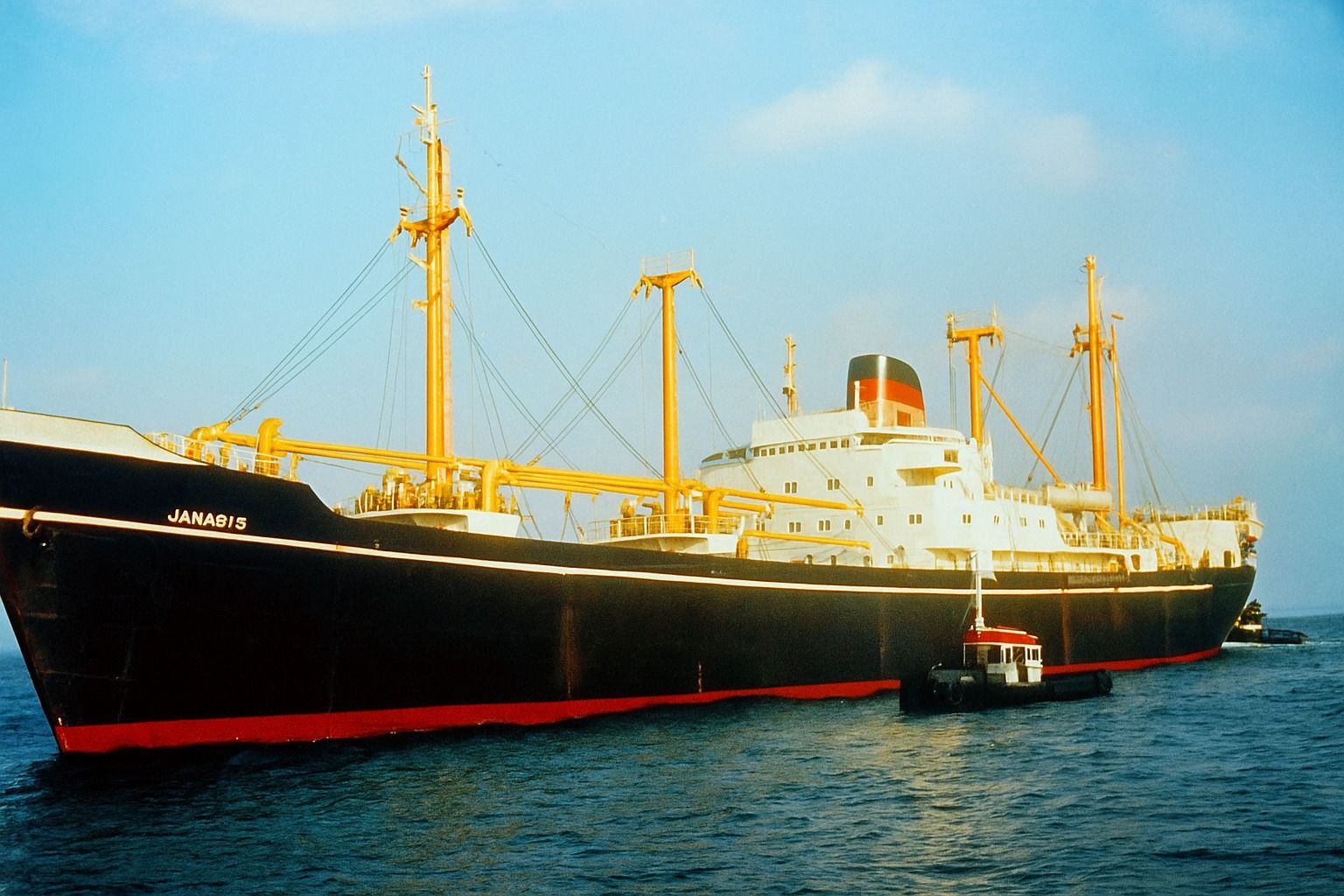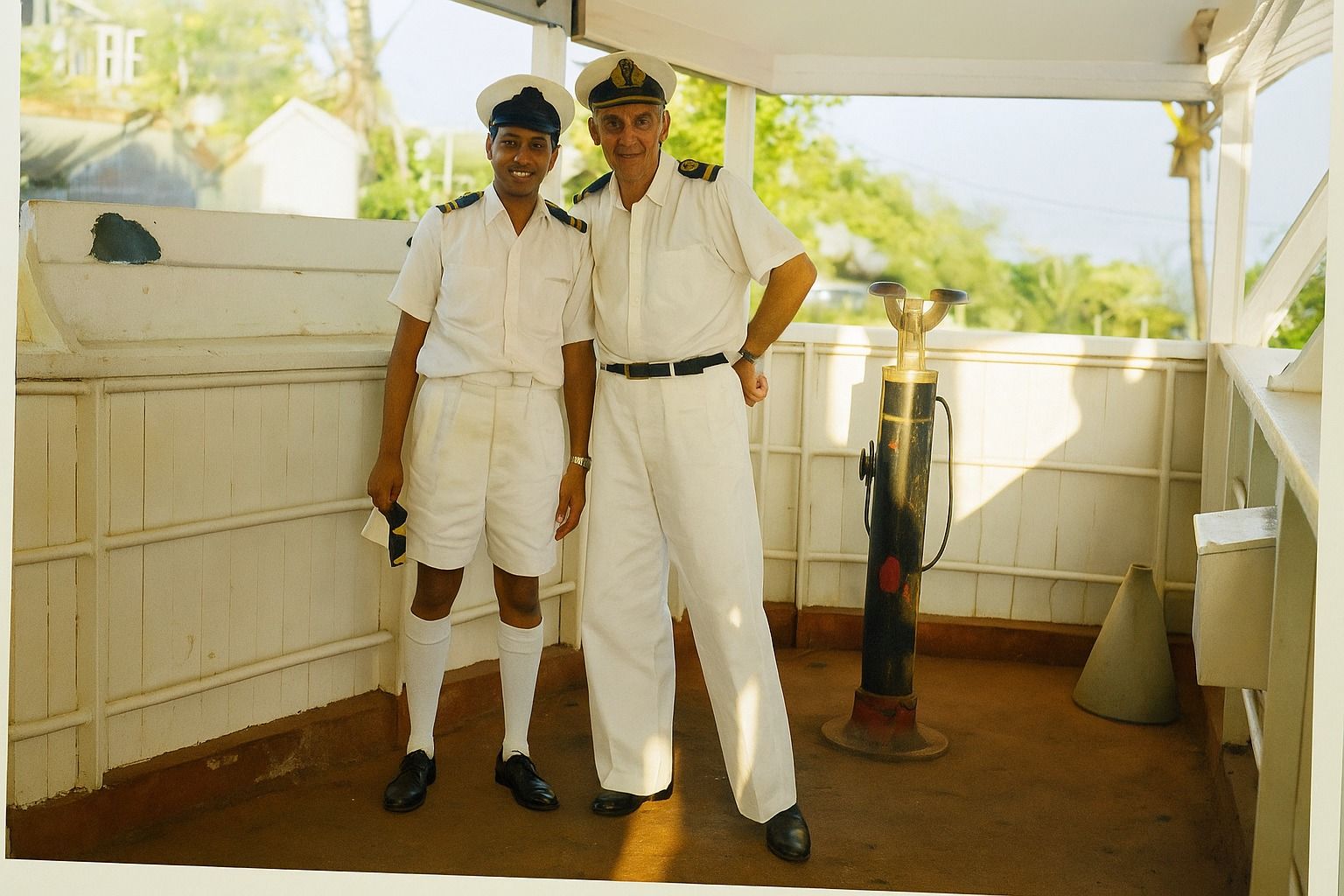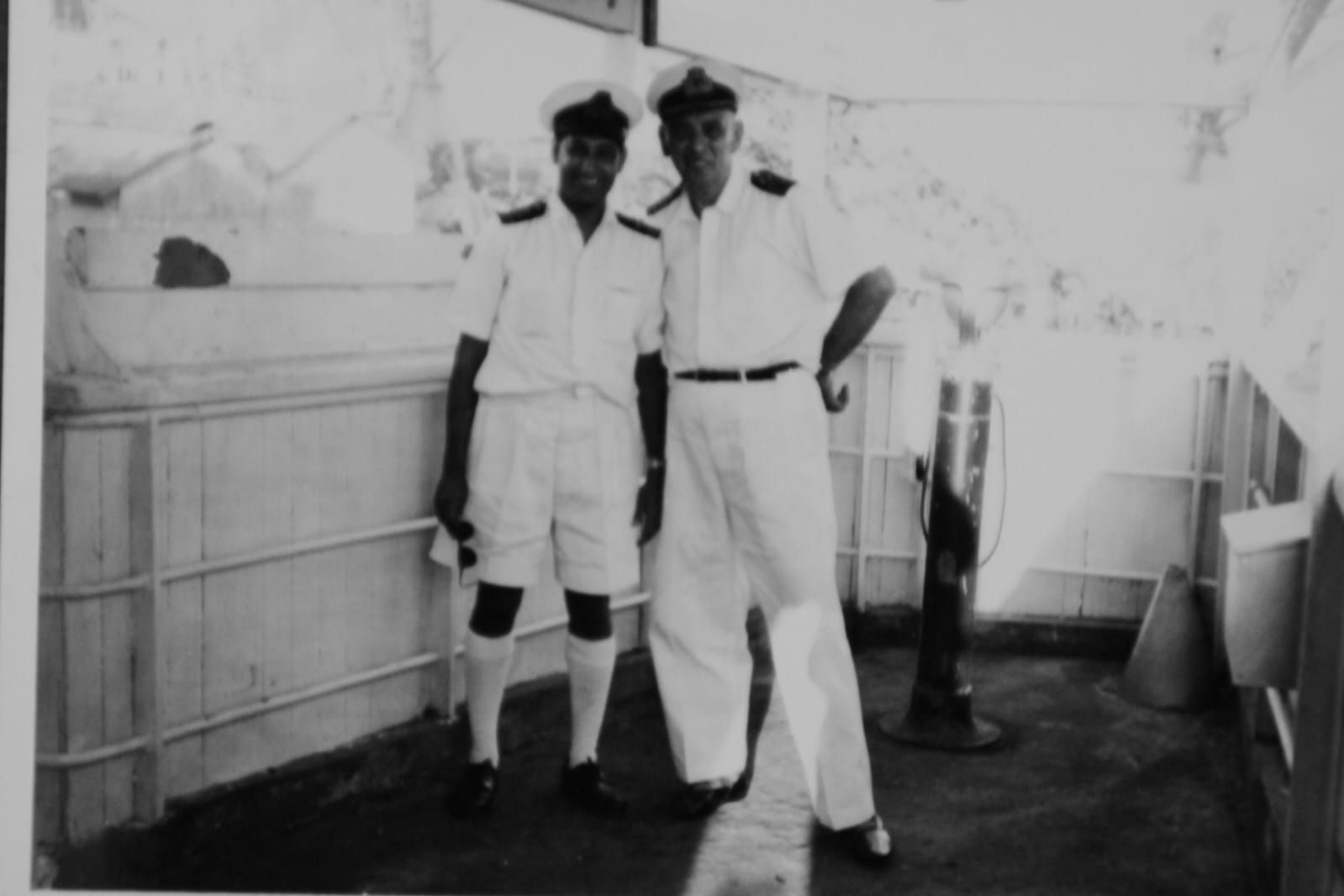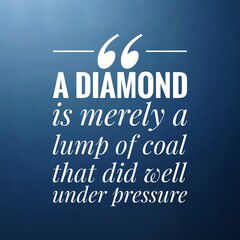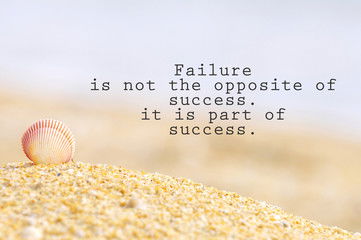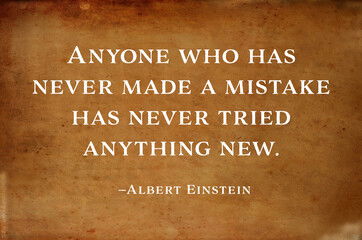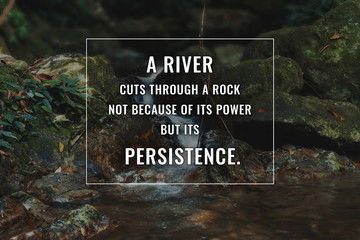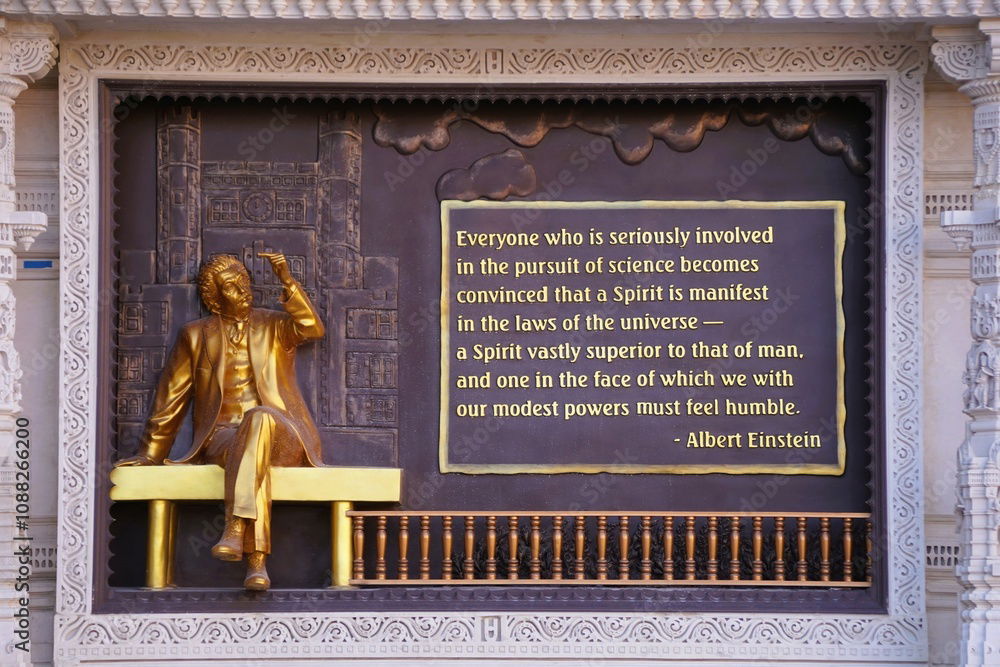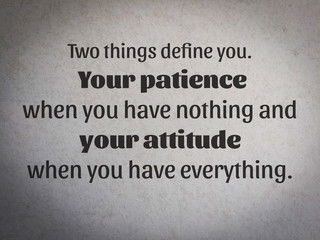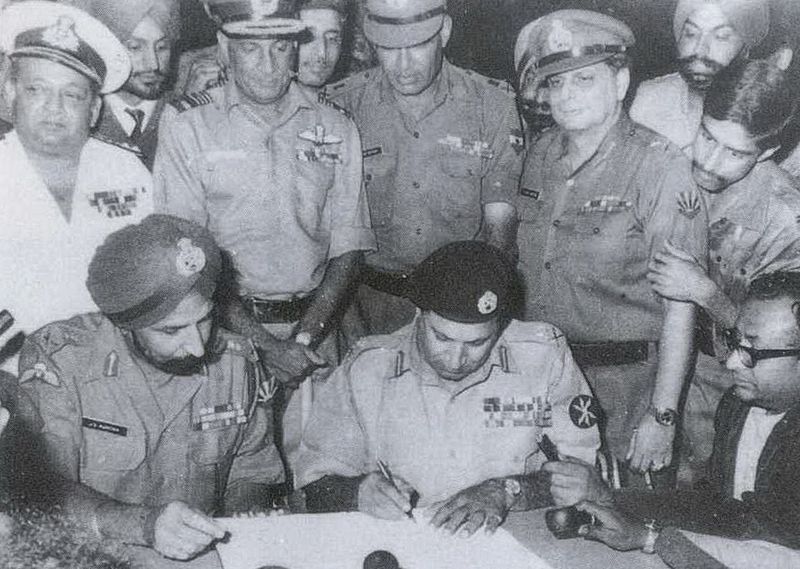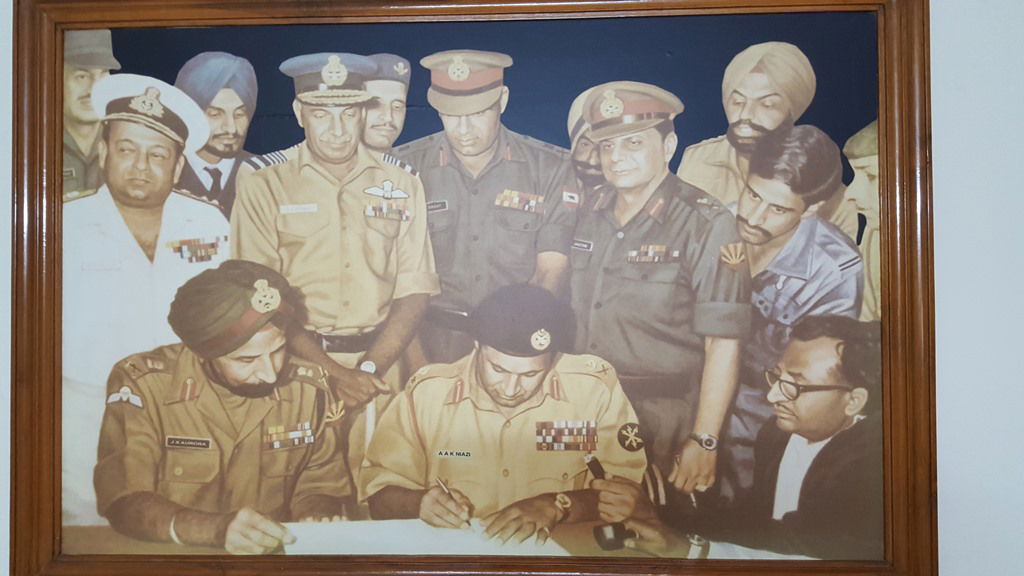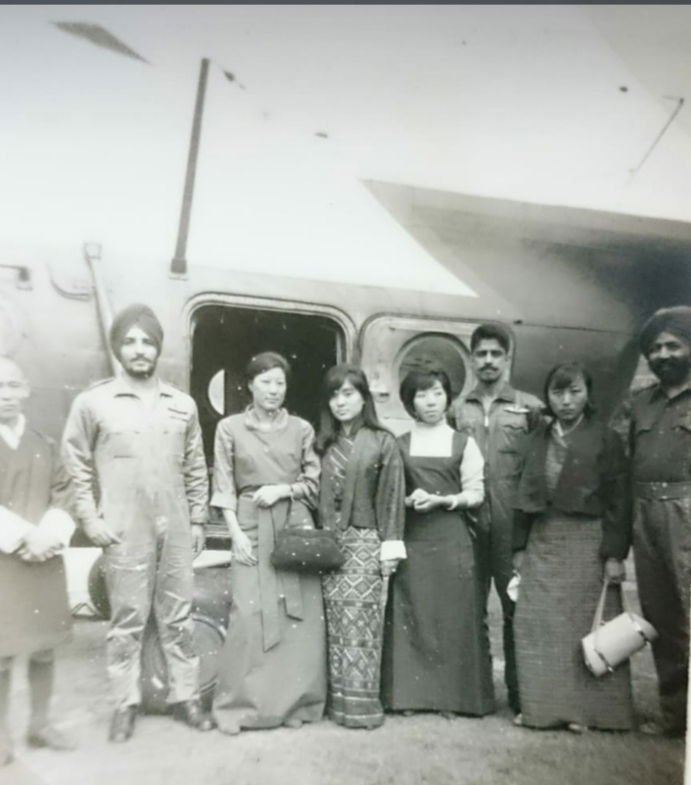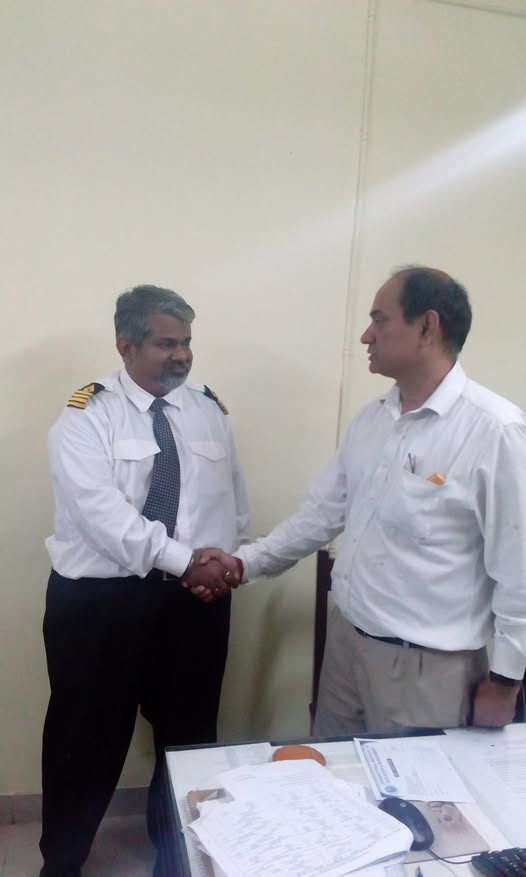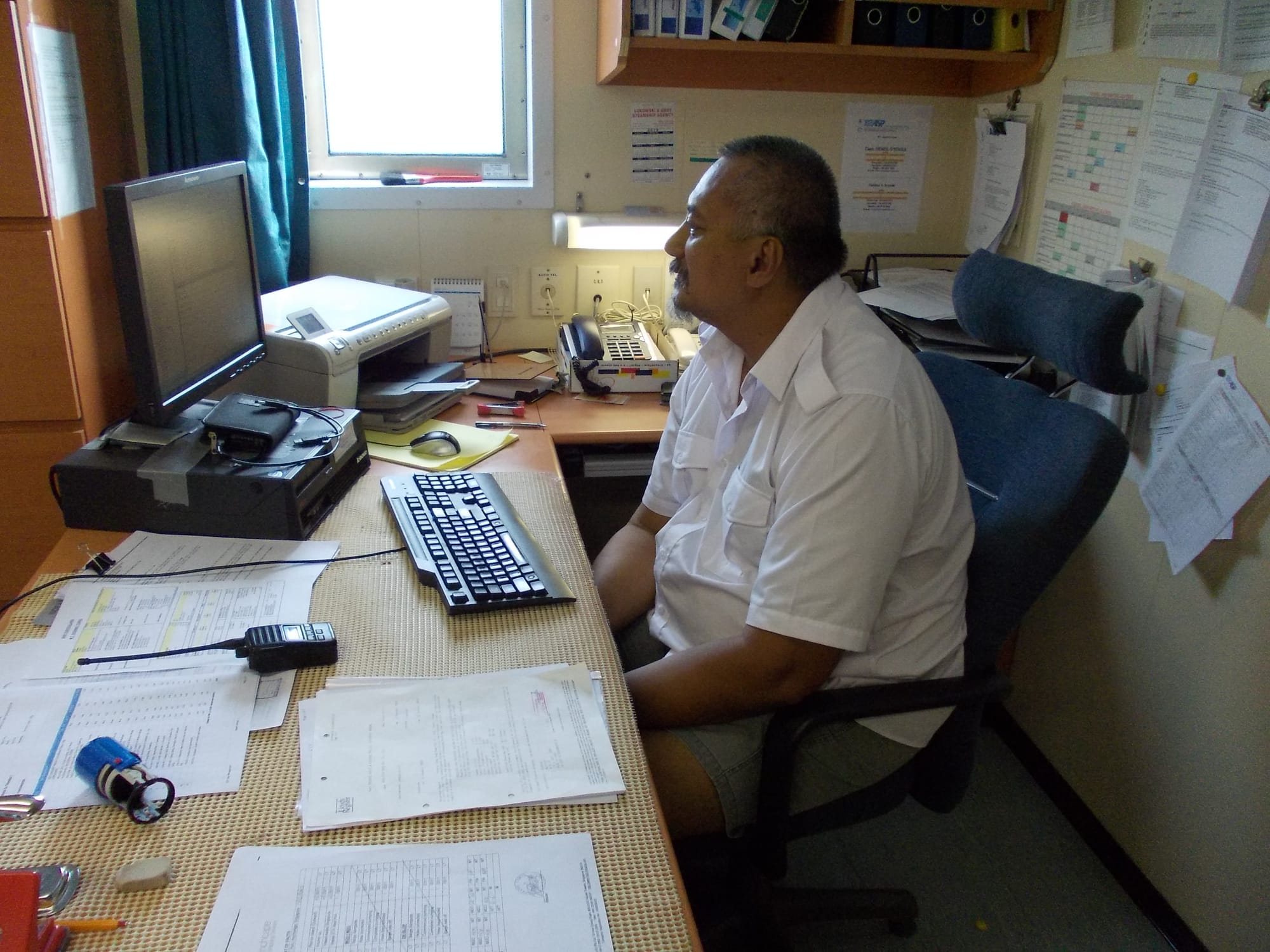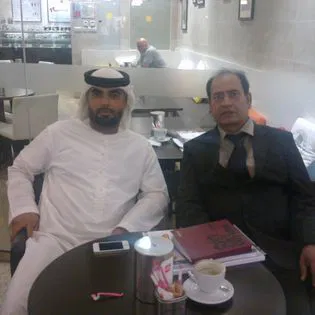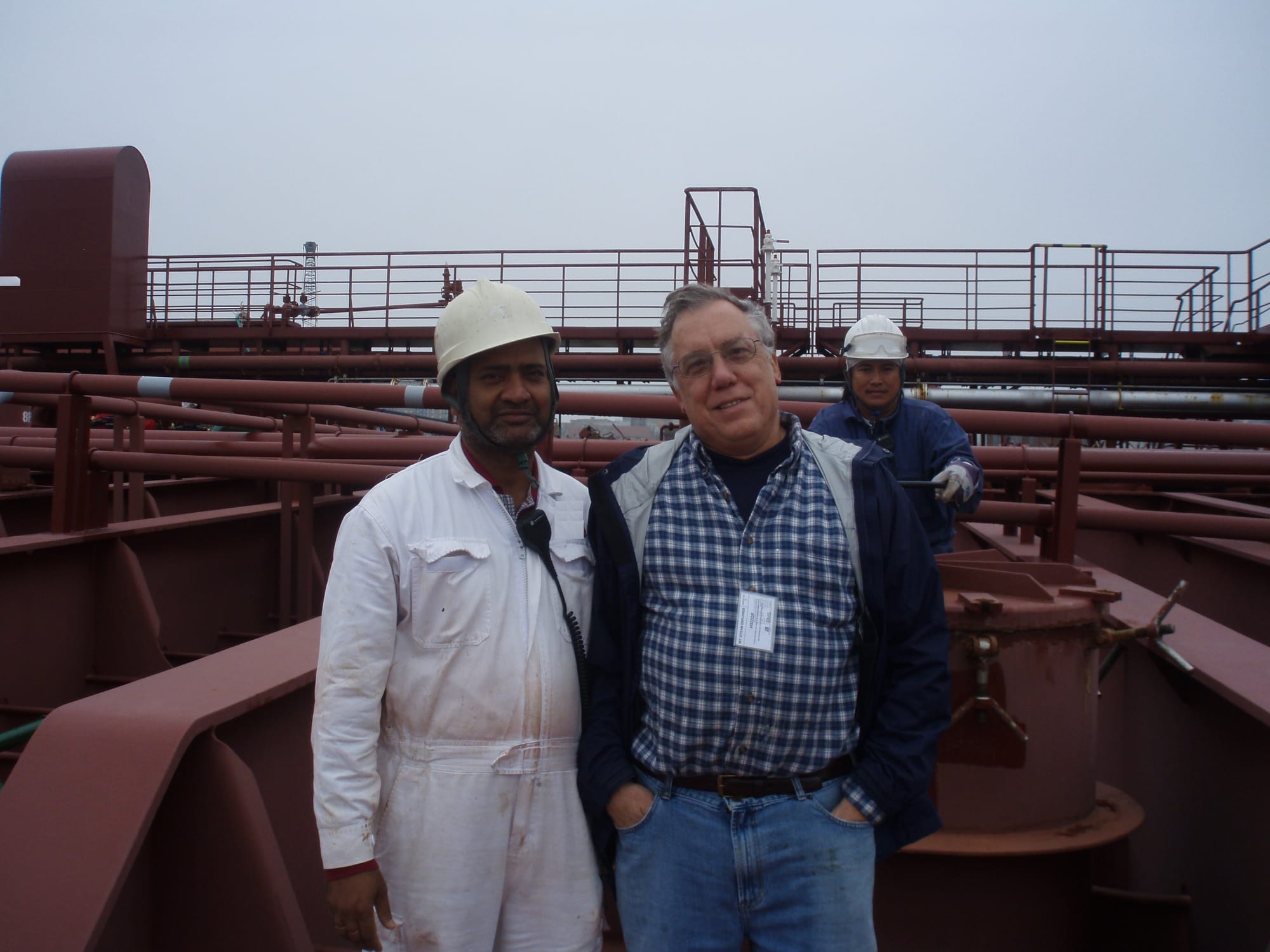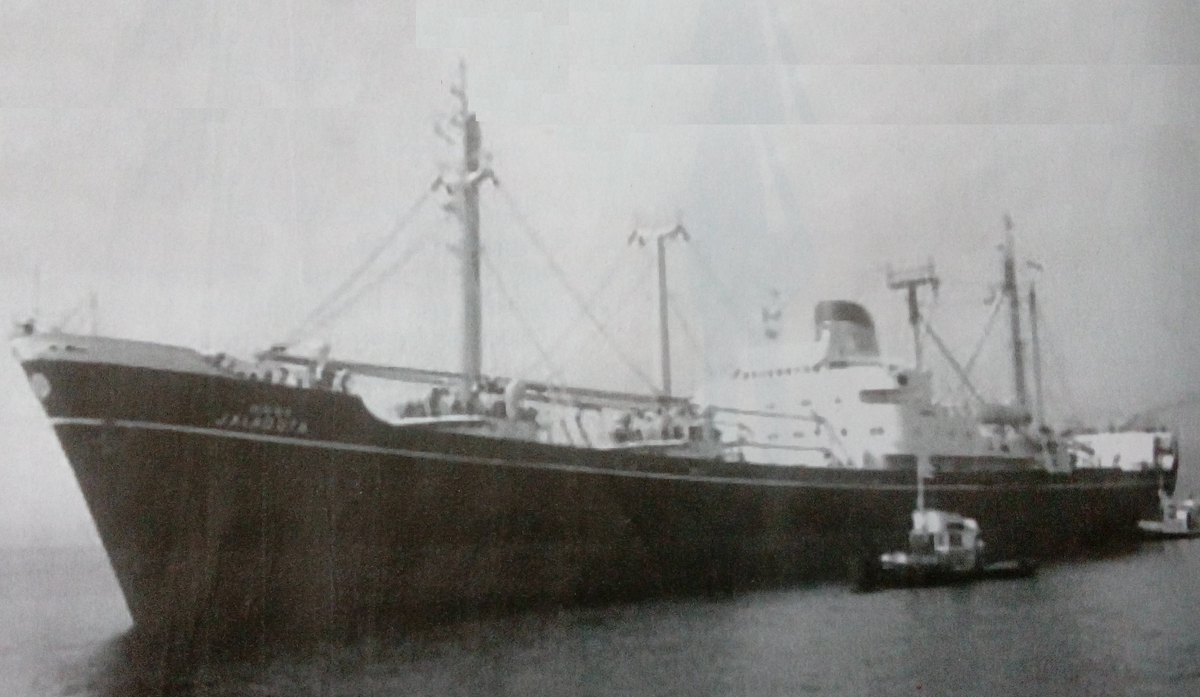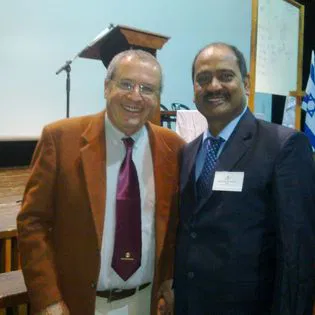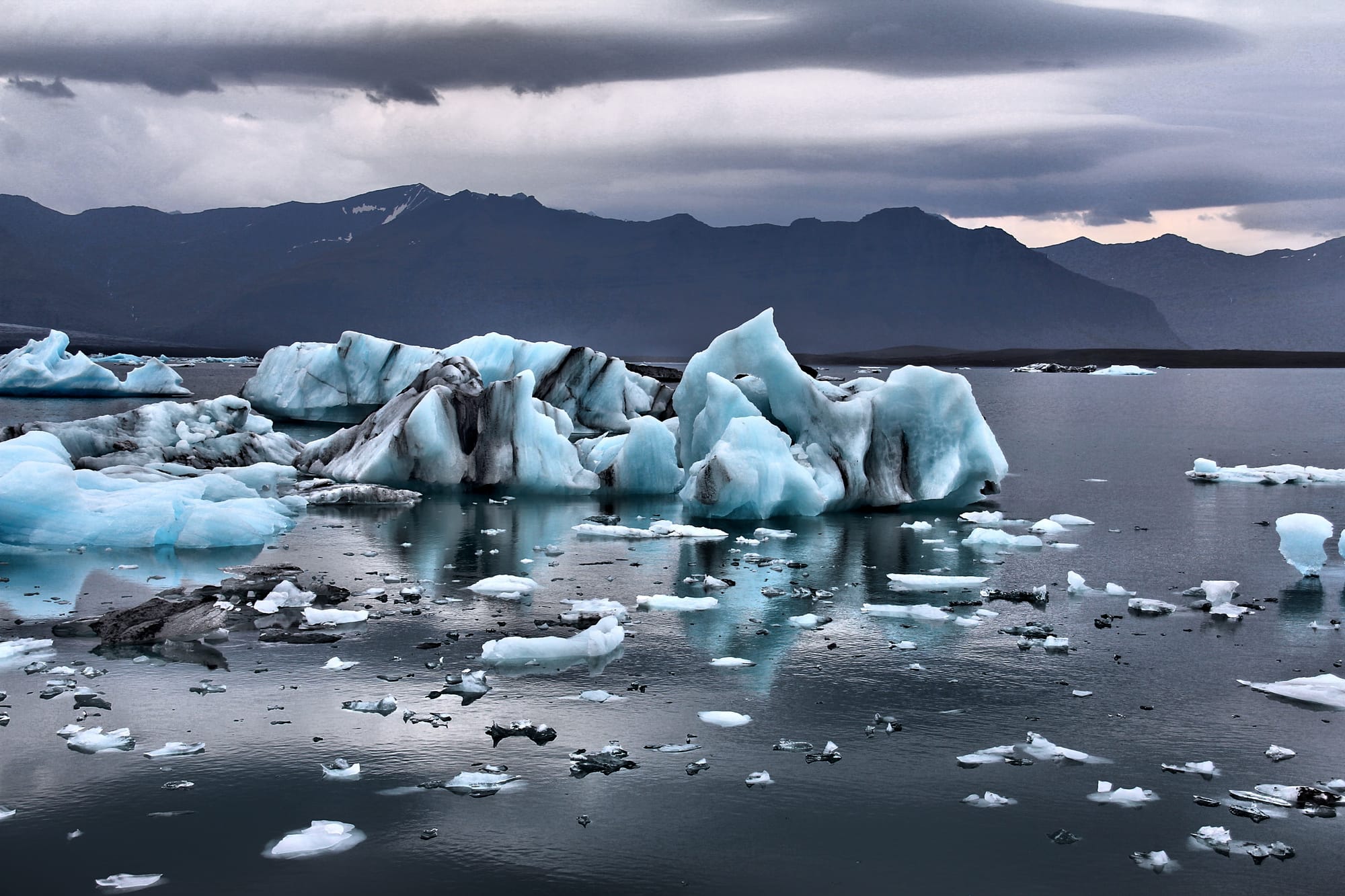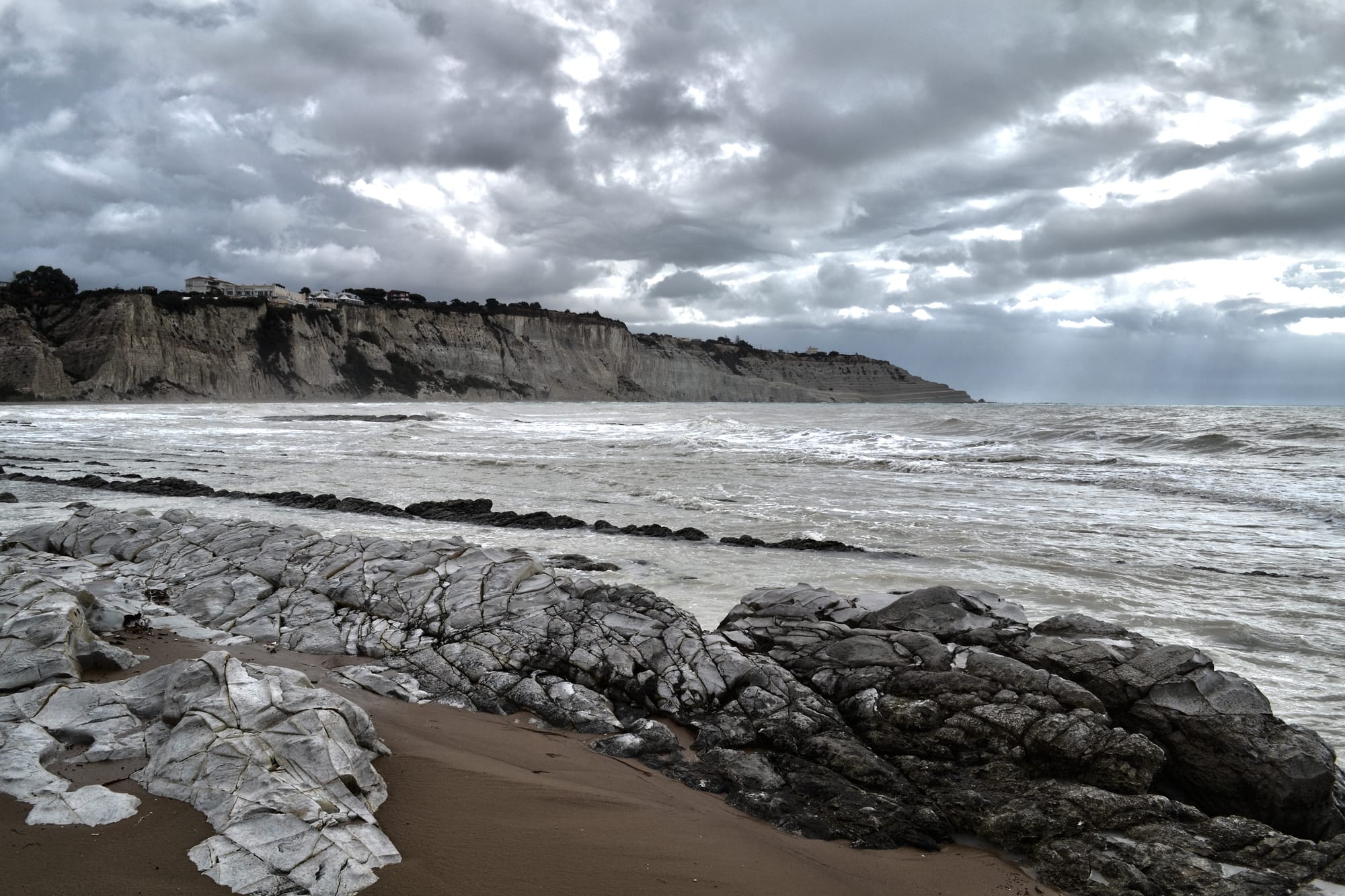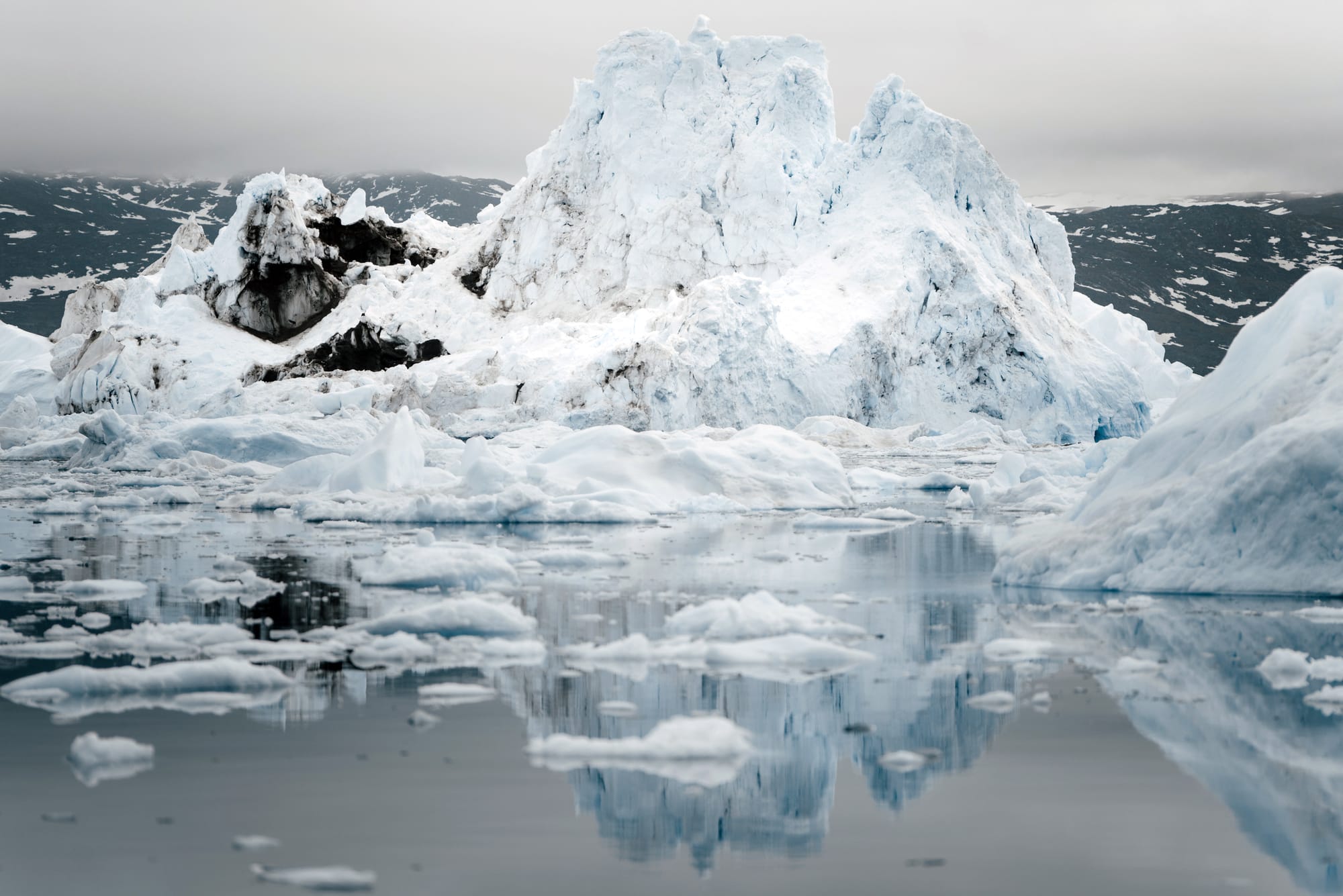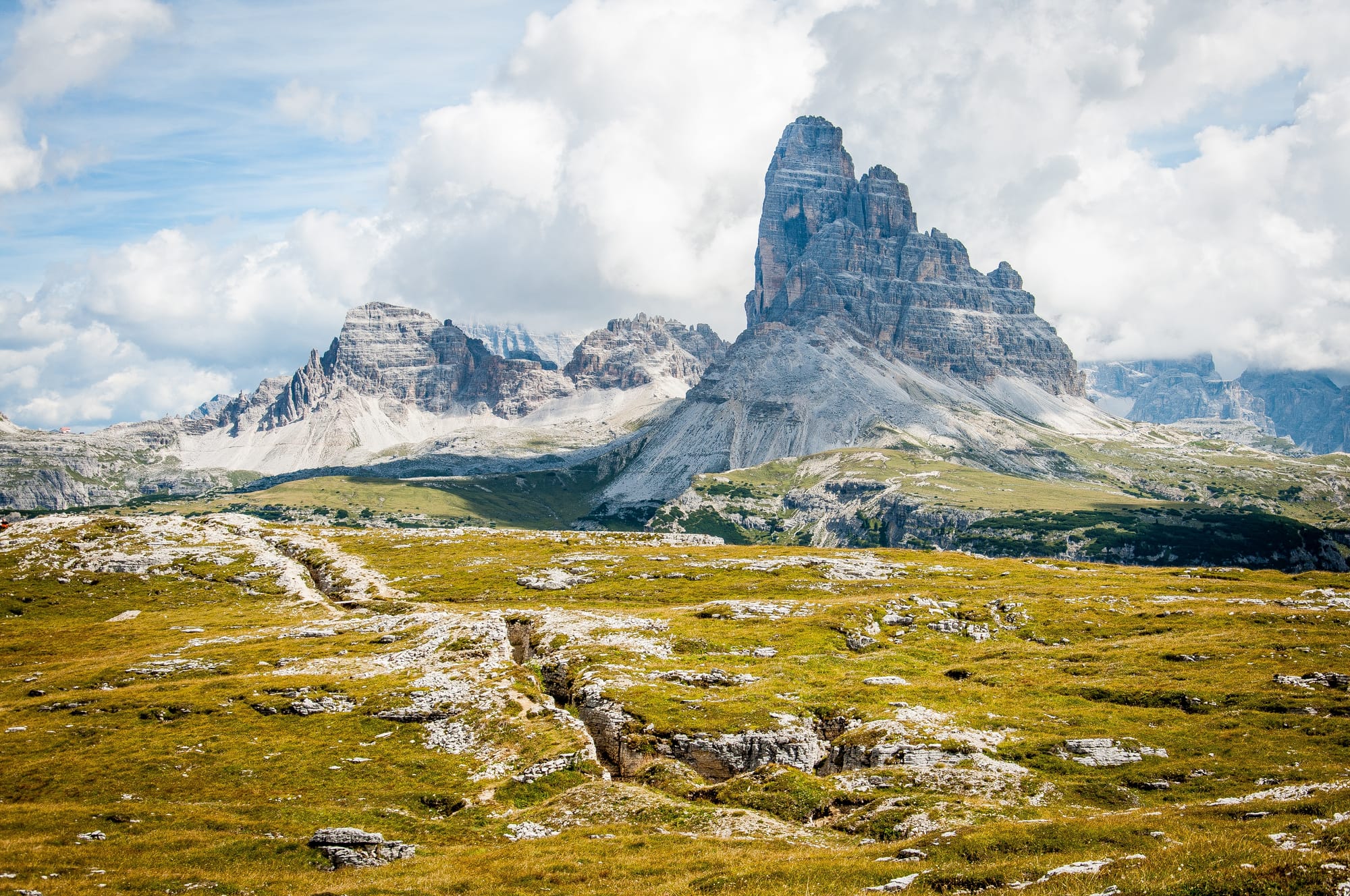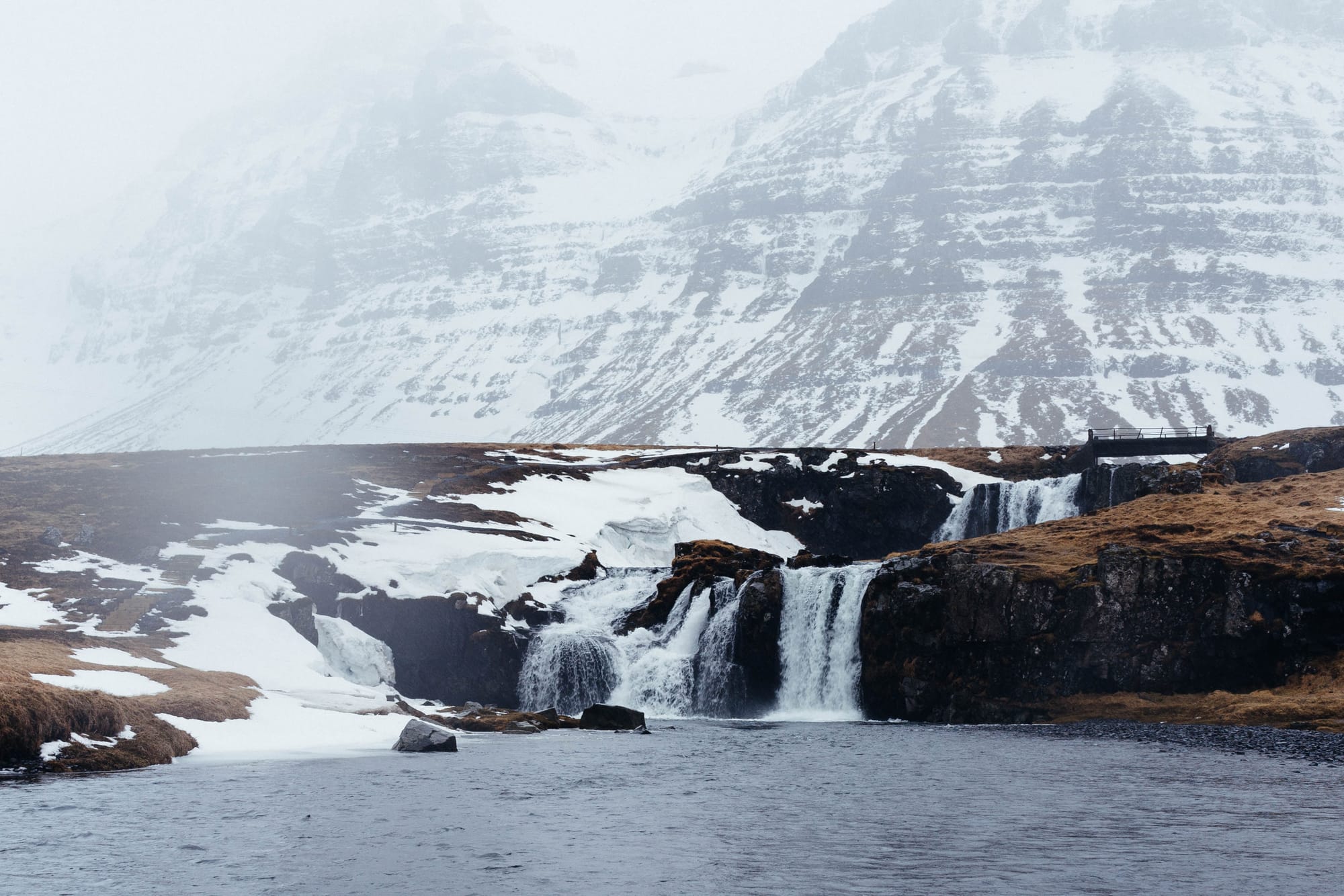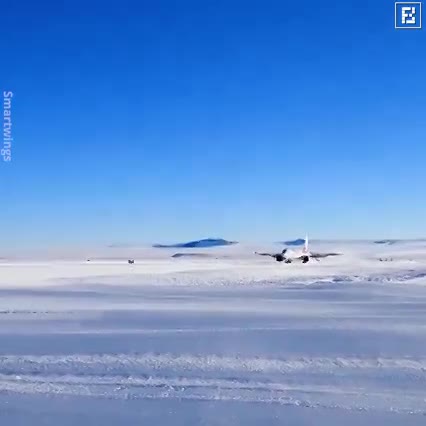Autonomous Shipping
Read MoreCLEANER TRANSPORTATION OF ENERGY
Assisting the mariners!
SCINDIA STEAM NAVIGATION COMPANY LIMITED
(An ISO 9001:2015 Company)
Is a public limited company based at Mumbai, Maharastra, India
The Corporate Identity Number of the company is U30111MH2023PLC402804
GST NO- 27ABKCS8102R1ZM
Domestic
Mumbai, Vasai, Kandla, Visakhapatnam, Mandasa, Bhubaneswar, Kolkata, Guwahati, Sribhumi
International
London, Newyork, Haifa, Dubai, Singapore, Ho Chi MIn City, Manila, Hongkong
SOON OPENING IN NORTH WEST EUROPE (The Netherlands)
MOTTO-Integrity Through Transparency!
Our Daily Work Philosophy is - "WITH"
We
Integrity
Team
Help
We work with integrity as team and help one another at work place-
Capt.Srinivas Susarla
(We use in house developed E & P software by Capt Susarla Srinivas to measure the parameters)
About

It was a sense of Professionalism combined with telling concern for the demise of several Shipping companies that were established in the country over the years. As the nation commemorates 75th year of its independence. We are trying to rebuild the same old sprit that were evident in the shipping activities of yore, with same values that were cherished by the original founders in India, for a sustainable growth with a different approach.
At SCINDIAS and under the guidance of our Mentors and Gurus we intent to focus on R & D and carry forward the development of several newer technologies many of which are connected to Shipping Industry. We have over 100 technologies that will be patented and developed under the guidance of our mentors in the future.
Our Shipping and Maritime activities are at the core and forefront of all our activities. We have a Physical Library with a good collection of books in several languages.
Scindia is a flat horizontal organization with no hierarchy. Scindia does not seek status. For us the name 'SCINDIA" is enough to carry forward the legacy in spirit and action.
Scindia is not faceless. Our actions speak for our works. All our key people have a significant stature in professional and Social structure and they are universally respected.
OWNERS
OUR INSPIRATION
IS A SHIPPING COMPANY BASED AT MUMBAI, INDIA
The Corporate Identity Number of the company is U30111MH2023PLC402804
OUR HOMAGE

We pay homage to Smt.Sumati Morarjee, also known as the first woman of Indian shipping, She is credited to have become the first woman in the world to head an organization of ship owners, the Indian National Steamship Owners Association which has been traditionally a male bastion then.
The 'Mother of Indian Shipping' was a close friend of Mahatma Gandhi, and single-handedly managed a fleet of 43 ships and over 6000 employees! at one point of time.
Awards-
in 1971 She was bestowed upon with the nation's 2nd highest civilian award "The Padma Vibhushan" in recognition of her contribution and services to the nation.
Quotes-
- If the importance of proper education is understood and proper knowledge is imparted to every child from childhood without any gender discrimination, then definitely the development of the society and the country will reach the highest peak.
- It is not purely for business motives that we today concentrate on shipping..…....We did business in merchandise for centuries, but our most precious cargo has been ideas of universal brotherhood and deep spirituality….reiterates one of Smt.Sumati’s most famous quotes. Smt.Sumati Morarjee
Our company has instituted a public memorial award in her Honour. Every year We celebrate 13 March as "Gender Equality Day" and 27 June as "Sadbhavna Divas".
QUALITY AT SCINDIA
"Quality is Never an accident. Every Drop of Sweat & Each act of Labour is Invested to win
Your Trust in our Quality".
“Quality means doing it right when no one is looking.”
“Quality is always the result of high intention, sincere effort, intelligent direction and skillful execution; it represents the wise choice of many alternatives.”
"Quality is not a destination, But continuous process to do better for tomorrow"
OWNERS
OUR VALUES
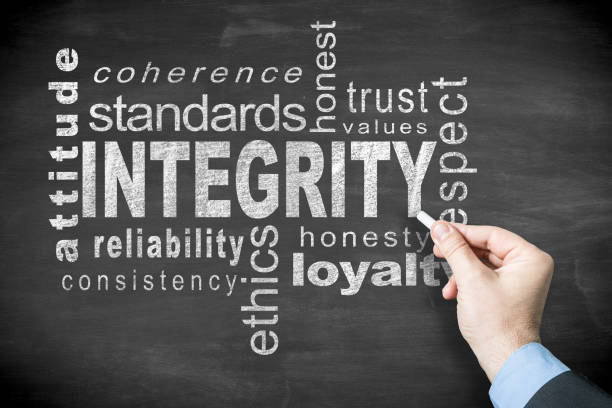
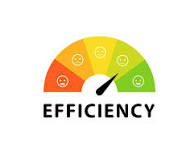

Our commitment to deliver our best is reflected in our core values of Integrity, Efficiency, Customer Satisfaction and, Professionalism.
Integrity: We walk the talk. We believe in building long lasting relationship with our clients and business partners through trust and openness.
Efficiency: We consistently seek more efficient and effective ways to meet our client needs.
Professionalism: Being professional is a fundamental rule that we adhere to in everything we do. We believe client confidence is built upon our service standard, and service standard is a reflection on our professionalism.
Customer Satisfaction: Customers are key to our success. Positive in our attitude and flexible in our approach has kept our business sustainable over the years, and for us, to meet the changing needs of our clients.
OWNERS
OUR GLOBAL TEAM & WORK CULTURE



At Scindia we believe that our global workforce is company's real asset. We believe that each member of our workforce is naturally talented, which is God given and from birth. Some develop through their self initiative and some through the opportunities that are available, given or created & developed to assist them in being able to recognizing their own true potential and developing that which puts them on the peddle of growth trajectory.
With Scindia its no more the culture where people are stranded, no one taking care, left abandoned etc. At Scindia we are working and developing certain projects where there will be a provision for universal Pension, Healthcare, Old age care, without requiring any financial contributions by the seafarer's. (T&C) apply.
Our workforce do exhibit qualities that form the core of their self, which defines them & it includes but not limited to being Disciplined, Dedicated, Determined and Focused on Development.
Needless to say they are very Sincere, Obedient, Responsible, Honest and Focused.
If you call us and find no response, be assured we are either attending to our customer's request and we will respond to your call at the earliest we could.
All our team members are used to working long hours at a stretch without complain, priority being completing the task at hand. Without compromising their Work & Rest hours. We assist them.
We have adopted and are guided by the following Quote which is our Motto also
"A customer is the most important person in our Organization. He is not an interruption to our work, he is the purpose of it. He is not an outsider in our organisation, he is a part of it. We are not doing a favour by serving him, he is doing us a favour by giving us an opportunity to do sp."
Mahatma Gandhi, India
In general we regret that we can not supply any crew at short notice to our customers. The preparation time with SCINDIA requires at least minimum of one month to six months to cater to any such request. Because we believe in training train the crew "The Scindia Way" and adopting to the owner's request.
SCINDIA is an organization for Global Workforce to Grow and prosper with into the future.
OWNERS
Creating employment opportunity for a predominantly seafaring community was phase two.
The Company is a commercial entity. It has to carry out its operations to generate profits to fulfill its responsibility to all stakeholders. But its activities are carried out in the society and it owes to the society for its business prosperity. While carrying out its activities, Company is duty bound to ensure that its products and services serve the best interests of the society. Company has approved a policy for Sustainable Development, which ensures that Company's activities are conducive to sustainable social welfare. In addition to this, Company has to directly participate in social activities to help the development of specific areas/segments.
SCINDIA recognizes that environmental, social, and governance (ESG) aspects are essential for ensuring a sustainable long-term business. To proactively add value, lower risk and enhance sustainability in our existing and new projects, SCINDIA has developed this Environmental, Social, and Governance Management System (ESG-MS) document to integrate ESG across our operations. This document outlines ESG management principles for SCINDIA and guides the management of ESG risks and opportunities within our operations.
ESG POLICY
Statement of Intent SCINDIA ESG Policy fortifies our commitment to sustainable power generation while protecting the environment enabling societal good and adhering to good corporate governance standards. We shall ensure that our stakeholders are guided by an effective ESG framework across all business operations. We shall promote transparency and accountability on ESG-related matters through periodic reporting and disclosures.
Our Commitment to ESG
SCINDIA is committed to provide clean and affordable energy in a responsible and sustainable manner. SCINDIA believes that management of environmental, social, and governance (ESG) considerations across its business operations can create long-term sustainable value for all stakeholders.
Chairman
MENTORS
LEADERSHIP
Cdr (Retd) Sulakshan.K.SHARMA
Dr. ADV. CA.Rajendran Rambhadran
Wing Cdr (Retd) Capt.Sundram Krishnamurthy
Capt.Ashok Mohapatra
Capt.Shankar Anant Sawant
Capt.Yateenkumar Pandurang Deulkar
Prof.Dr.Sangeeta Dhamdhere
Lt. Col (Retd) Suresh Dharnia
Directors
EXECUTIVE MANAGEMENT
COMMERCIAL MANAGEMENT
OUR GLOBAL REPRESENTATIVES
J.D.Narayan
Rotterdam & North West Europe
PSM, UAE
Dubai & Middle East, Group Company
Mr.Anirudha H
Colombo, Sri Lanka
Smart Management Limited
Hongkong SAR, China
TECHNOLOGIES AT SCINDIA

We are in the process of patenting some of them and making the final products through our R&D team and also in collaboration with some prominent institutions.of our country & abroad.
These developments will be undertaken under our group entities namely
"'Nizam Technologies",
"Kanhoji Angre Research Maritime Academy"
"Shlok Swadeshi Udyog" a MSME enterprise
We believe in 'Make in India' principle.
ENERGY GAS TRADE SOLUTIONS & SERVICES
Gas Trade Consultancy
Learn MoreEducation & Training
अज्ञान तिमिरान्धस्य ज्ञानाञ्जन शलाकया । चक्षुरुन्मीलितं येन तस्मै श्री गुरवे नमः ॥ In Sanskrit
Learn MoreTRADING
Learn MoreGas Terminals Management & Operations
Boot Projects
Project Management
Services
EDUCATION & TRAINING
अज्ञान तिमिरान्धस्य ज्ञानाञ्जन शलाकया । चक्षुरुन्मीलितं येन तस्मै श्री गुरवे नमः ॥ In Sanskrit
Learn MoreSOCIO MEDICAL SERVICES
We work with patients and their families in need of psychosocial help.
Learn MoreCOMMODITIES
We deal in Energy,Metal Livestock & Meat and Agricultural products.
TRADING
We are engaged in Export and Import of various items from several countries. We also trade over the counter at exchanges.
PORT MANAGEMENT & OPERATIONS
PUBLIC PRIVATE PARTNERSHIP
BOOT PROJECTS
PROJECT MANAGEMENT
professional Services
Multiport Vessel Attendance
Blending Supervision
STS (Ship to Ship) Operations
Floating Storage Operations
Terminal Operations / Inventory Control
Due Diligence Inspections
Owner's Representation
Claim Investigation
Vessel Tank Cleaning
Pipeline Transfers
Cargo Quality Issues
Pollution Safety Advisors
MARINE SALVAGE & ENGINEERS
Ships's Salvage
Under Water Welding & Cutting
Maintenance of Ship's & Harbour Works
Laying of Pipeline & in the River and Sea including Repairs
Dredging Dams Harbor & River Beds
Underwater Survey & Inspections
Underwater Video & Still Photography
Demolition Painting of Masonry Dams Upstream Face
Underwater Grouting with Polymerizes Cement & Epoxy Based Materials
Sinking of Casing Wells & Foundation of Jetties and Bridges
Block Placing Construction of Jetty, Wharfs
Underwater Concreting & Repairing Old Structures
Underwater Hull Cleaning
Bathimetric & Hydrographic Surveys
design retrofit and conversion
Propulsion Systems
Vessel Conversions & Sustainable Option
Special Projects Marine Solutions
Designing of Marine Crafts
We have n house R & D and design team. Currently company's new projects are designed in house
Floating Energy Power station
Mobile Marine Workshops
Research
Maritime Cyber Risk, Autonomous Shipping and E-Navigation
Read MoreReducing Exhaust Gas Emissions GHG, NOx, SOx, PMs
Read MoreAutonomous and Remotely controlled vessels (Law issues, maintainability, Reliability, Safety and Security)
Read MoreWind energy as renewable energy source (Wave Current, Tidal salinity are no effective alternative till now).
Read MoreDigitisation, big data, digital twins development for all processes.
Read MoreReducing sea pollutions (Oily waters, sewage waters, ballast waters)
Read MoreTerrorism, Piracy and cyber security prevention and protection
Read MoreIncreasing Load capacities of the ships and its impact on CII with respect to types of fuel used
Read MoreChallenges and opportunities
Read MoreDHI ADHYAYANA
A VEDIC LEARNING METHODOLOGY,TECHNIQUE & PHILOSOPHY INVENTED AND PRACTICED BY THE FOUNDER OF THE TRUST.
DHI ADHYAYANA-
Its a Unique way of imparting the knowledge through Vedic style which incorporates in its methodology elements of 'understanding', 'reflection', 'religious thought', 'mind', 'design', 'intelligence', 'opinion', 'meditation', 'imagination', 'notion', and 'intellect'.
Having the insight Knowledge that is inspiring and awakening which allows us to be discussed for creating a Apêksh (Hope).
By discussing with the concepts of desires and wishes, that is Be-jod (Unique) and Navapravartana (innovative), having a Drishti (Vision) that leads to a Udayana (conclusion), through Preran ban kar (becoming motivated) and presenting reason or reasoning, that is positive leads to success, knowledge & Prosperity in a unique way.
By adopting innovation that has a vision leading to conclusion through motivation and empowering, takes us to the path of progress and through practice leads us into the path of Moksha or the Ultimate.
Meaning of Dhi and Adhyayana
The word अध्यापन Adhyāpana is a causal word of अध्ययन Adhyayana which in Sanskrit usually means learning or reading or studying. The distinctiveness of this word is that it not only refers to learning or reading or studying but it explains what exactly is meant by learning. It incorporates in it GYANAM (Sanskrit word meaning Knowledge), JAGRUT KARNE (Sanskrit word meaning Inspiring)
TRANSPORTATION RESEARCH BOARD Articles
Exploring Public Perception Toward Travel and COVID-19 Preventive Measures: Insights From the Early Stages of Lockdown in India
Read MoreLong-Term Traffic Forecast Using Neural Network and Seasonal Autoregressive Integrated Moving Average: Case of a Container Port
Read MoreQuantitative Assessment on Navigation Impact of the Controlled Waterway in the Upper Yangtze River Using Queuing Model
Read MoreFuzzy Multiple-Criteria Decision Making Based Evaluation of the Incident Analysis Forms Used in Internal Reporting Systems: A Case Study of Tanker Shipping Companies
Read MoreInter-Port Competition and Cooperation Under Different Market Environments
Read MoreNEW TECHNOLOGIES
Articles
Articles FOR MARINERS (SELF-HELP)
Online Courses (SCIENCES)
Online Courses (ENGINEERING)
Online Courses MEDICINE
Online Courses (MARINER'S SKILL DEVELOPMENT)
Online Courses (OFFSHORE)
Course Content
SCAFFOLDING
0 Lessons
Online Courses (SOFTSKILLS)
How can we help you?
- Scindia Steam Navigation Company Limited, Corporate Office-Level 4, Dynasty Business Park, A Wing, Andheri-Kurla Road, Andheri (East), Mumbai, Maharashtra, 400059, India
- Branches- Kolkata, Visakhapatnam, Mandasa, Bhubaneswar Rep Offices- Kandla, Kochi, Chennai. Kakinada
- +91-9979969554
- admin@scindiagroup.org
- 0900 AM to 1800 PM UTC (Mon-Friday)
We are seeking experienced crew, technical and management personnel. who have the courage and conviction to take responsibility for their actions and are accountable. Company has Zero tolerance policy towards Drug and Alcohol consumption. Kindly mail us your resume to be a part of our team.
Download App
This is the Download App tool. You can use it to let people download your app from online app services. To set the links for download, click on Edit and type the URLs for the desired app stores. You can also add a Description to your app. Now you can visualise the icons to the app stores on your new page.
Blog
MARITIME Forum
F.A.Q
What is effective date for implementation of EEDI, MARPOL-6, Phase 3 Requirements.
1. Fuel Sampling & Testing
2.Testing
Implementation date 01 APRIL 2022
Regulation 23,25,28
Implementation date 01 NOVEMBER 2022, Article 328/71
Carbon Intensity Indicator
CO2 EMMISION
CII = -----------------
TRANSPORT WORK
The CARBON INTENSITY INDICATOR (CII) is a measure of how efficiently a ship transports goods or passengers and is given in grams of CO2 emitted per cargo-Carrying capacity and nautical miles. Applies to ALL Ships above 5000 GRT of the following ship types: Bulk Carriers, Gas Carriers, Tankers, Container Ships, General cargo Vessels, Ro-Ro passenger vessels and cruise ships.
List of amendments expected to enter into force this year (2022) and in the coming years
Adopted by MEPC 75:
Amendments to BWM Convention
- Amendments to the International Convention for the Control and Management of Ships' Ballast Water and Sediments, 2004 (BWM Convention), concerning commissioning testing of ballast water management systems and the form of the International Ballast Water Management Certificate.
1 June 2022 - IMDG Code 40-20
Adopted by MSC 102:
- Amendments to the International Maritime Dangerous Goods Code (IMDG Code) (amendment 40-20) related to segregation requirements for alcoholates; segregation in relation to liquid organic substances; classification and transport of carbon, following incidents involving the spontaneous ignition of charcoal; classification of UN portable tanks for multimodal transport; and provisions for labels.
Adopted by MEPC 76
- Entry into force of Revised MARPOL Annex VI - including carbon intensity measures (requirements for ships to calculate their Energy Efficiency Existing Ship Index (EEXI) following technical means to improve their energy efficiency and to establish their annual operational carbon intensity indicator (CII) and CII rating - read more)
- Entry into force of amendments to MARPOL Annex I (addition of a new regulation 43A) to introduce a prohibition on the use and carriage for use as fuel of heavy fuel oil (HFO) by ships in Arctic waters on and after 1 July 2024. The prohibition will cover the use and carriage for use as fuel of oils having a density at 15°C higher than 900 kg/m3 or a kinematic viscosity at 50°C higher than 180 mm2/s. Ships engaged in securing the safety of ships, or in search and rescue operations, and ships dedicated to oil spill preparedness and response would be exempted. Ships which meet certain construction standards with regard to oil fuel tank protection would need to comply on and after 1 July 2029. A Party to MARPOL with a coastline bordering Arctic waters may temporarily waive the requirements for ships flying its flag while operating in waters subject to that Party's sovereignty or jurisdiction, up to 1 July 2029.
- Entry into force of amendments to MARPOL Annexes I and IV concerning the exemption of UNSP barges from survey and certification requirements. The amendment specifies that the Administration may exempt a UNSP barge from the annual survey and certification requirements, for a period not exceeding 5 years provided that the UNSP barge has undergone a survey to confirm that certain conditions are met. The amendments also provide the form for the International Oil Pollution Exemption Certificate for Unmanned Non-self-propelled Barges.
Entry into effect of carbon intensity measures including CII (read more)
- On or before 1 January 2023, the Ship Energy Efficiency Management Plan (SEEMP) shall include methodology for calculating the ship's attained annual operational CII and the required annual operational CII.
- Operational CII - After the end of calendar year 2023 and after the end of each following calendar year, each ship of 5,000 gross tonnage and above, shall calculate the attained annual operational CII over a 12-month period from 1 January to 31 December for the preceding calendar year.
- The Attained annual operational CII shall be documented and verified against the required annual operational CII to determine operational carbon intensity rating A, B, C, D or E, indicating a major superior, minor superior, moderate, minor inferior, or inferior performance level, either by the Administration or by any organization duly authorized by it.
- A ship rated D for 3 consecutive years or rated as E shall develop a plan of corrective actions to achieve the required annual operational CII.
Adopted by MSC 103:
- Amendments to International Convention on Standards of Training, Certification and Watchkeeping for Seafarers (STCW), adding the definition of "high-voltage" in STCW regulation I/1.
- Amendments to section A-I/1 of the STCW Code, including the capacity "electro-technical officer" in the definition of "operational level", as a consequential amendment to the introduction of this capacity as part of the 2010 Manila Amendments.
- Amendments to the International Code on the Enhanced Programme of Inspections during Surveys of Bulk Carriers and Oil Tankers, 2011 (ESP Code), relating to thickness measurements at the first renewal survey of double hull oil tanker.
Adopted by MEPC 76: AFS
- Amendments to the IMO Convention for the Control of Harmful Anti-fouling Systems on Ships (AFS Convention), to include controls on the biocide cybutryne. Ships shall not apply or re-apply anti-fouling systems containing this substance from 1 January 2023. Ships shall remove or apply a coating to AFS with this substance at the next scheduled renewal of the anti-fouling system after 1 January 2023, but no later than 60 months following the last application to the ship of an anti-fouling system containing cybutryne.
Adopted by MEPC 78:
- MARPOL Annex II, updating the abbreviated legend to the revised GESAMP Hazard Evaluation Procedure.
Adopted by MSC 105:
- Updates to the International Maritime Solid Bulk Cargoes (IMSBC) Code, to include new definitions (including an updated definition for group A cargoes), references and requirements for cargoes which may undergo dynamic separation. Section 7 will be amended to cover cargoes which may liquefy or undergo dynamic separation. The section aims to bring attention to the risks associated with liquefaction or dynamic separation and the precautions to minimize the risk. This follows research by the Global Bauxite Working Group, which identified a new phenomenon affecting some bauxite cargoes, known as dynamic separation, which can cause instability of cargo and ship. Other IMSBC Code amendments relate to updates to individual schedules and new individual schedules. Contracting Governments to the SOLAS Convention are invited to apply them from 1 January 2023 on a voluntary basis.
Adopted by MSC 105:
- Following a comprehensive review of the Global Maritime Distress and Safety System (GMDSS), the MSC adopted a set of amendments to complete the work on modernization of the GMDSS and to enable the future use of modern communication systems in the GMDSS whilst removing obsolete requirements. The amendments are expected to enter into force on 1 January 2024. They include amendments to SOLAS chapters II-1, III, IV and V, and the appendix (Certificates); the 1988 SOLAS Protocol; the 1994 and 2000 HSC Codes; the 1983 and 2008 SPS Codes; and the 1979, 1989 and 2009 MODU Codes. The MSC also adopted a substantial number of amendments or revisions to existing related resolutions and guidelines, including performance standards for relevant equipment. The amendments and related resolutions and guidelines were approved at the MSC 104 session.
Adopted by MSC 101:
- Amendments to the appendix to the annex to the 1974 SOLAS, concerning the addition of a footnote to Forms C, E and P in the Records of Equipment.
- Amendments to chapter 15 of the International Code for Fire Safety Systems (FSS Code), relating to inert gas systems.
- Amendments to parts A and A-1 of the International Code of Safety for Ships using Gases or other Low-flashpoint Fuels (IGF Code), including those relating to regulations on loading limit for liquefied gas fuel tanks, regulations for fuel distribution outside of machinery space, regulations for internal combustion engines of piston type and fire protection for fuel storage hold space; and amendments relating to the protection of the fuel supply for liquefied gas fuel tanks, aimed at preventing explosions.
- Amendments to chapters IV and VI of the International Life-Saving Appliance Code (LSA Code), relating to general requirements for lifeboats and launching and embarkation appliances.
- Amendments to chapter II-1 of the International Convention for the Safety of Life at Sea (SOLAS), related to towing and mooring. The amendments to SOLAS regulation II-1/3-8 (Towing and mooring equipment), require appropriate and safe-to-use designs of mooring arrangements, and introduce a maintenance and inspection regime, as well as proper documentation. Related guidelines were also adopted, covering the design of mooring arrangements and the selection of appropriate mooring equipment and fittings for safe mooring; and inspection and maintenance of mooring equipment including lines; as well as revised guidance on shipboard towing and mooring equipment.
- Amendments to parts B-1, B-2 and B-4 of SOLAS chapter II-1 related to watertight integrity requirements. The amendments are expected to enter into force on 1 January 2024.
- Amendments to the International Code of Safety for Ships using Gases or other Low-flashpoint Fuels (IGF Code), related to the fuel containment systems, fire safety, welding of metallic materials and non-destructive testing.
- Amendments to the International Code for the Construction and Equipment of Ships Carrying Liquefied Gases in Bulk (IGC Code), related to welding procedure tests for cargo tanks and process pressure vessels.
- New SOLAS regulation II-1/25-1, requiring water level detectors on multiple hold cargo ships other than bulk carriers and tankers.
- Amendments to SOLAS regulation III/33 and the LSA Code, aiming to remove the applicability of the requirements to launch free-fall lifeboats to test their strength with the ship making headway at speeds up to 5 knots in calm water on cargo ships of 20,000 GT and above.
- Chapter 9 of the International Code for Fire Safety Systems (FSS Code), relating to fault isolation requirements for individually identifiable fire detector systems installed, in lieu of section identifiable fire detector systems on cargo ships and passenger ship cabin balconies; and clarifying the acceptability of less complex and costly section identifiable fault isolation for individually identifiable fire detector system on cabin balconies; and clarifying the acceptability of less complex and costly section identifiable fault isolation for individually identifiable fire detector systems.
- A minor amendment to chapter II (Conditions of assignment of freeboard), as well as amendments to chapter III (Freeboards) of annex I (Regulations for determining load lines) of Annex B to the 1988 Load Lines Protocol, concerning watertight doors on cargo ships, and associated amendments concerning watertight doors on cargo ships to chapter 2 (Ship survival capability and location of cargo tanks) of the International Code of the Construction and Equipment of Ships Carrying Liquefied Gases in Bulk (IGC Code).
- Updates to the International Maritime Dangerous Goods (IMDG) Code, in line with the updates to the United Nations Recommendations on the Transport of Dangerous Goods, which set the recommendations for all transport modes. Contracting Governments to the SOLAS Convention are invited to apply the amendments from 1 January 2023 on a voluntary basis.
Adopted by MEPC 78:
- MARPOL Annex I in relation to watertight doors.
Adopted by MEPC 76
- Entry into effect of amendments to MARPOL Annex I (addition of a new regulation 43A) to introduce a prohibition on the use and carriage for use as fuel of heavy fuel oil (HFO) by ships in Arctic waters on and after 1 July 2024. The prohibition will cover the use and carriage for use as fuel of oils having a density at 15°C higher than 900 kg/m3 or a kinematic viscosity at 50°C higher than 180 mm2/s. Ships engaged in securing the safety of ships, or in search and rescue operations, and ships dedicated to oil spill preparedness and response would be exempted. Ships which meet certain construction standards with regard to oil fuel tank protection would need to comply on and after 1 July 2029. A Party to MARPOL with a coastline bordering Arctic waters may temporarily waive the requirements for ships flying its flag while operating in waters subject to that Party's sovereignty or jurisdiction, up to 1 July 2029.
1 July 2024 - IBC Code Adopted by MEPC 78:
- Amendements to International Code for the Construction and Equipment of Ships Carrying Dangerous Chemicals in Bulk (IBC Code) related to watertight doors
Conventions
List of Conventions Status of Conventions Action Dates
What is Navigational Skills assessment Program
What are the findings of Certifying Navigational Skills: A Video-based Study on Assessments in Simulated Environments
What is MEOSAR
How many MEOSAR satellites are there?
| Number of active satellites | 17/24 | 2/24 |
| Number of orbital planes | 6 | 3 |
| Orbital inclination | 55º | 64º |
| Orbital altitude | 20,180 km | 19,140 km |
Is MEOSAR operational?
SEEMP (Ship Energy Efficiency Management Plan)
Energy Efficiency Operational Indicator (EEOI)
The Ship Energy Efficiency Management Plan (SEEMP) is an operational measure that establishes a mechanism to improve the energy efficiency of a ship in a cost-effective manner.
IS 'ALARP' is enough in Management of & Risk assessment on board a vessel?
ALARP, or ALARA, is a principle in the regulation and management of safety-critical and safety-involved systems. The principle is that the residual risk shall be reduced as far as reasonably practicable. In UK and NZ Health and Safety law, it is equivalent to SFAIRP.
Testimonials
Press
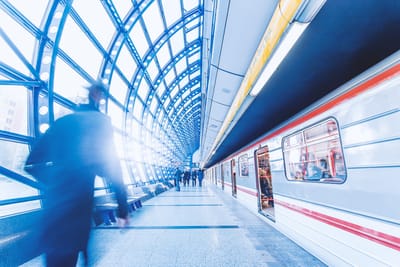
First Press Release
The "Scindia Steam Navigation Company Limited" is a Public Limited Company formed at Mumbai, India The Corporate Identity Number of the company is U30111MH2023PLC402804
Read More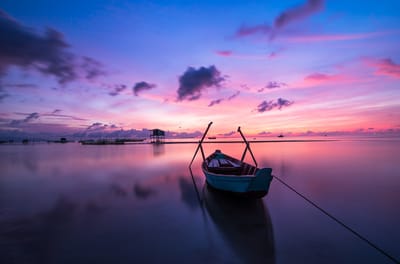
Second Press Release
The company commences Preliminary discussion for construction of its first craft .
Read More
Third Press Release
The First board Meeting is scheduled for 24th May 2023 at Mumbai.
Read MoreBoard Meeting of the company
Appointment of Auditor
Read More
Webinar Guidance on Career in Defense- By CDR (Retd) Sulakshan Kumar
Webinar Guidance on Career in Defense- By CDR (Retd) Sulakshan Kumar On 30 May 2025 at 1800 Hrs. All Are Welcome and Entry Free
Read MoreRelease of Scindia Company Newsletter June 2025 edition
Scindia newsletter is published quaterly.
Read MoreISO 9001:2015 QMS Audit by TNV
Company Audit was conducted doe Quality Management System of the company.
Read More
Sad Demise Capt.A.Puranik
We announce the Sad demise of our Colleague Capt.A.Puranik. May his Soul rest in peace!
Read MoreInstitution of Award
Company has Instituted an award "Sumati Morarjee Memorial award" & Scholarships.
Read MoreBoard Meeting Appointment of Directors & Institution of Awards and Scholarships.
Appointment of directors & Institution of Awards and Scholarships. To celebrate 13 March Every year as "Gender Equality Day" and 27 June as "Sadbhavna Divas".
Read More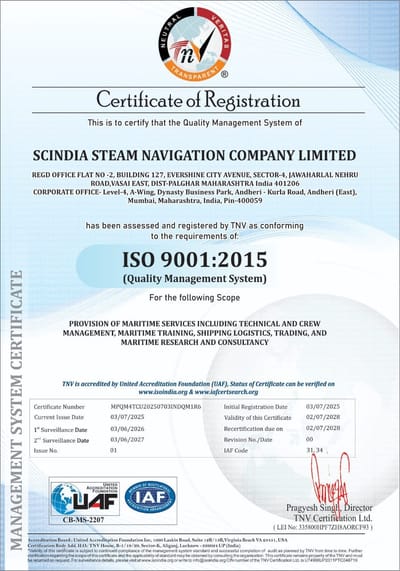
ISO 9001:2015 to Scindia For Quality Management System by TNV
Company was issued the ISO 9001:2015 certification for its Quality Management System by TNV
Read MoreJobs
Arts & Festivals
The Mukteswar Dance Festival and the International Odissi Dance Festival are two prominent events celebrating Odissi dance in Bhubaneswar, Odisha. The Mukteswar Dance Festival is held at the Mukteswar Temple, while the International Odissi Dance Festival takes place at Rabindra Mandap. Both festivals feature performances by renowned Odissi dancers from India and abroad.
The 74th Dover Lane Music Conference is expected to take place in January 2026 in Kolkata, India.
The 74th Dover Lane Music Conference is expected to take place in January 2026 in Kolkata, India.
Khajuraho Dance Festival, a renowned cultural event held annually in Khajuraho, Madhya Pradesh. It's a celebration of Indian classical dance forms, with performances set against the backdrop of the beautifully illuminated Khajuraho Group of Monuments.
The Kallepalli Pushkara festival, also known as Kallepalli Pushkaralu, is a Hindu festival dedicated to the worship of rivers. It is part of the larger Pushkaram (or Pushkaralu) festival, which celebrates the 12 major rivers of India. Each river is associated with a zodiac sign, and the festival for a particular river is held when the planet Jupiter (Brihaspati) is in that sign. The Kallepalli Pushkaram, specifically, is associated with the Godavari River.
The Pushkar Brahma festivals are primarily centered around Kartik Purnima, the full moon day in the Hindu month of Kartik (October-November), and the Pushkar Camel Fair, which coincides with this religious festival. During Kartik Purnima, thousands of pilgrims visit Pushkar to take a holy dip in Pushkar Lake and worship at the Brahma Temple. The Pushkar Camel Fair, a large cattle fair, also takes place at this time, attracting tourists and traders from all over. The Pushkar Mela (also known as the Pushkar Camel Fair) in 2025 will be held from October 30 to November 5. This aligns with the Kartik Purnima, the full moon day in the Hindu month of Kartik, which is considered an auspicious time for a holy dip in Pushkar Lake.
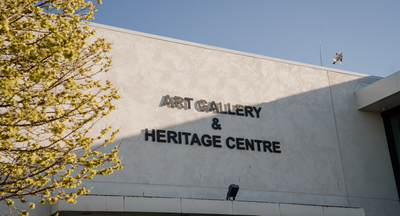
AN APPEAL
If you are were ex Scindia Member and were associated with them in manner and you have any Object of historical, scientific,artistic or cultural interest and that you would like to donate or to be exhibited. Please contact us. We would be very glad to receive such an items and duly display them at the centre. A due acknowledgement letter will be issued.

